OSAKA (for KYOTO)
Osaka is a major port in southeast Japan and the gateway to the former capital Kyoto.
First we visited the Shinto shrine of Fushimi Inari Taisha, then the Ryoanji Temple, site of Japan's most famous rock garden. After a lovely Japanese lunch and visit to a kimono shop, we visited the UNESCO listed Kiyomizudera Buddhist Temple.
Fushimi Inari Shrine
Fushimi Inari Shrine (Fushimi Inari Taisha) is an important Shinto shrine in southern Kyoto It is famous for its thousands of vermilion Torii gates, which straddle a network of trails behind its main buildings. The trails lead into the wooded forest of the sacred Mount Inari, which stands at 233 meters and belongs to the shrine grounds.
Fushimi Inari is the most important of several thousands of shrines dedicated to Inari, the Shinto god of rice. Foxes are thought to be Inari's messengers, resulting in many fox statues across the shrine grounds. Fushimi Inari Shrine has ancient origins, predating the capital's move to Kyoto in 794.

At Osaka we were greeted by the sight of a large Ferris wheel.
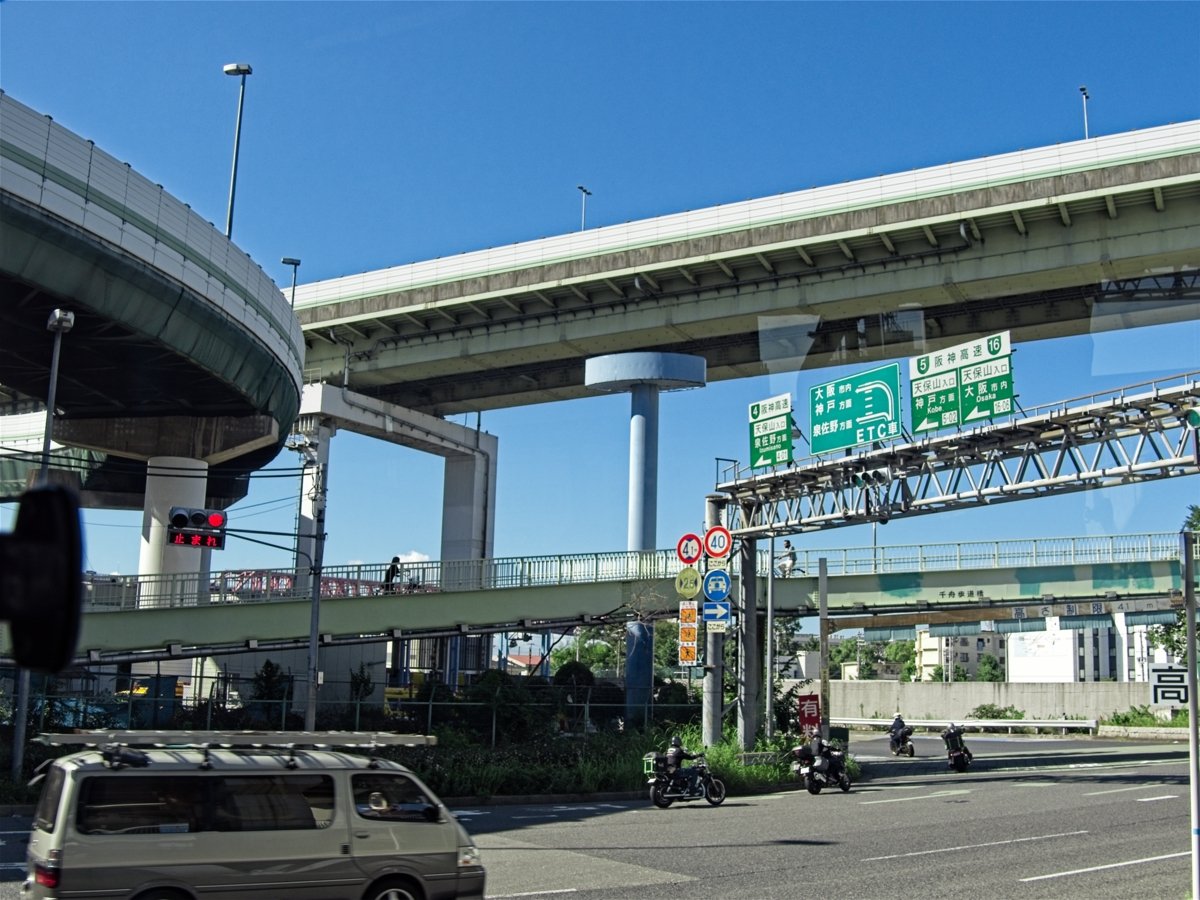
Complicated road junction in Osaka
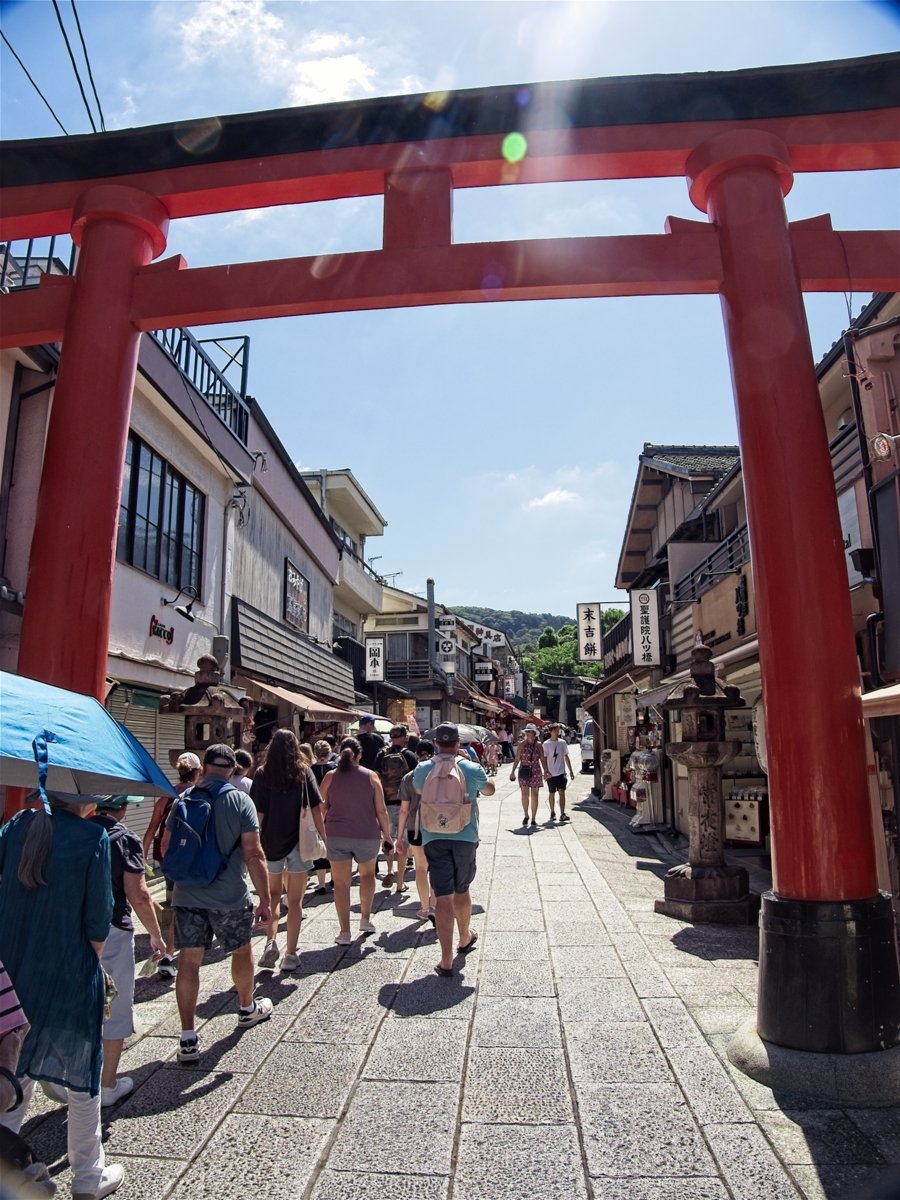
The main street leading to Fushimi Inari Shrine
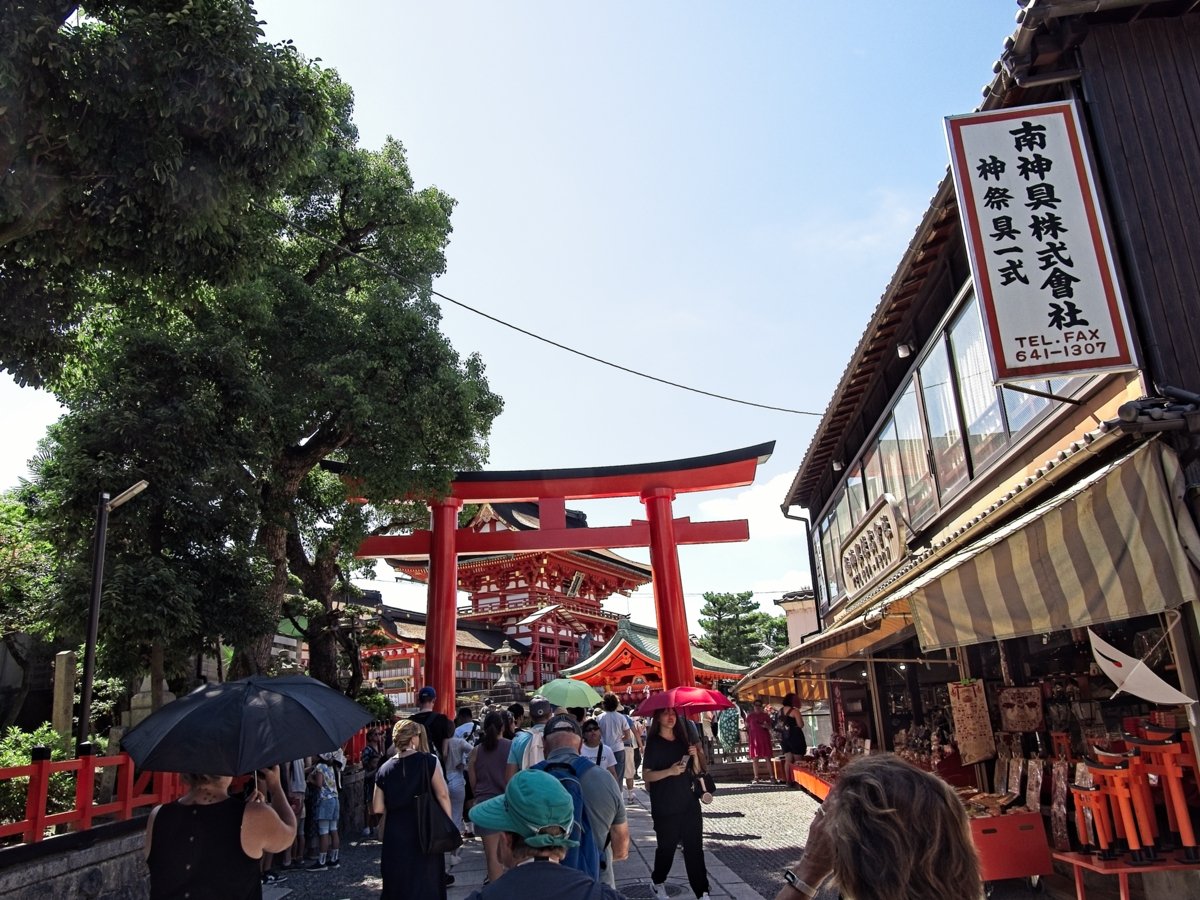

Tori gate at the shrine

Main pavilion

Fox guardian


Traditional dress
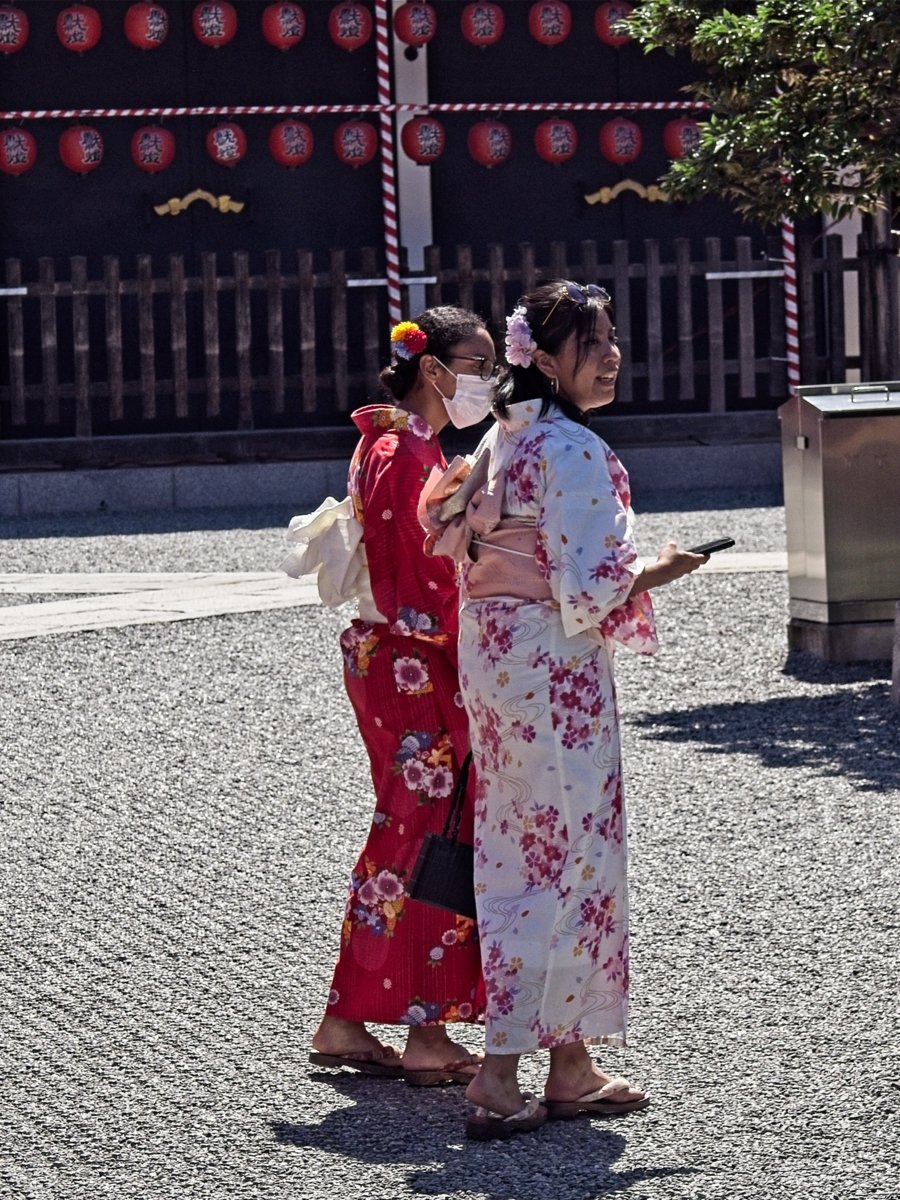

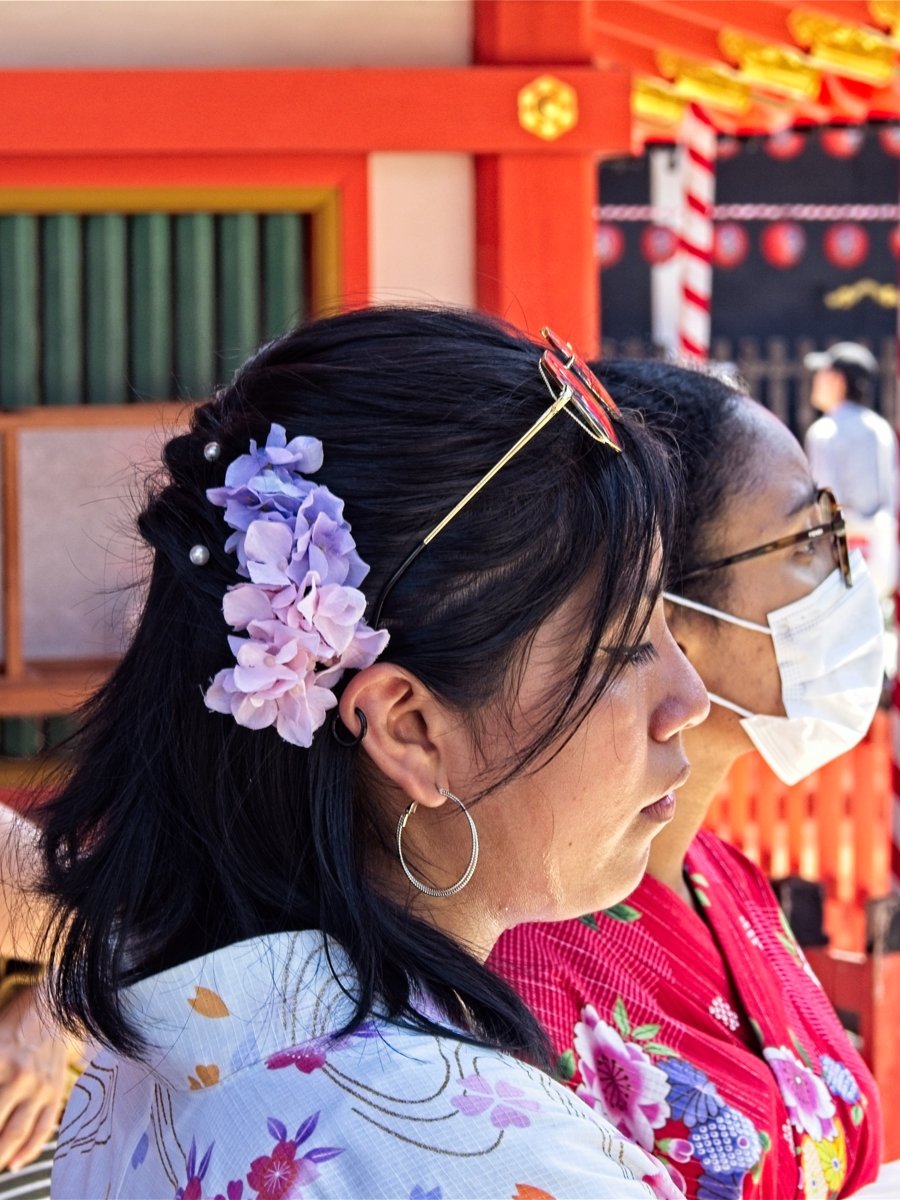
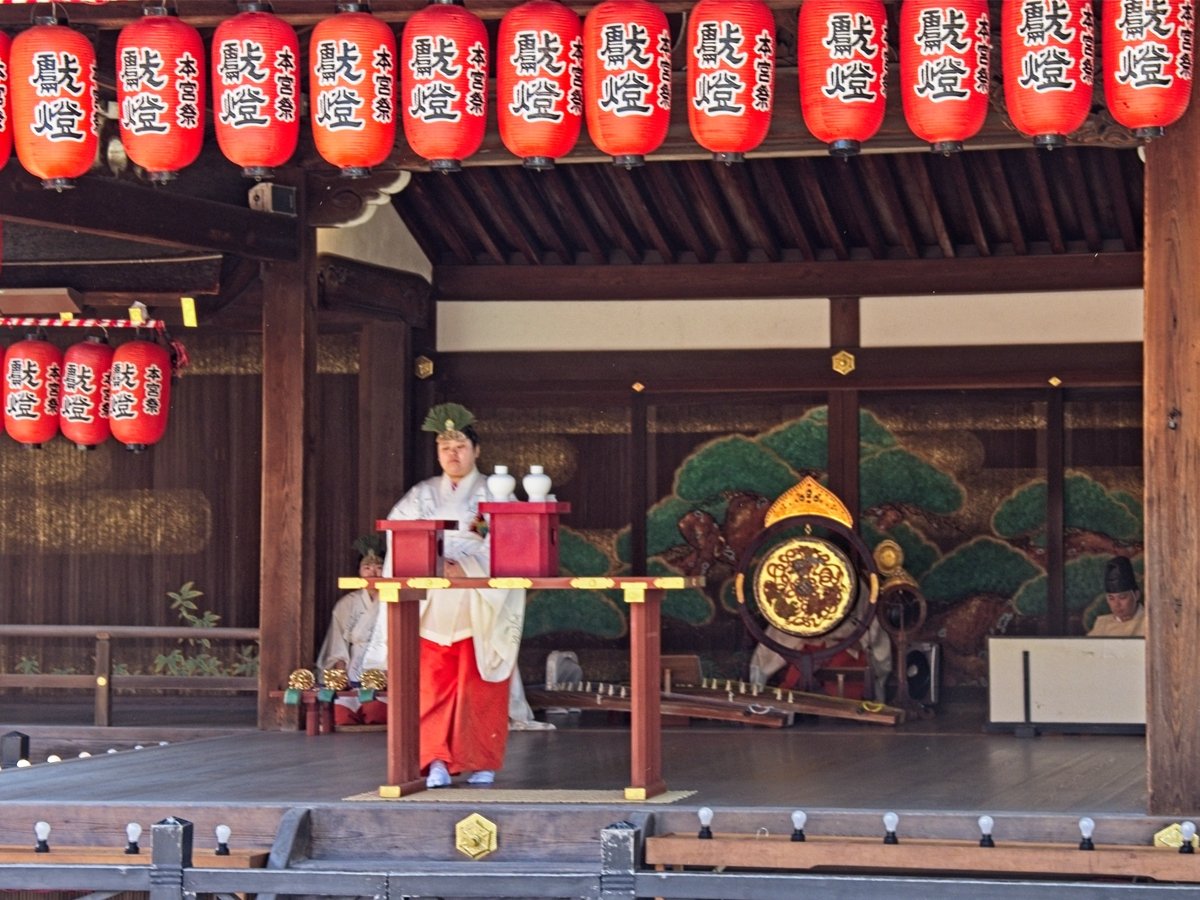
Religious ceremony
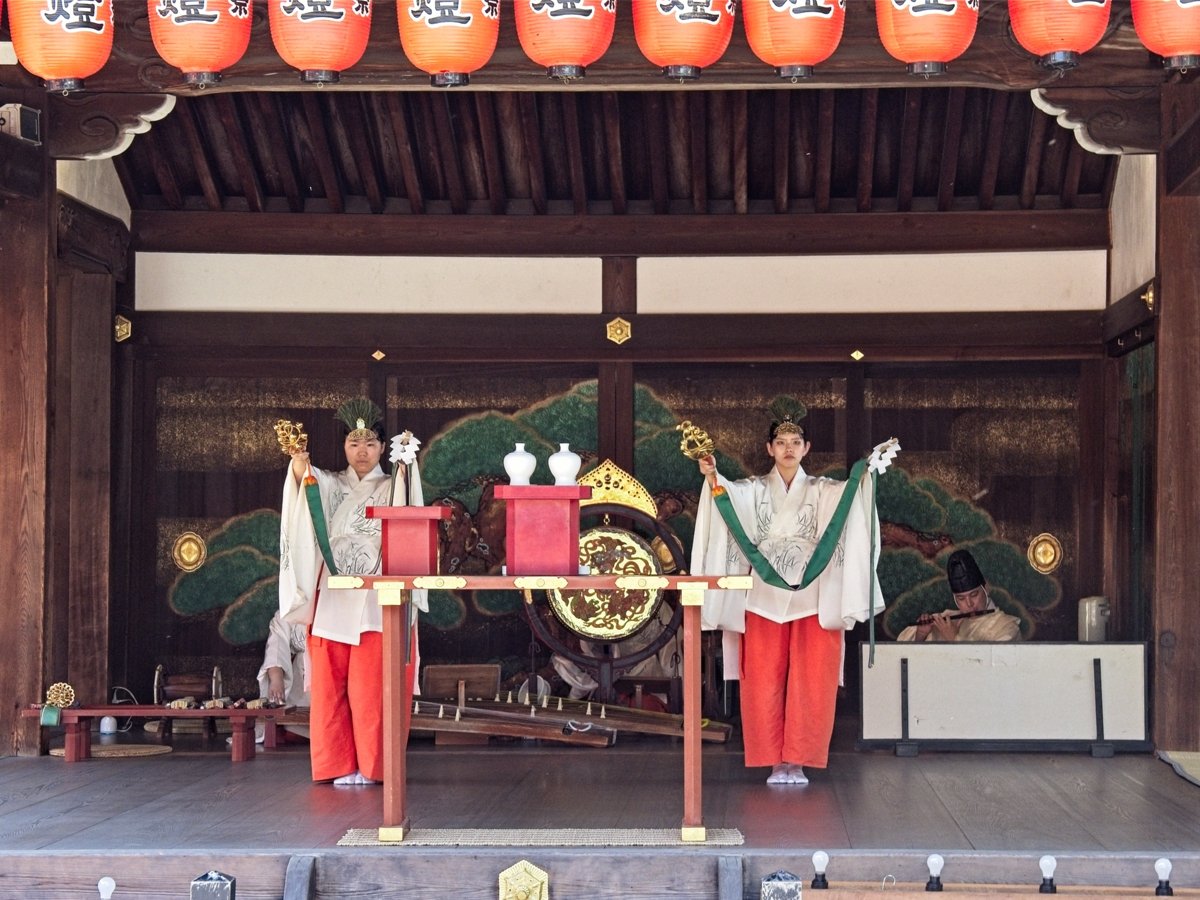
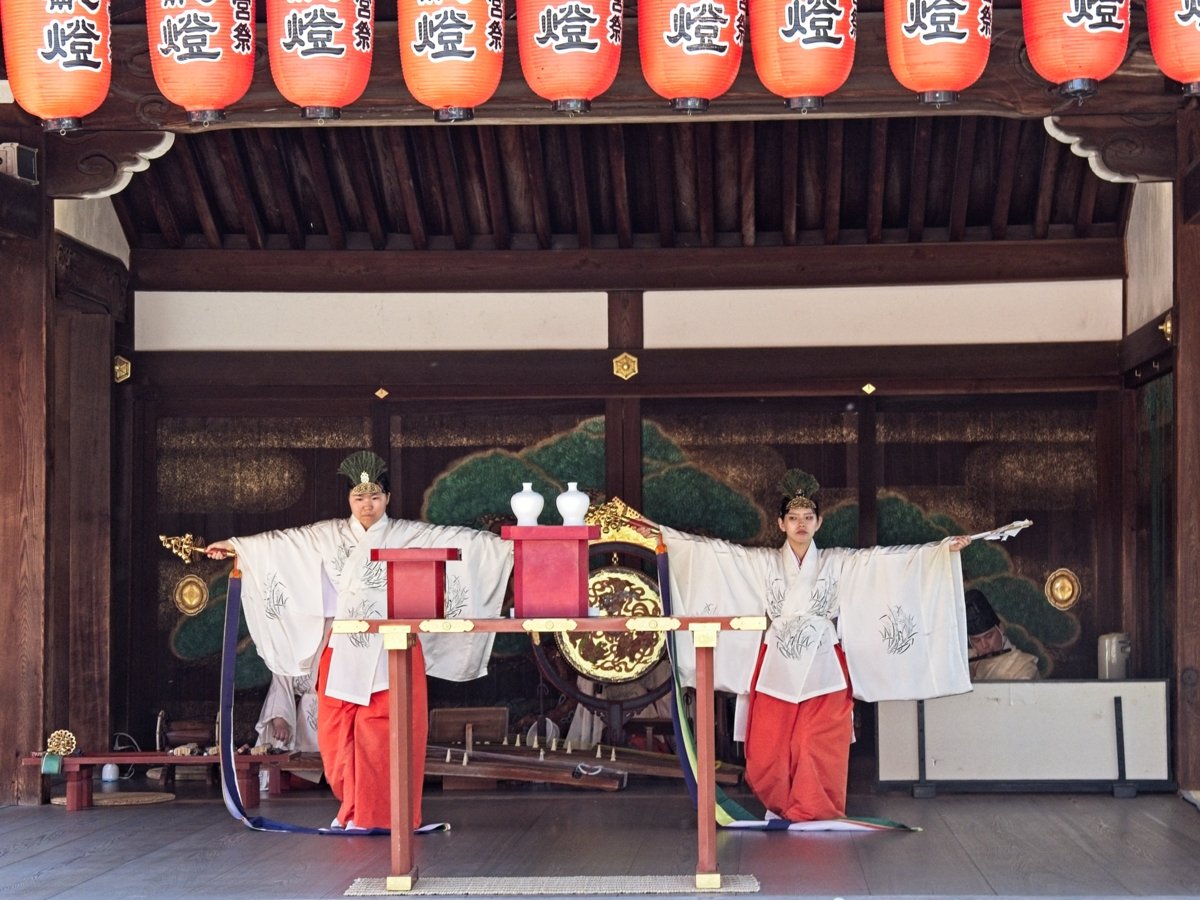



Colourful lanterns

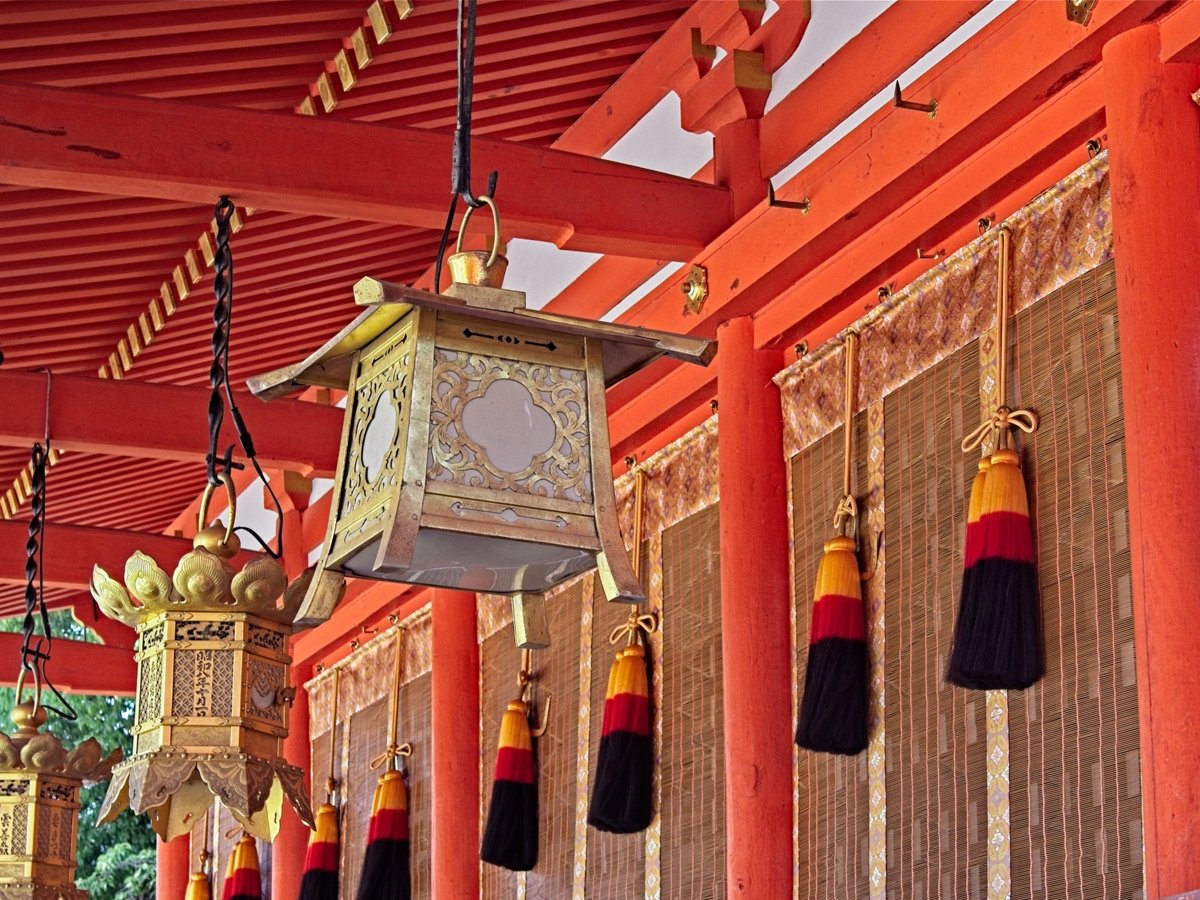
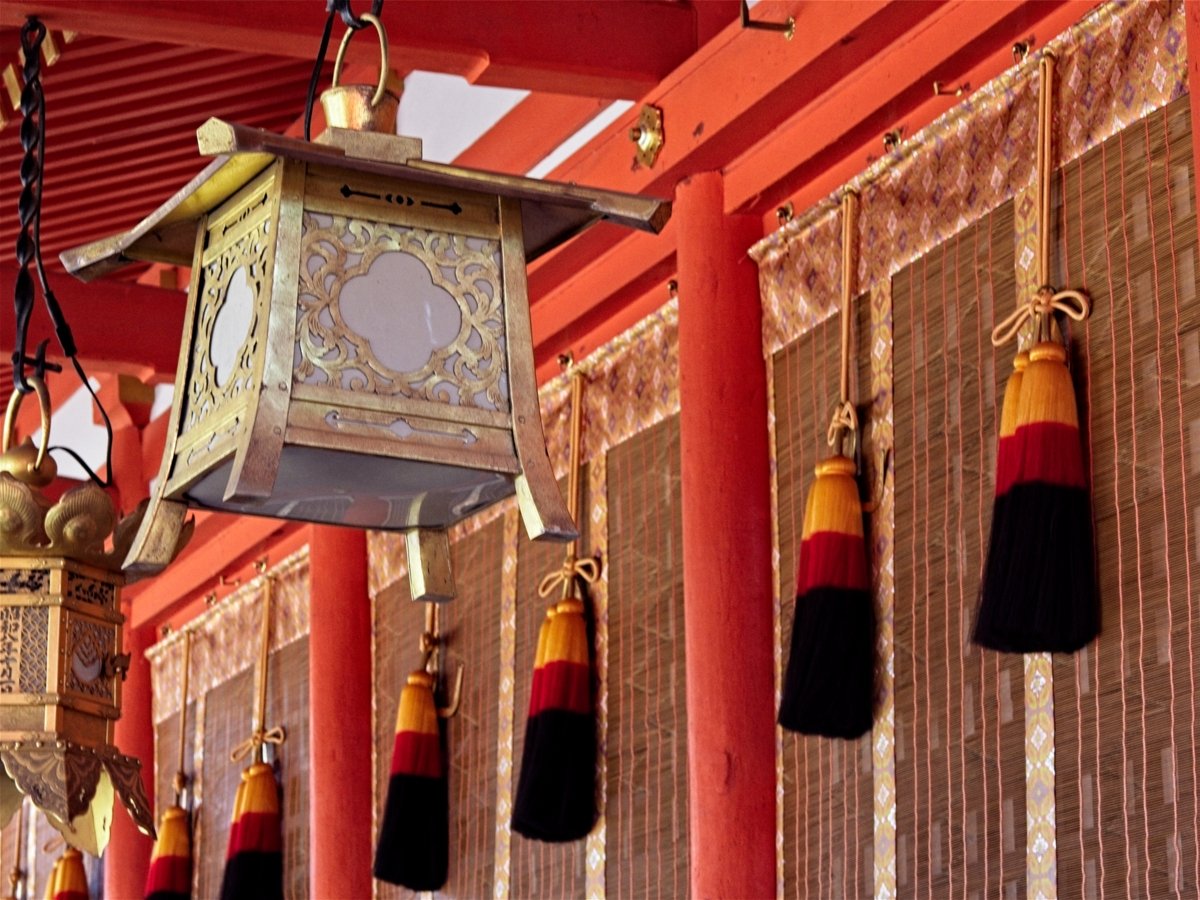
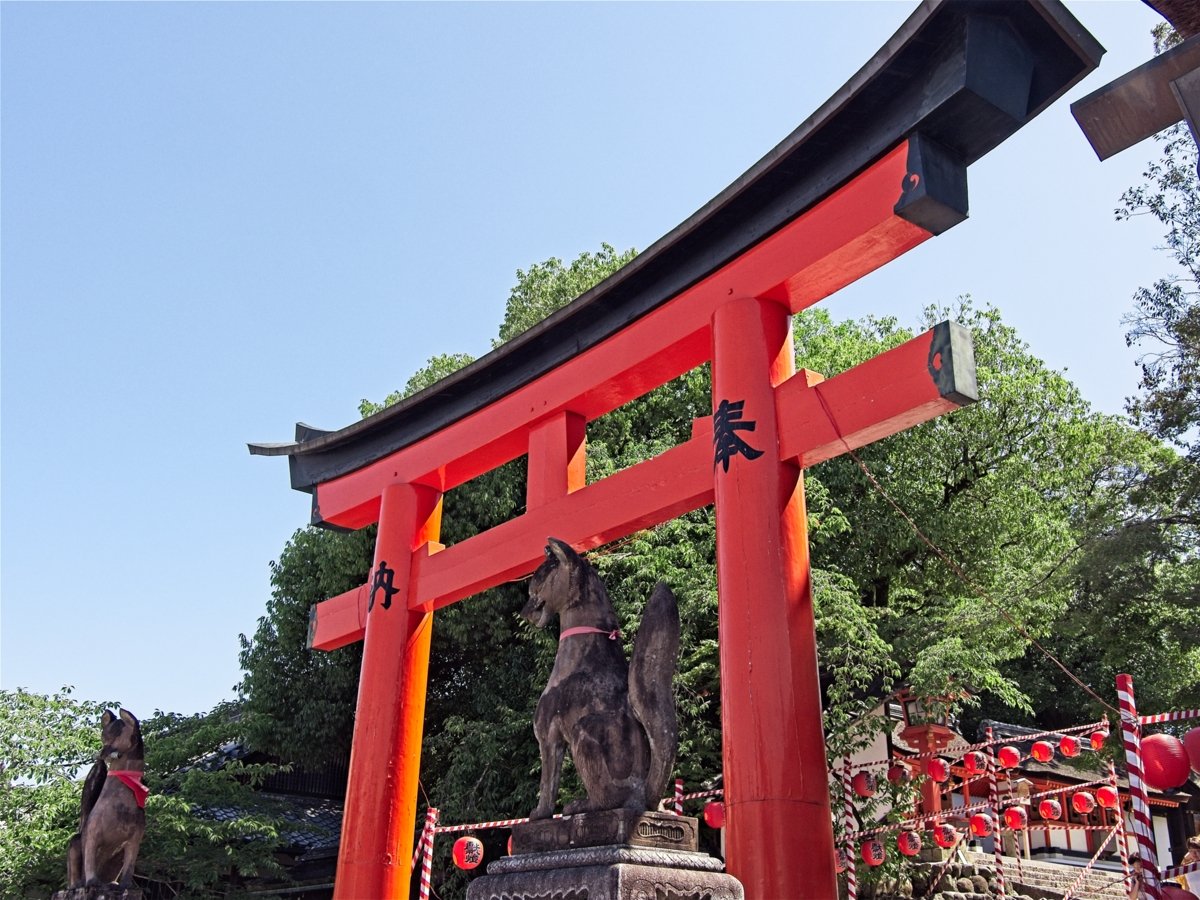


Start of the walkway of Tori gates




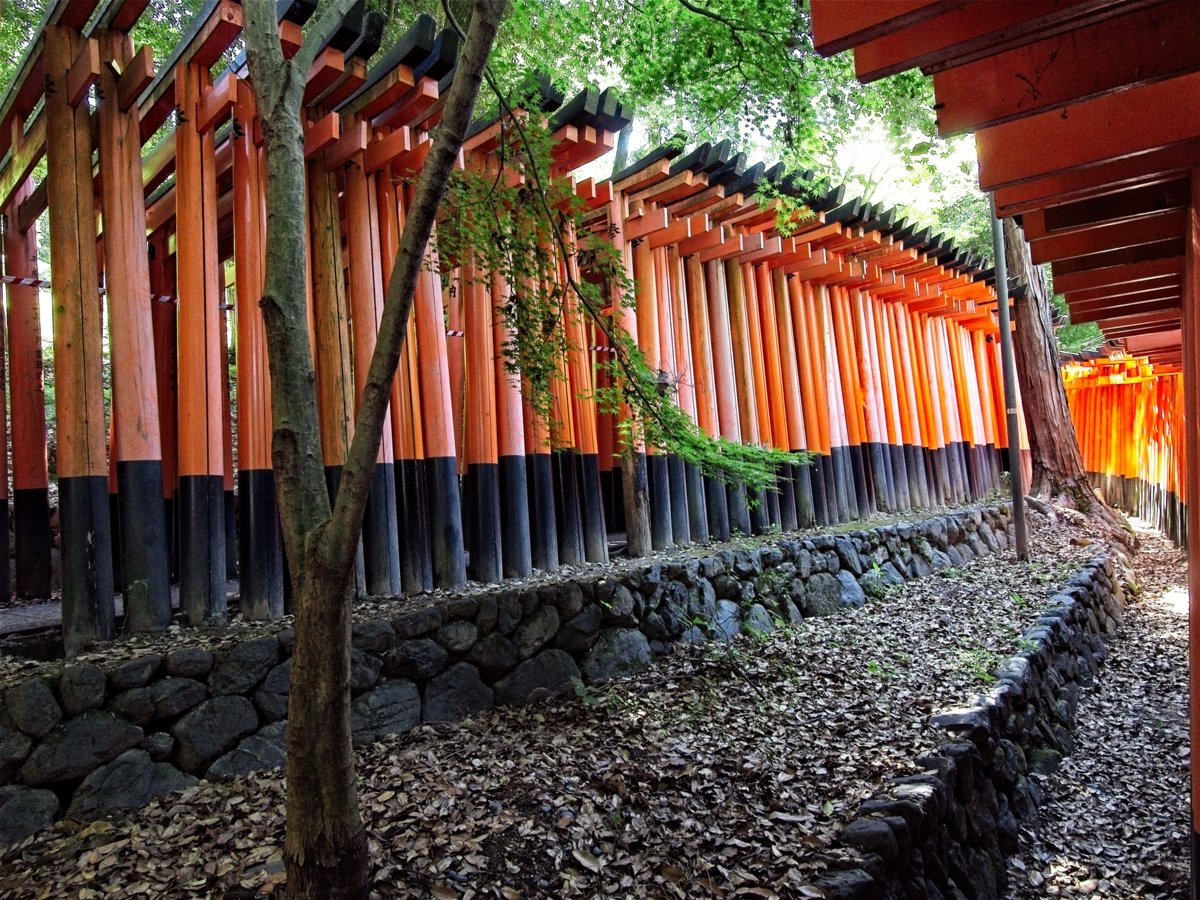
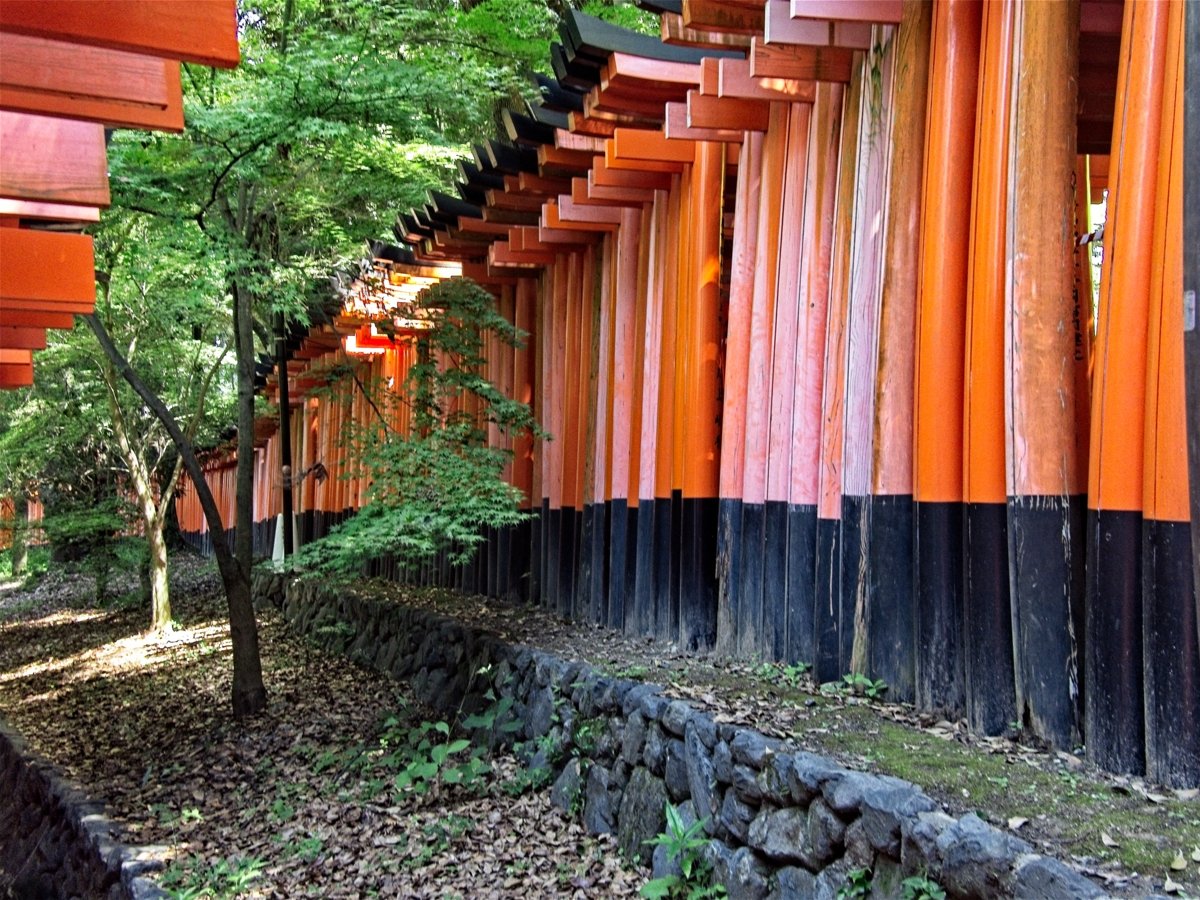
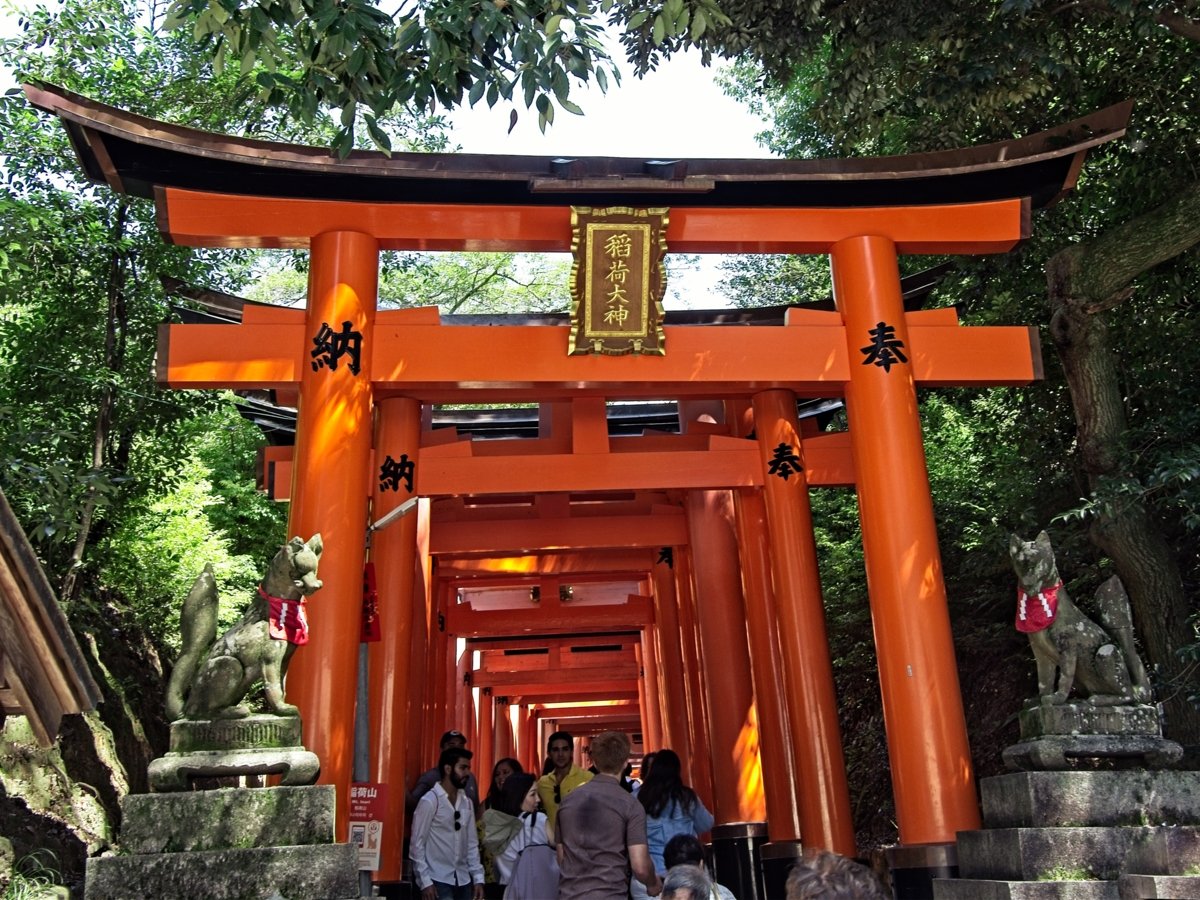

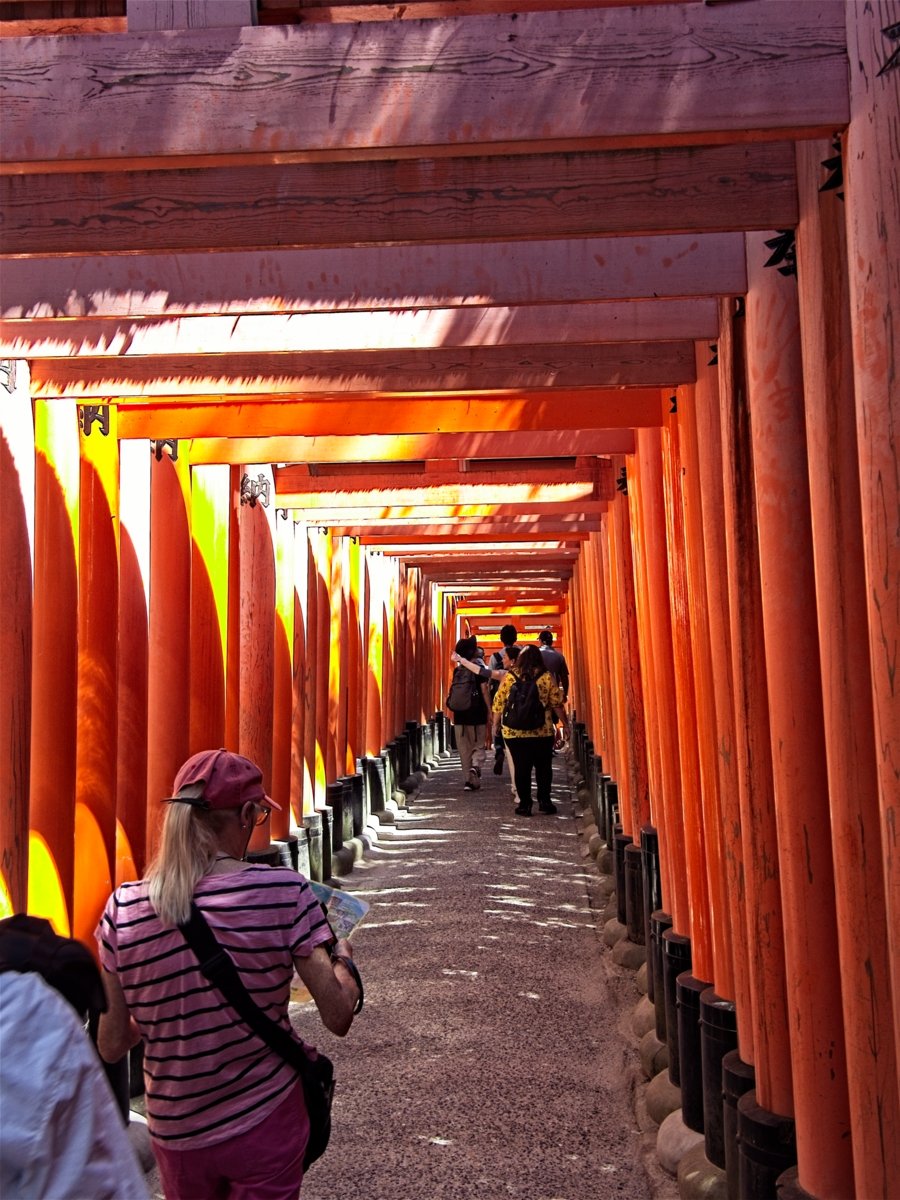
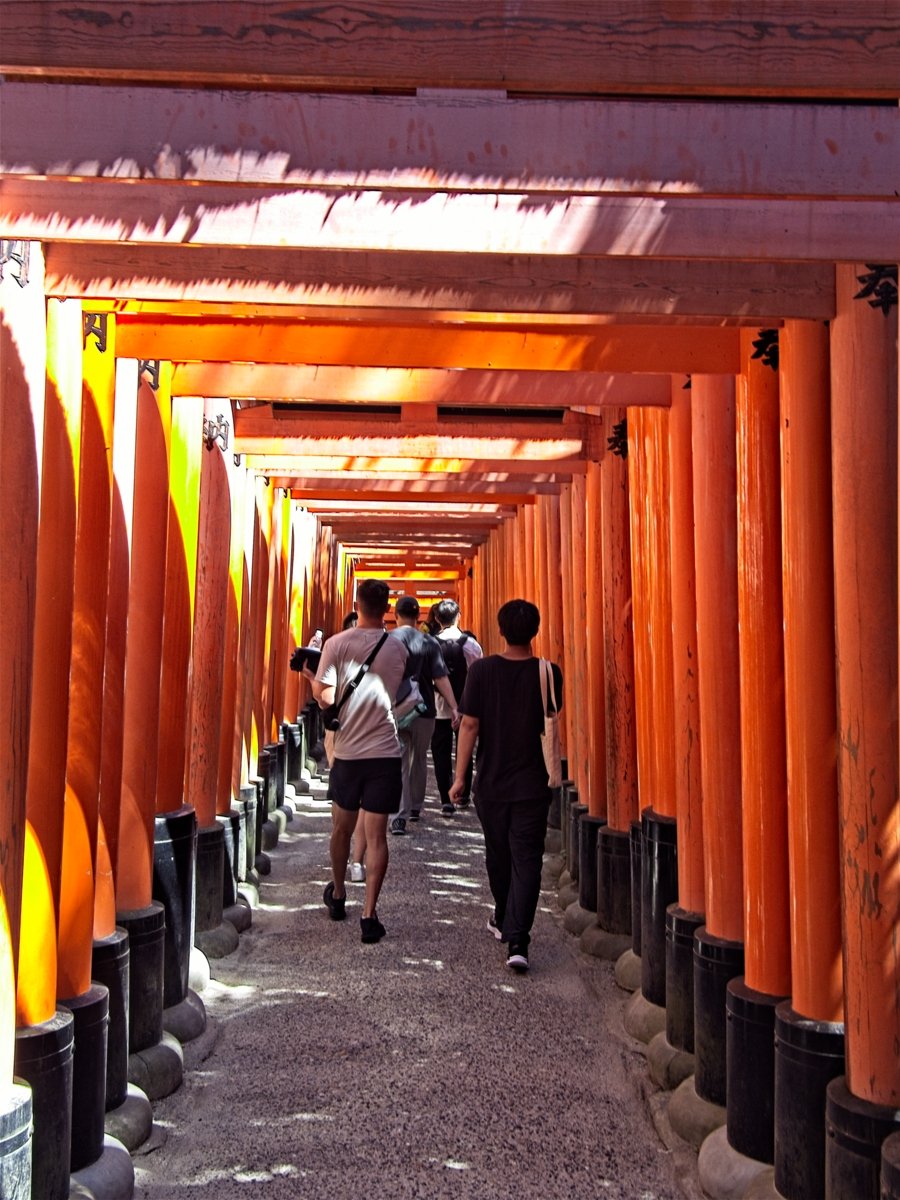

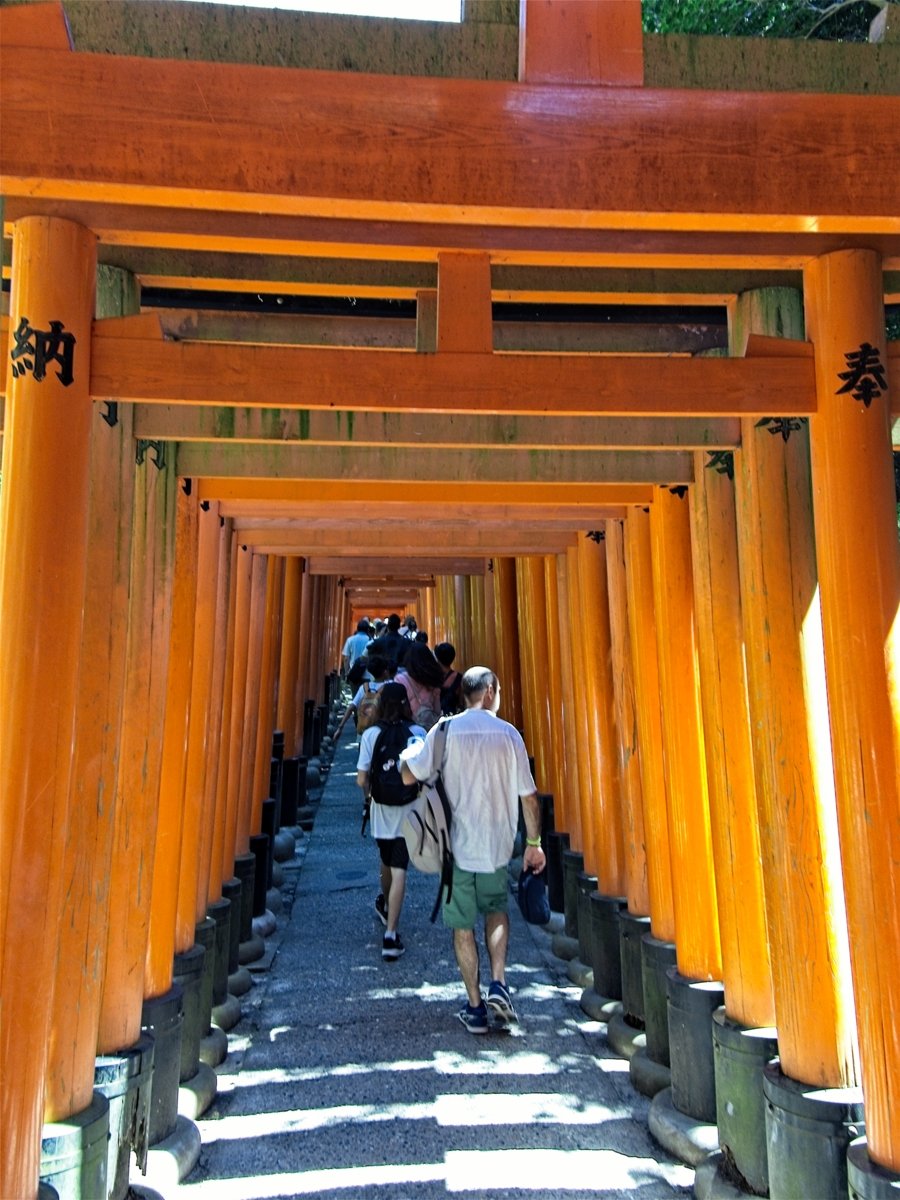
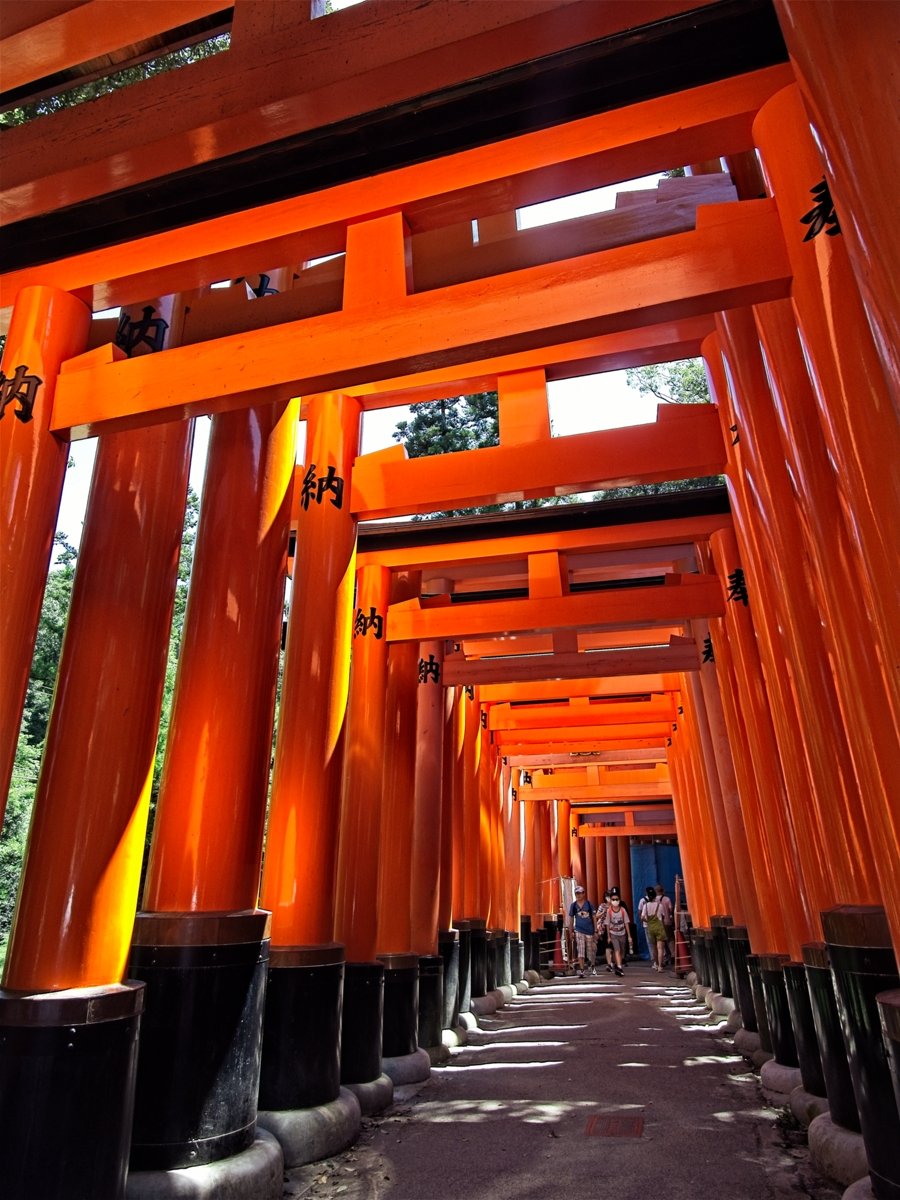
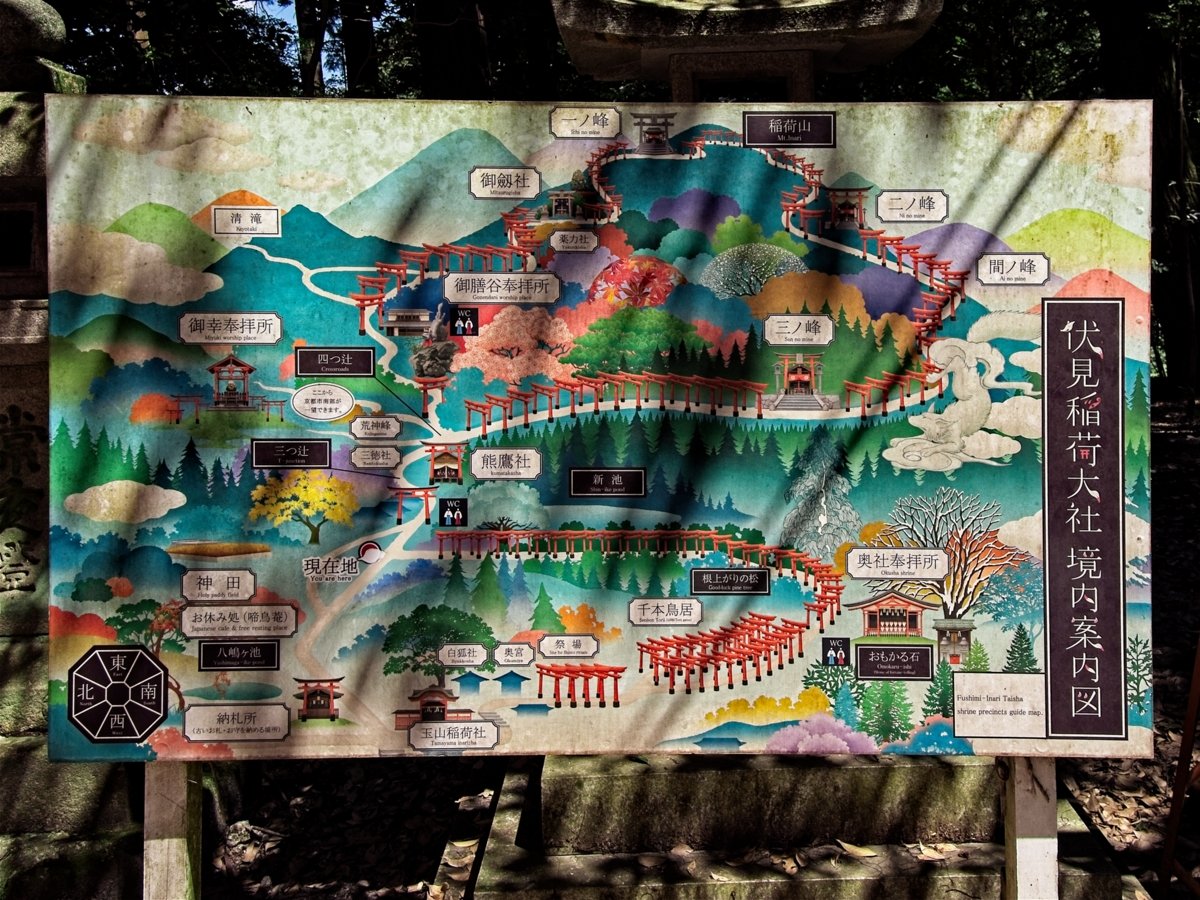


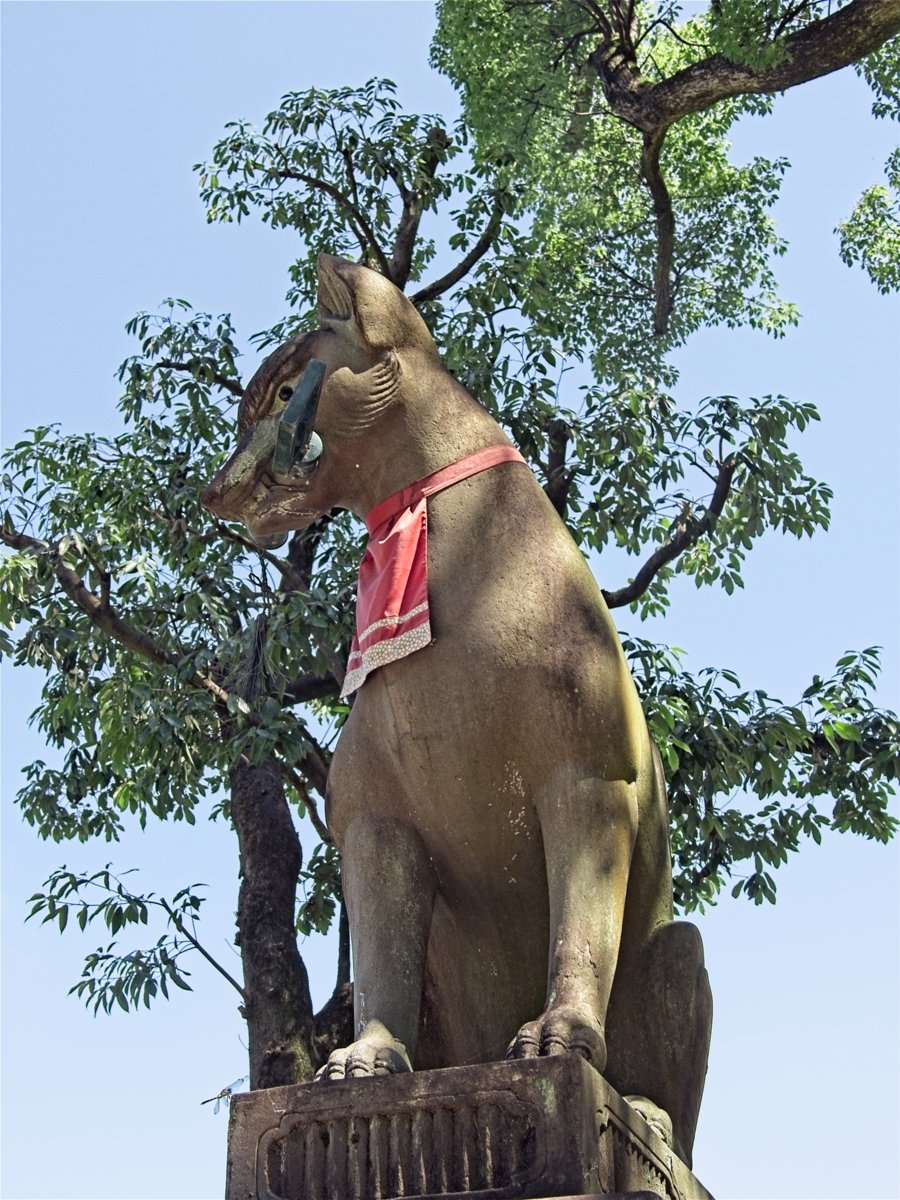


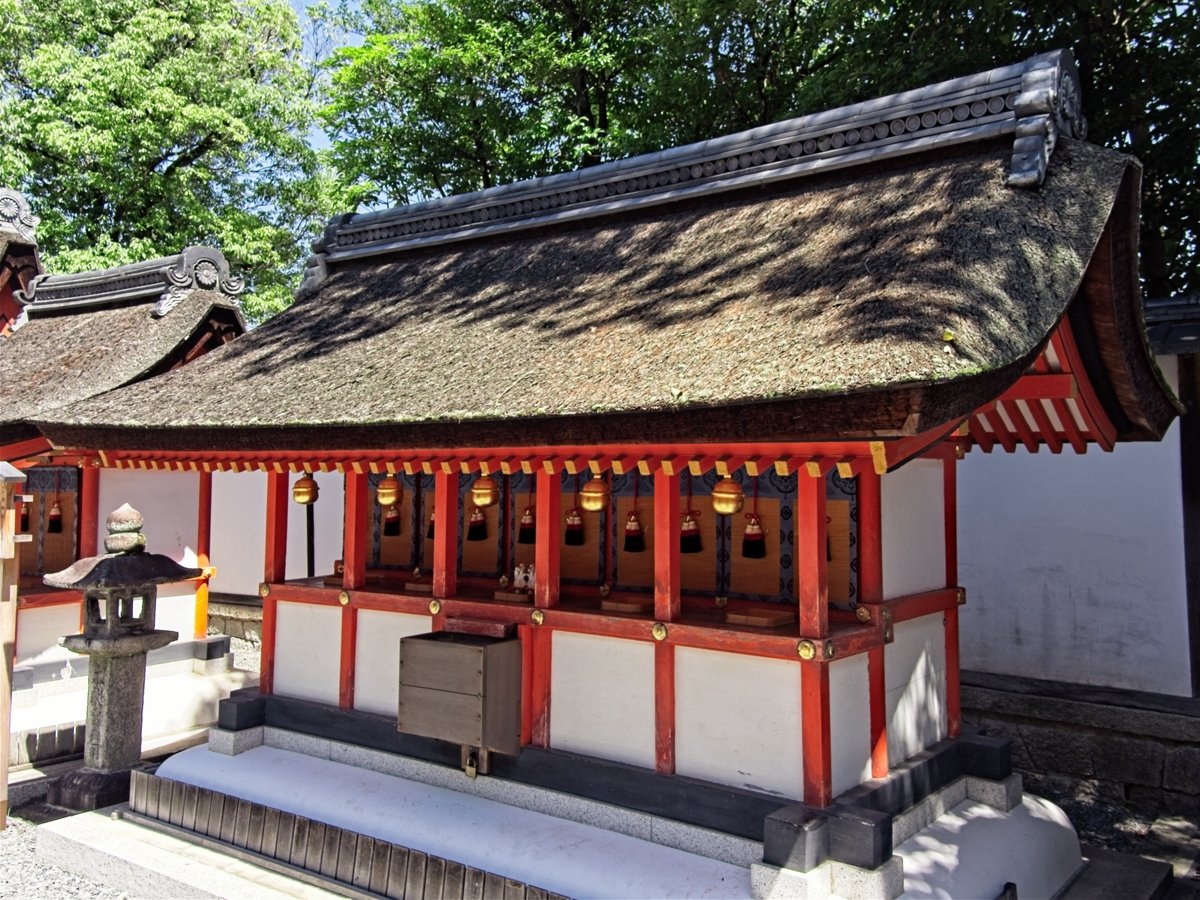
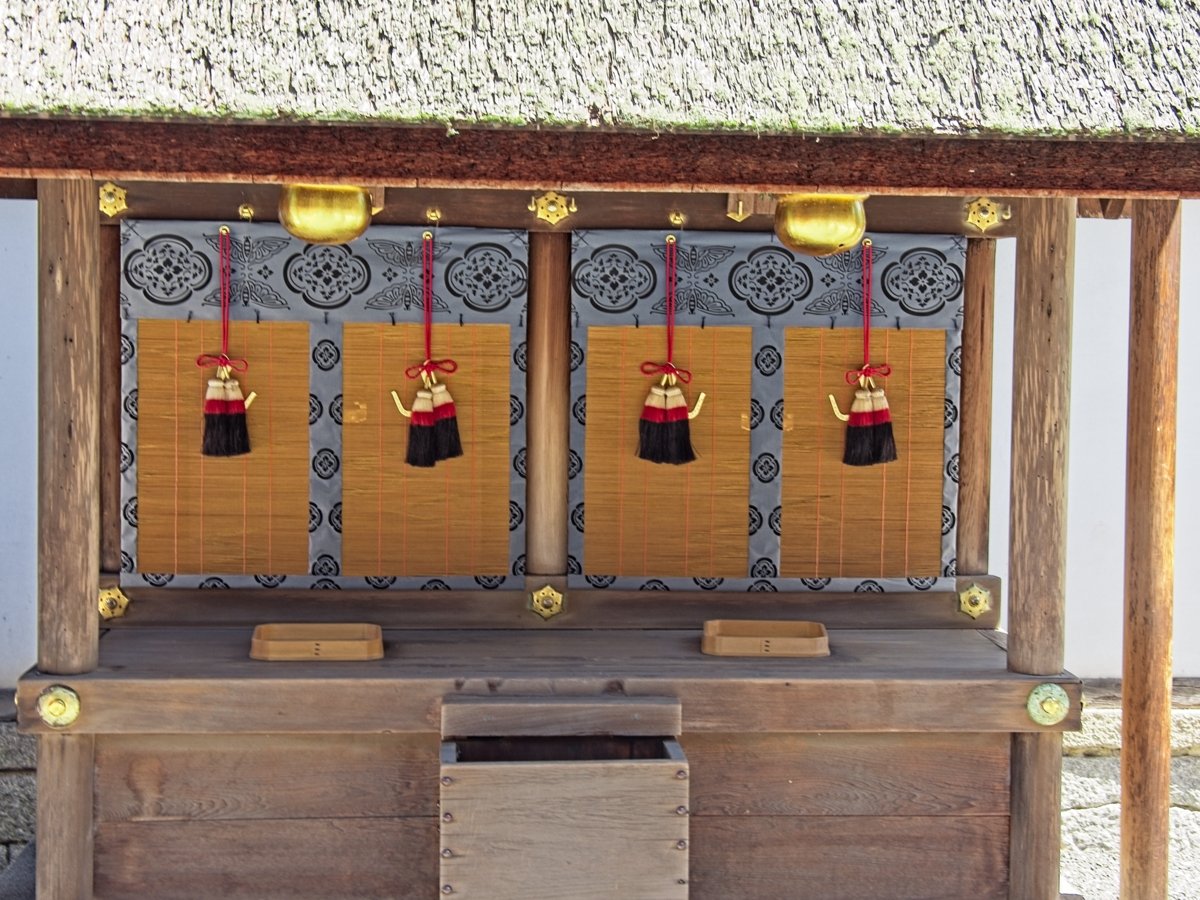
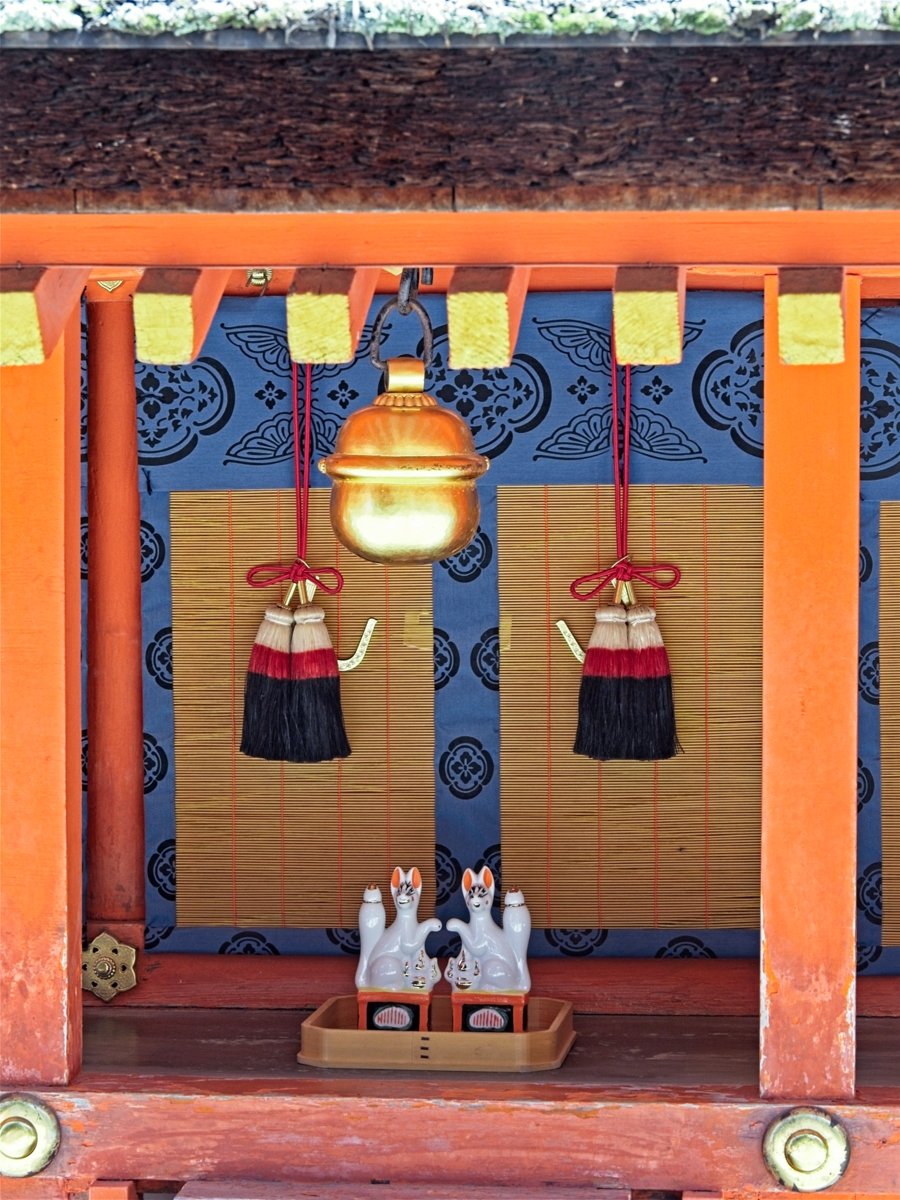
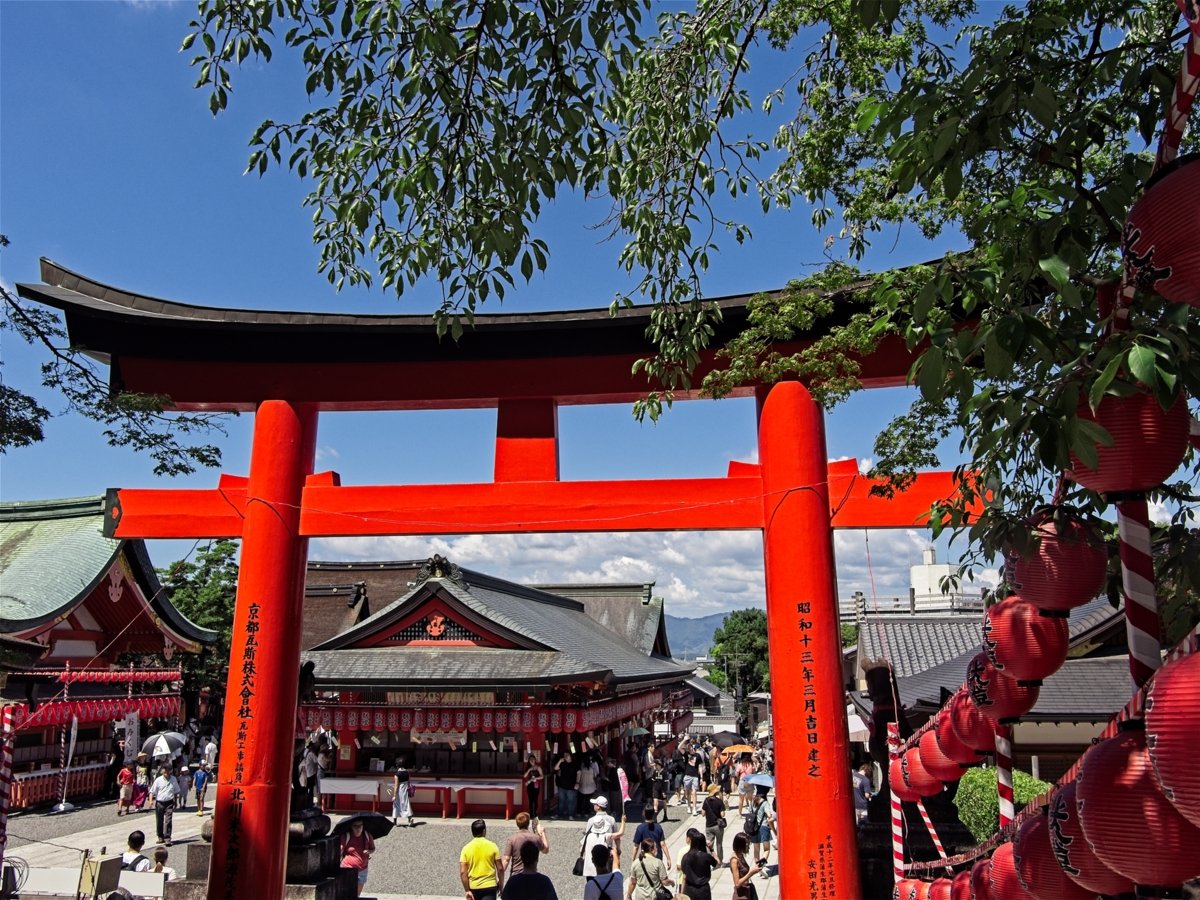



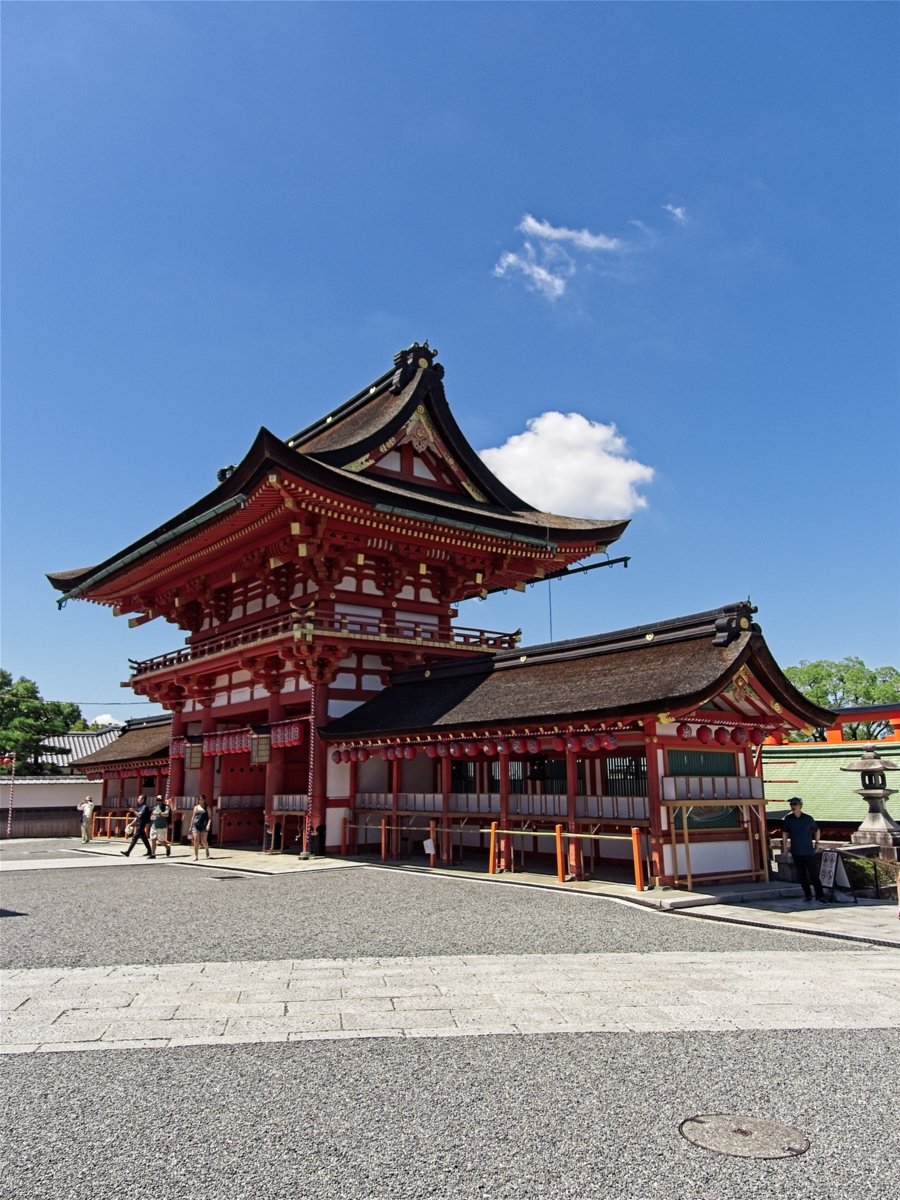
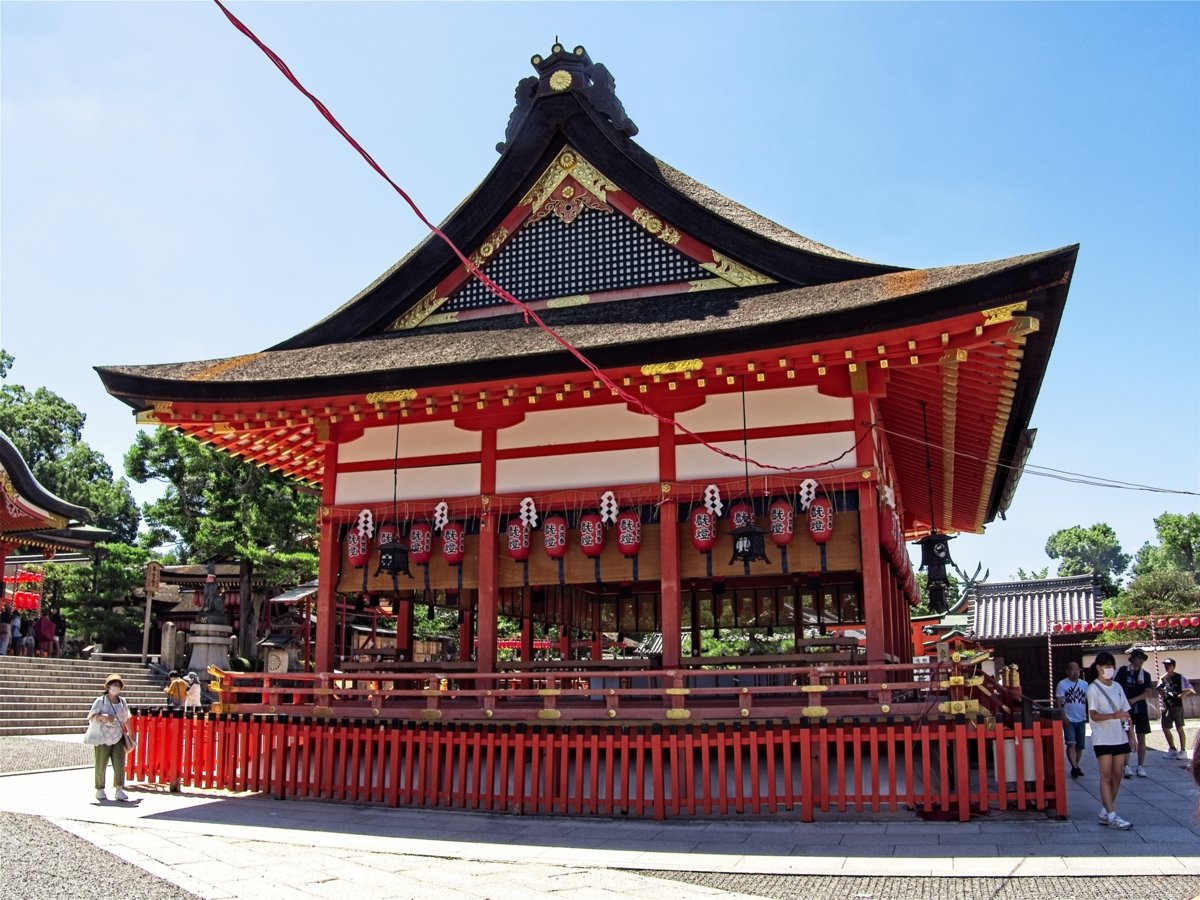
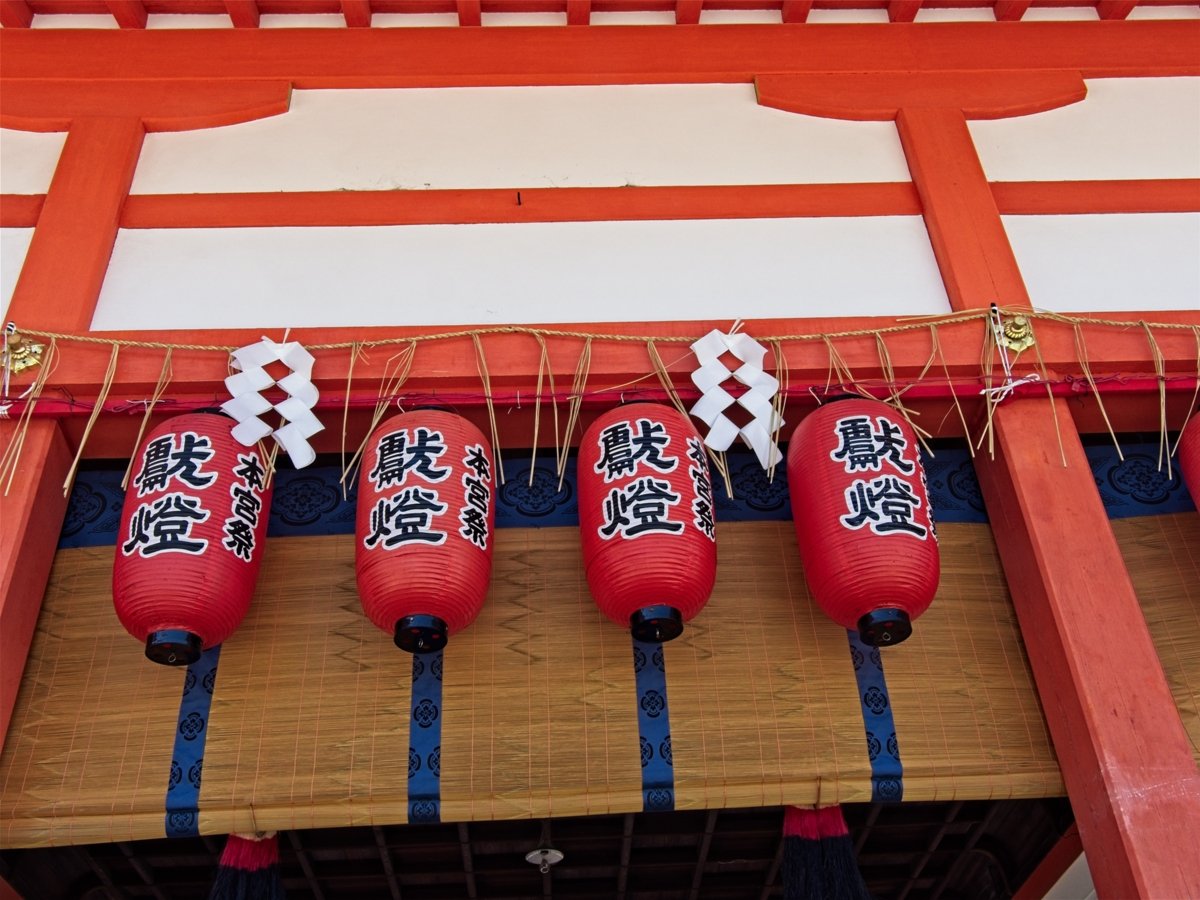

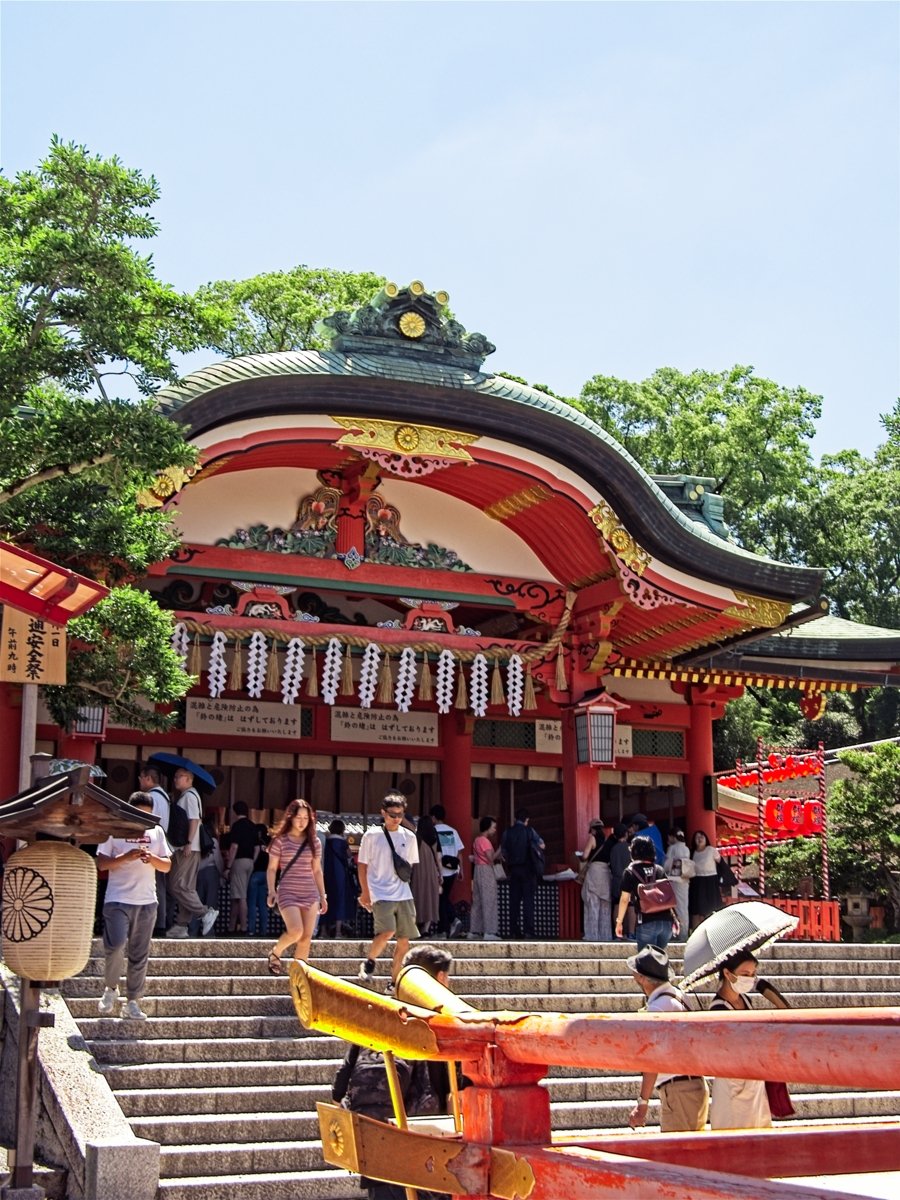
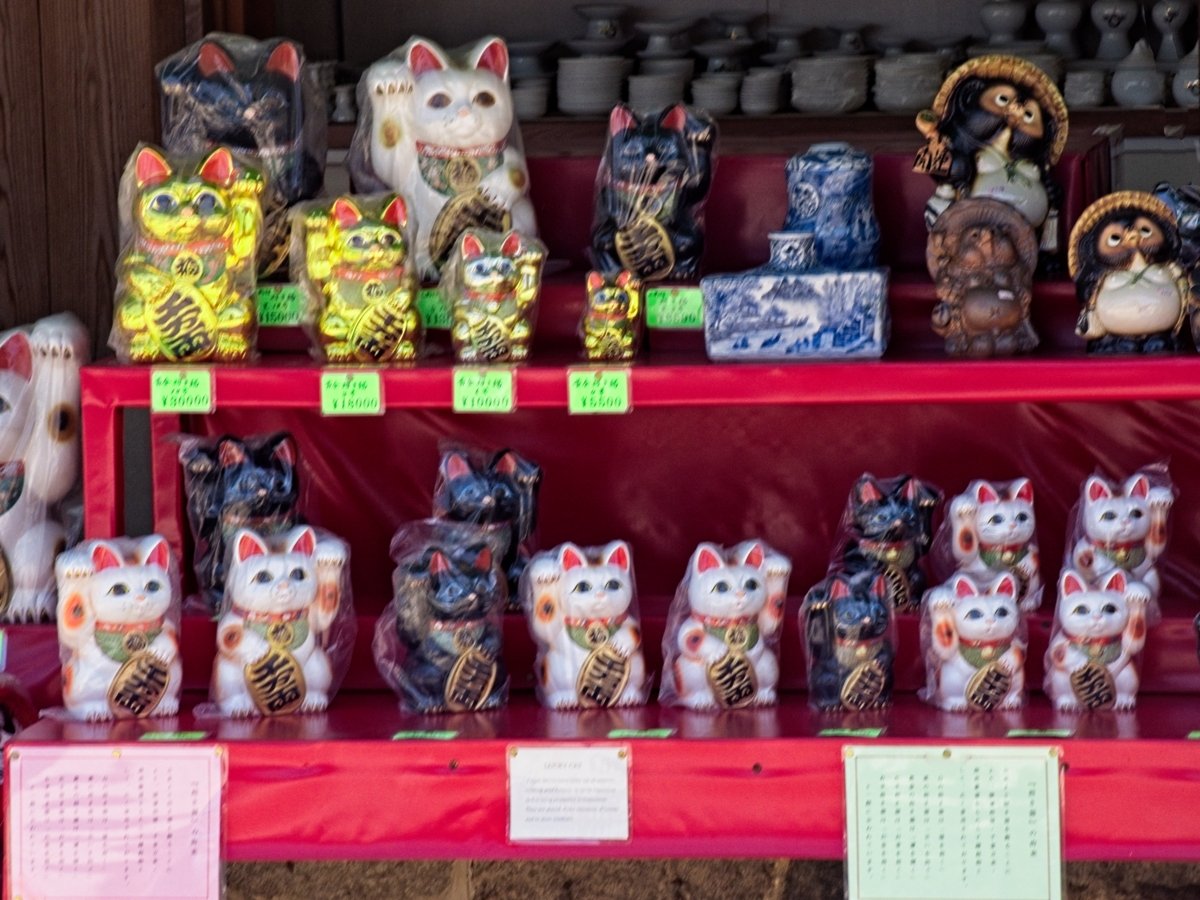
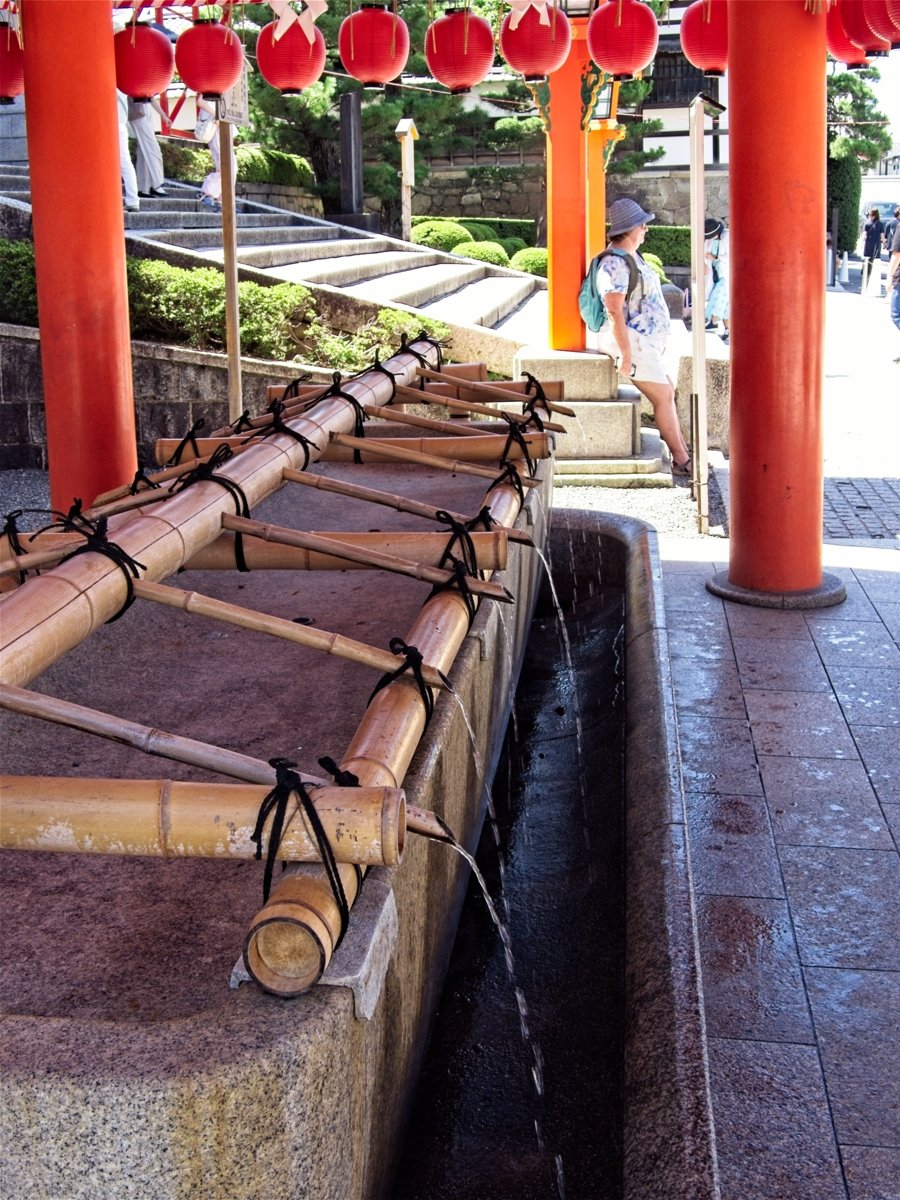
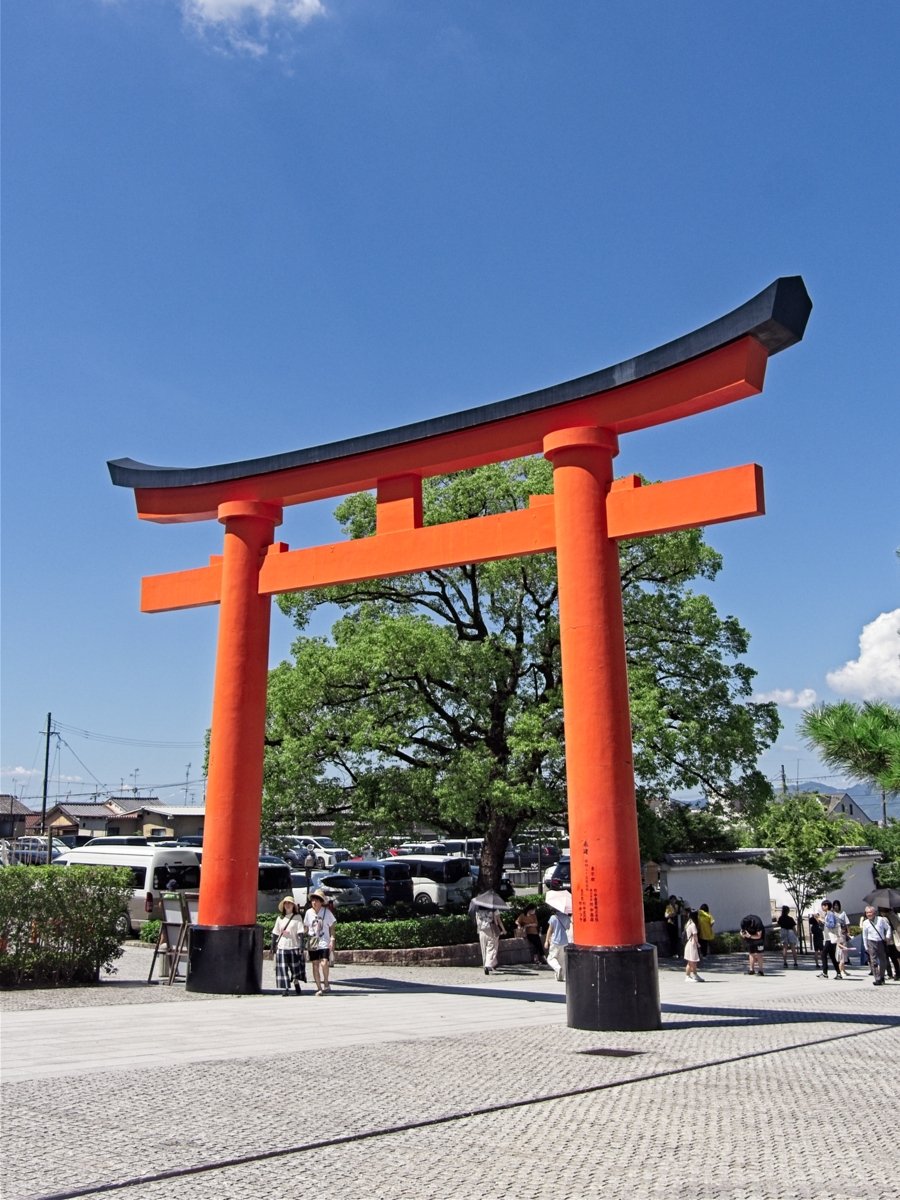

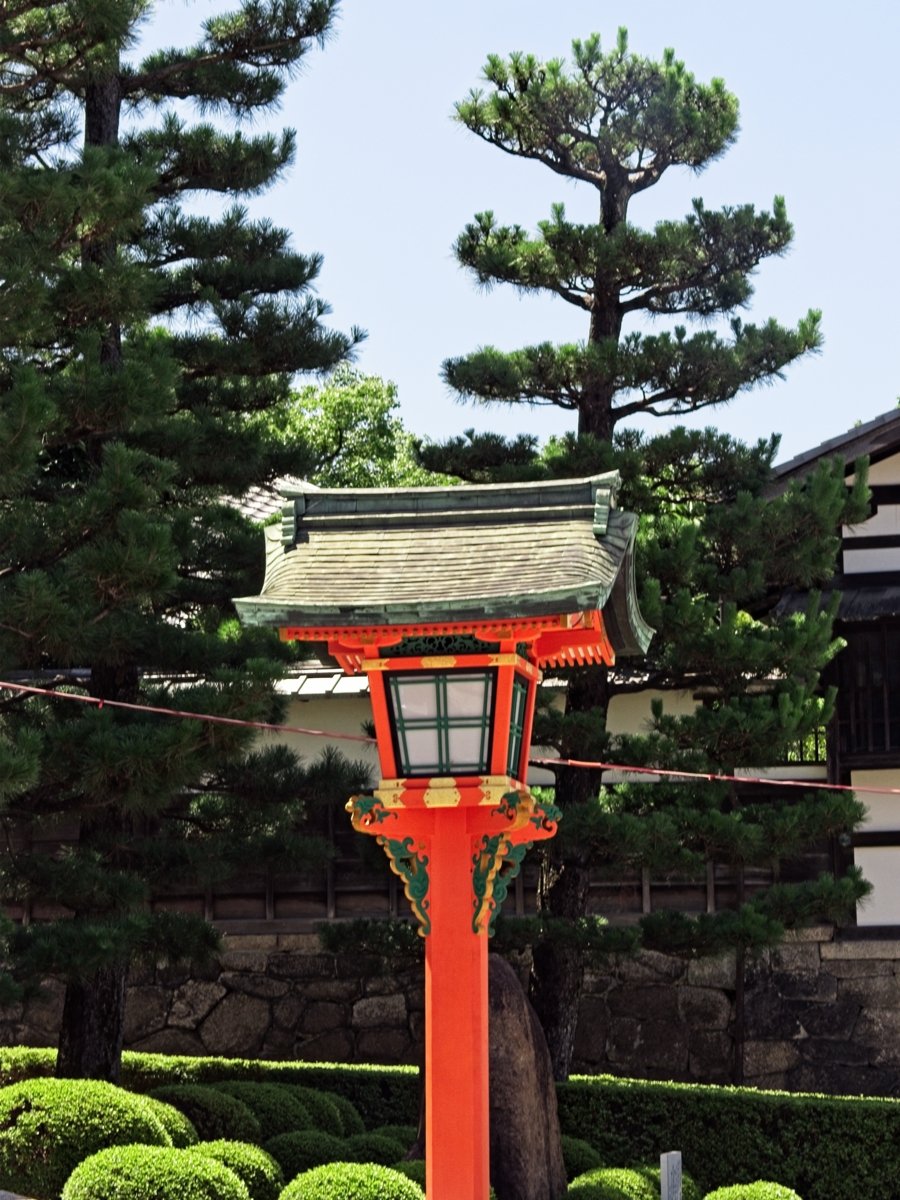
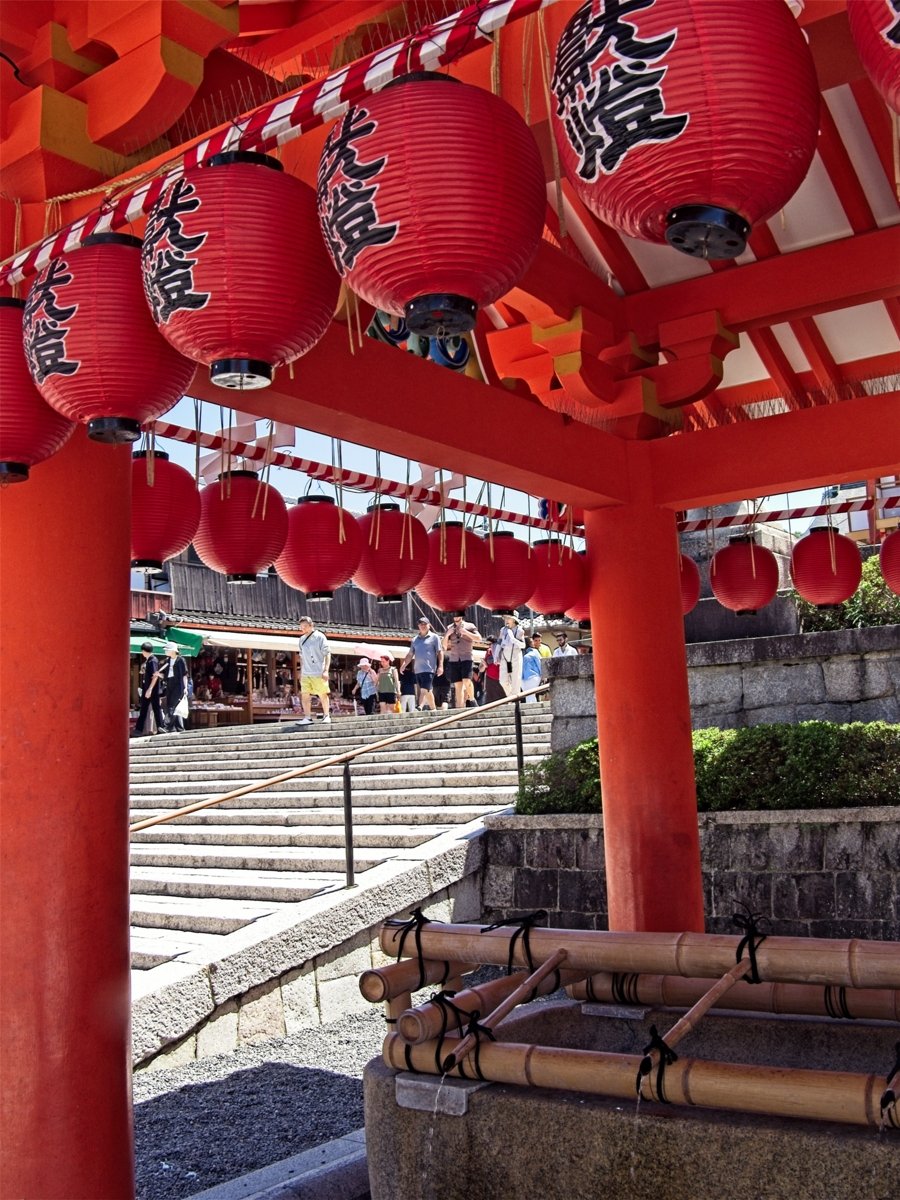

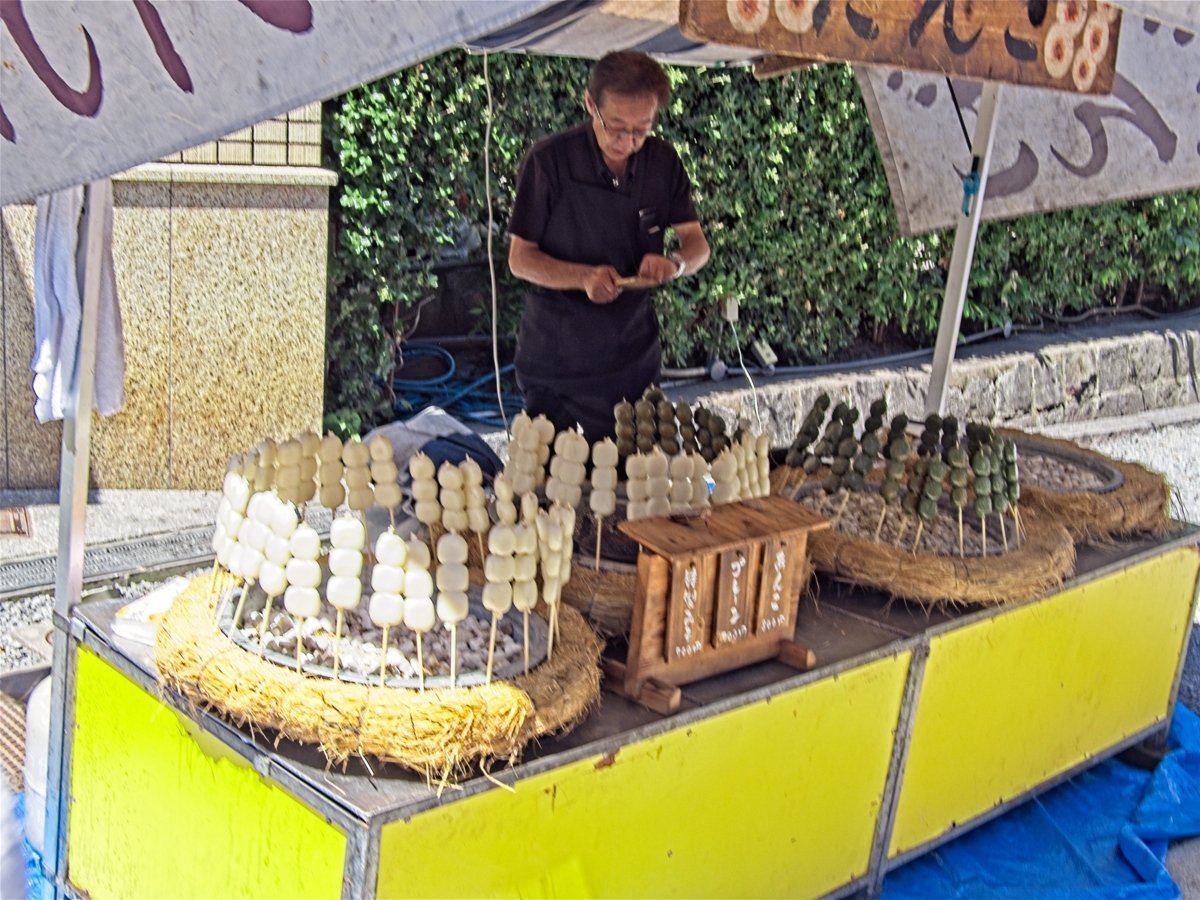
Rice dumplings on sticks
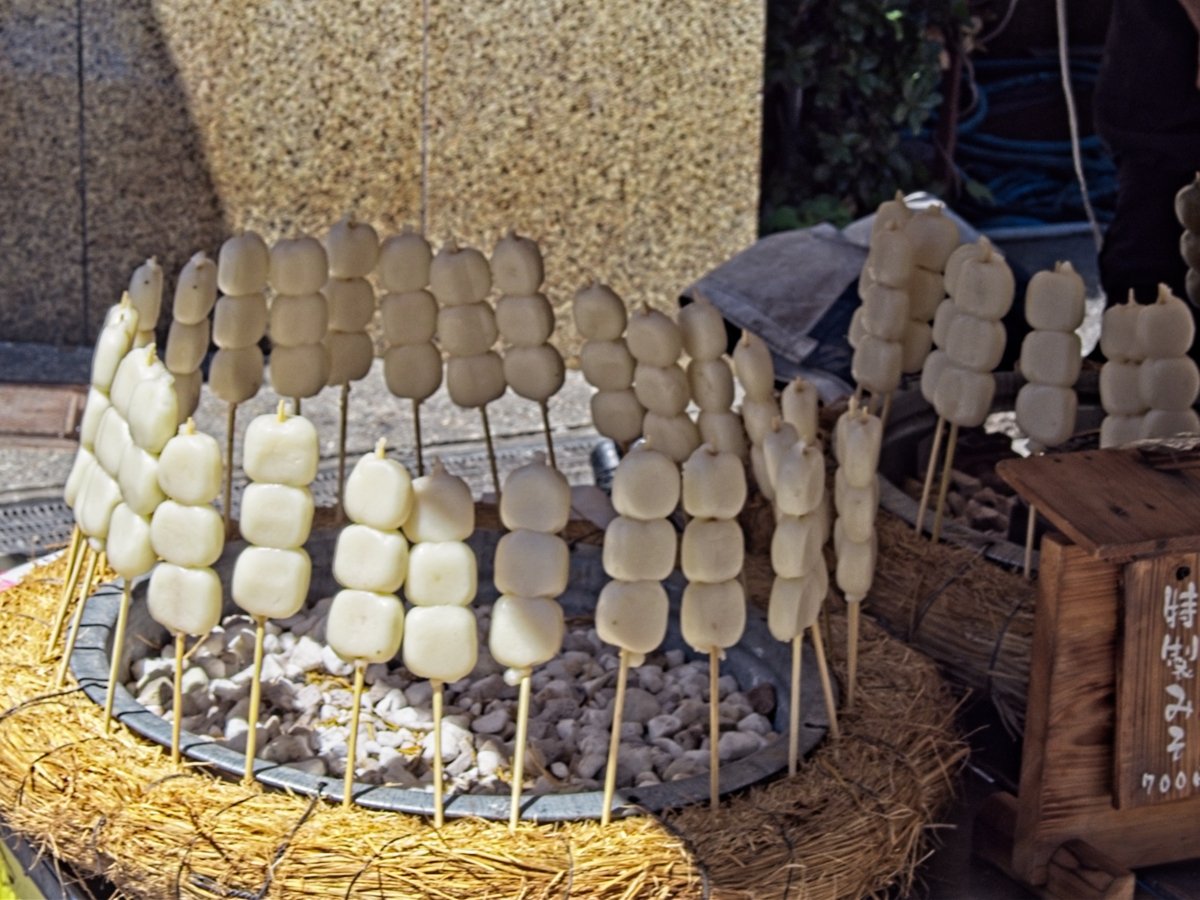

Shopping bags
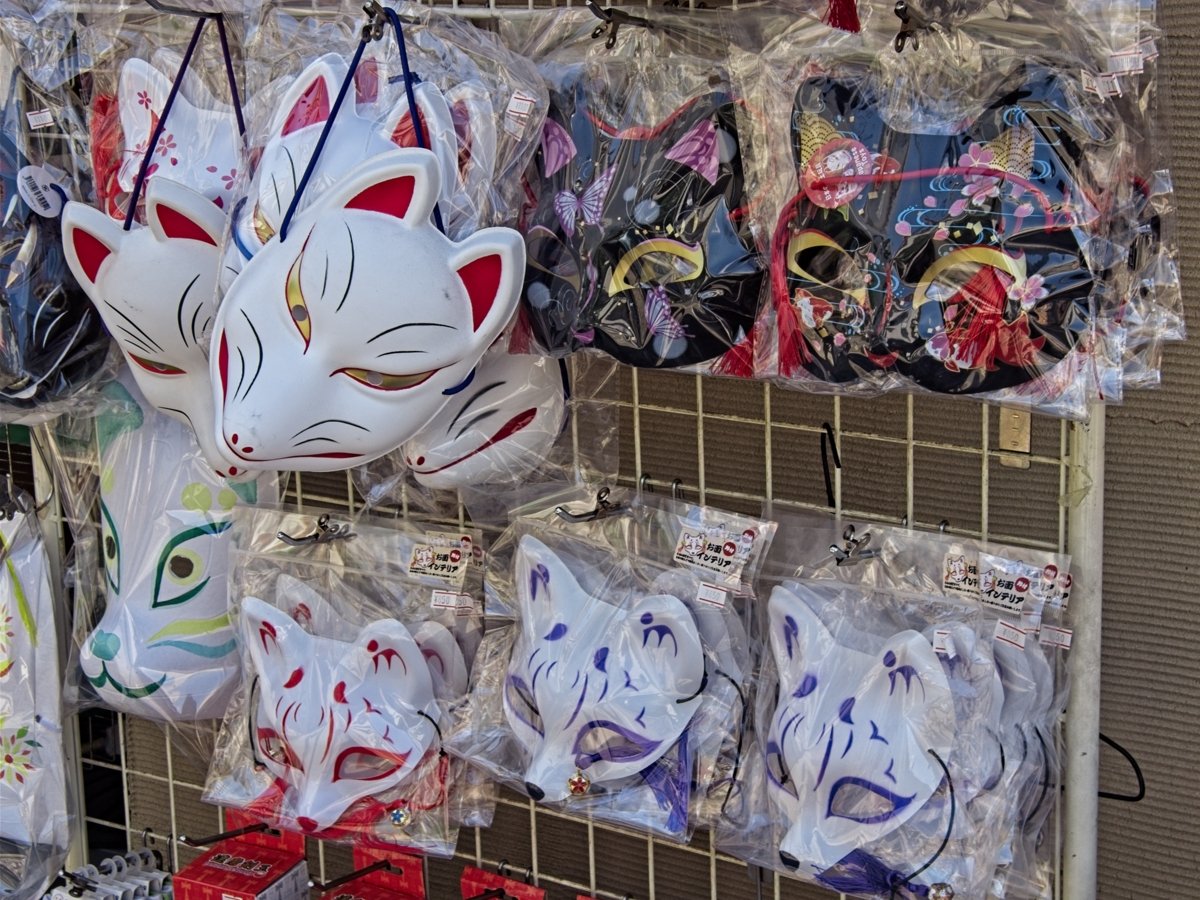
Fox guardian masks

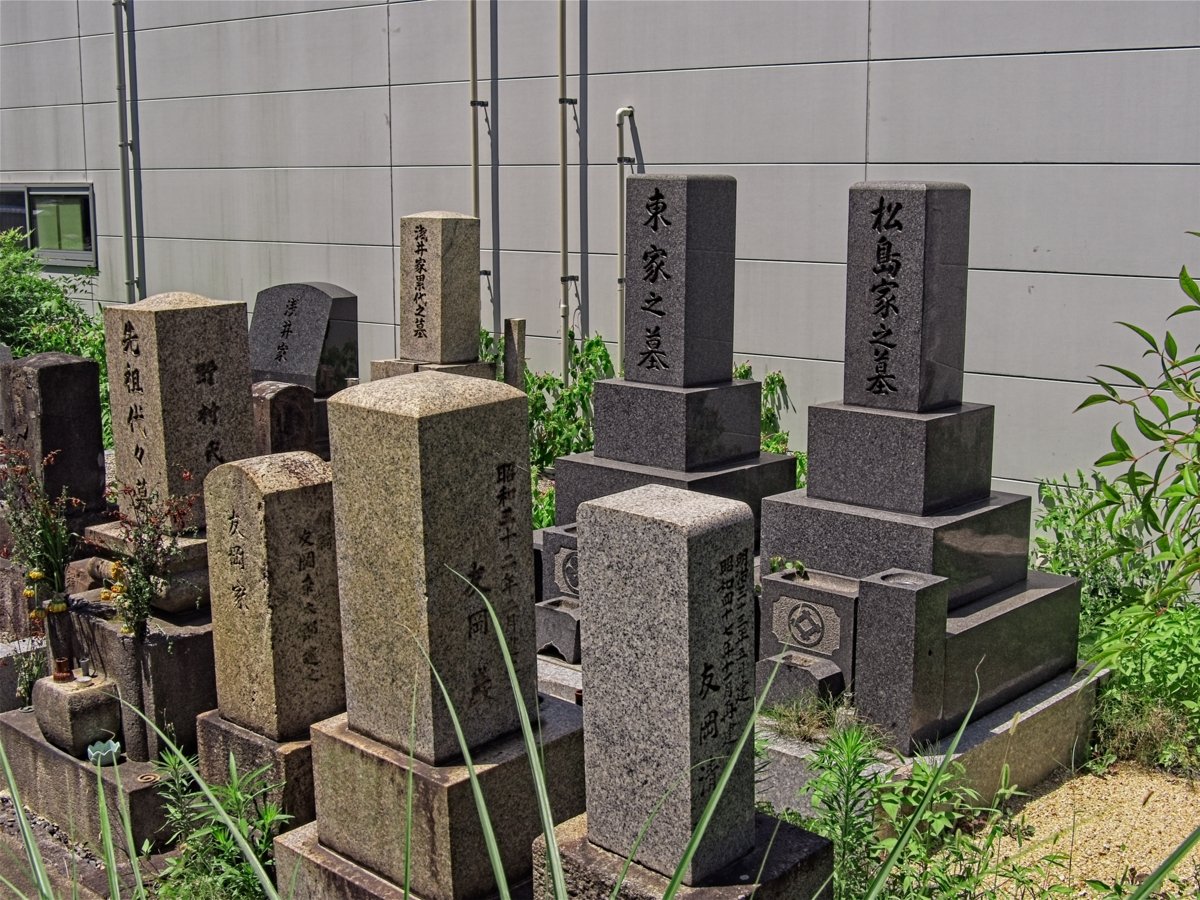
Small local graveyard
Ryoanji Temple
Ryoanji Temple is the site of Japan's most famous rock garden. Originally an aristocrat's villa during the Heian Period, the site was converted into a Zen temple in 1450 and belongs to the Myoshinji school of the Rinzai sect of Zen Buddhism, whose head temple stands just a kilometer to the south.
As for the history of Ryoanji's famous rock garden, the facts are less certain. The garden's date of construction is unknown and there are a number of speculations regarding its designer. The garden consists of a rectangular plot of pebbles surrounded by low earthen walls, with 15 rocks laid out in small groups on patches of moss. An interesting feature of the garden's design is that from any vantage point at least one of the rocks is always hidden from the viewer.

Peaceful lake in the grounds
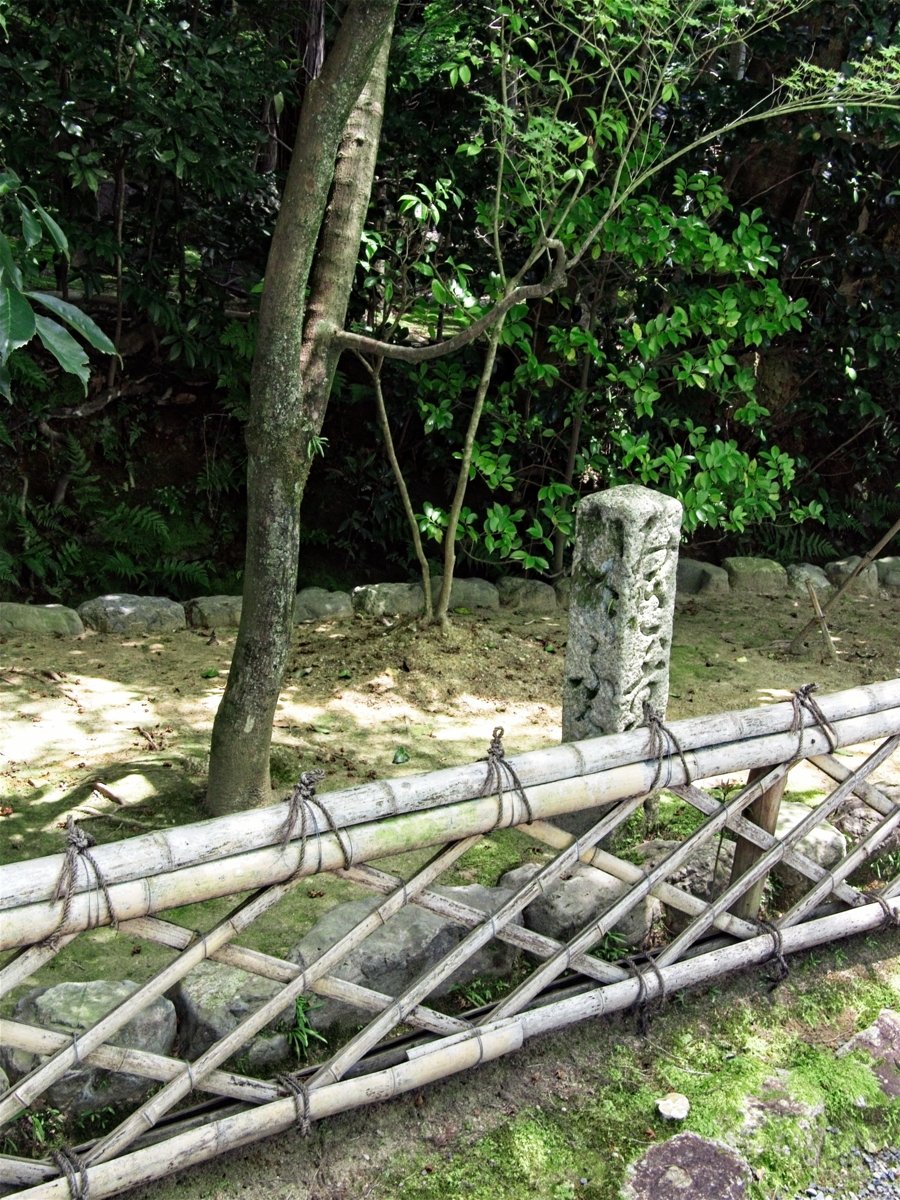
Bamboo fence
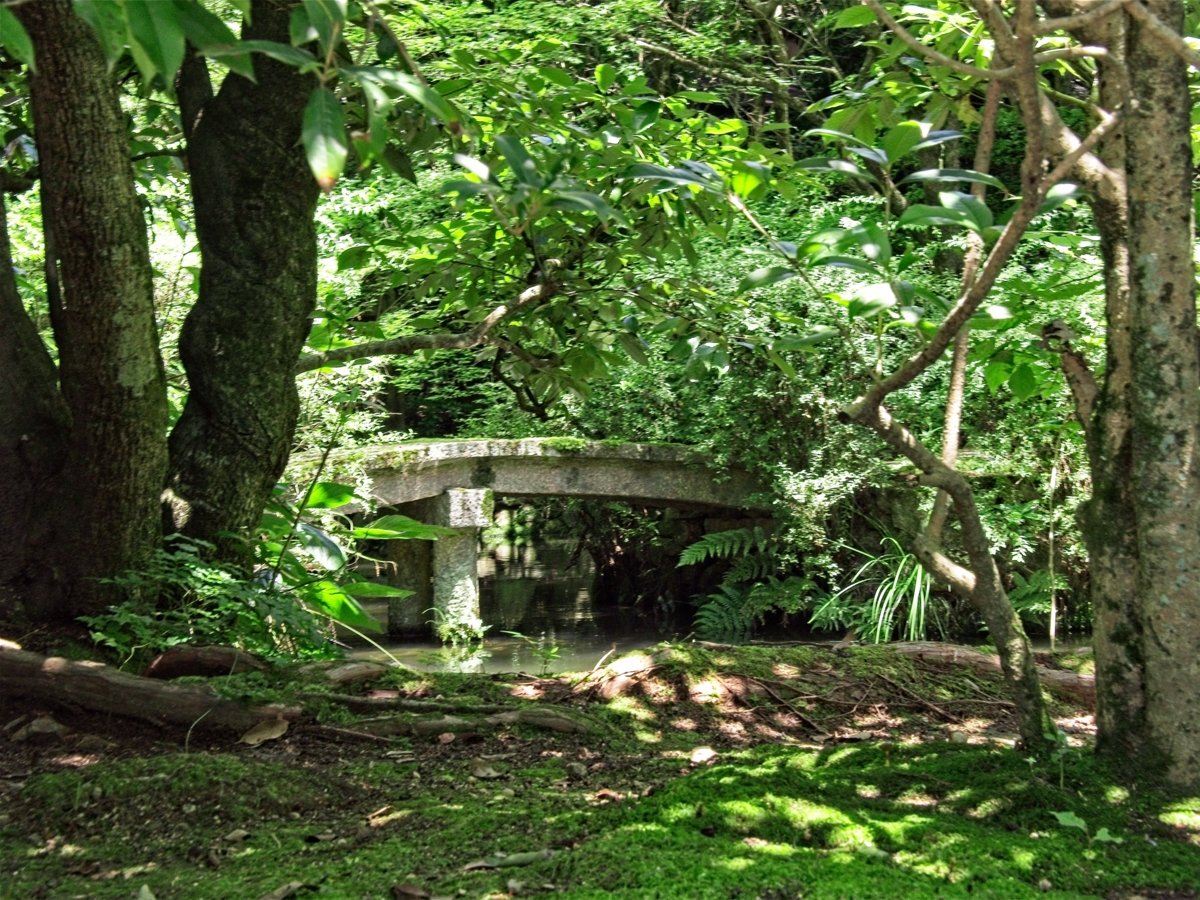
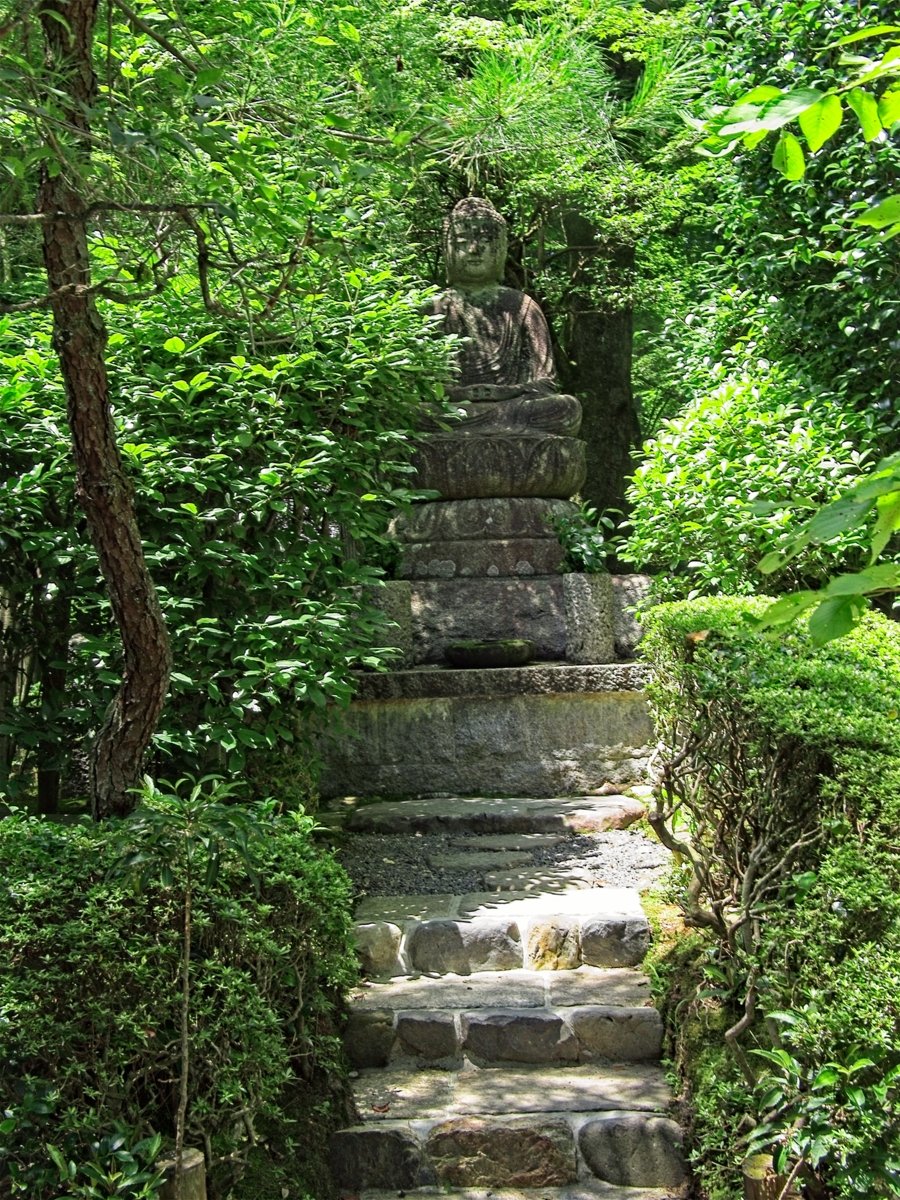


Shoes must be stored before entering the building
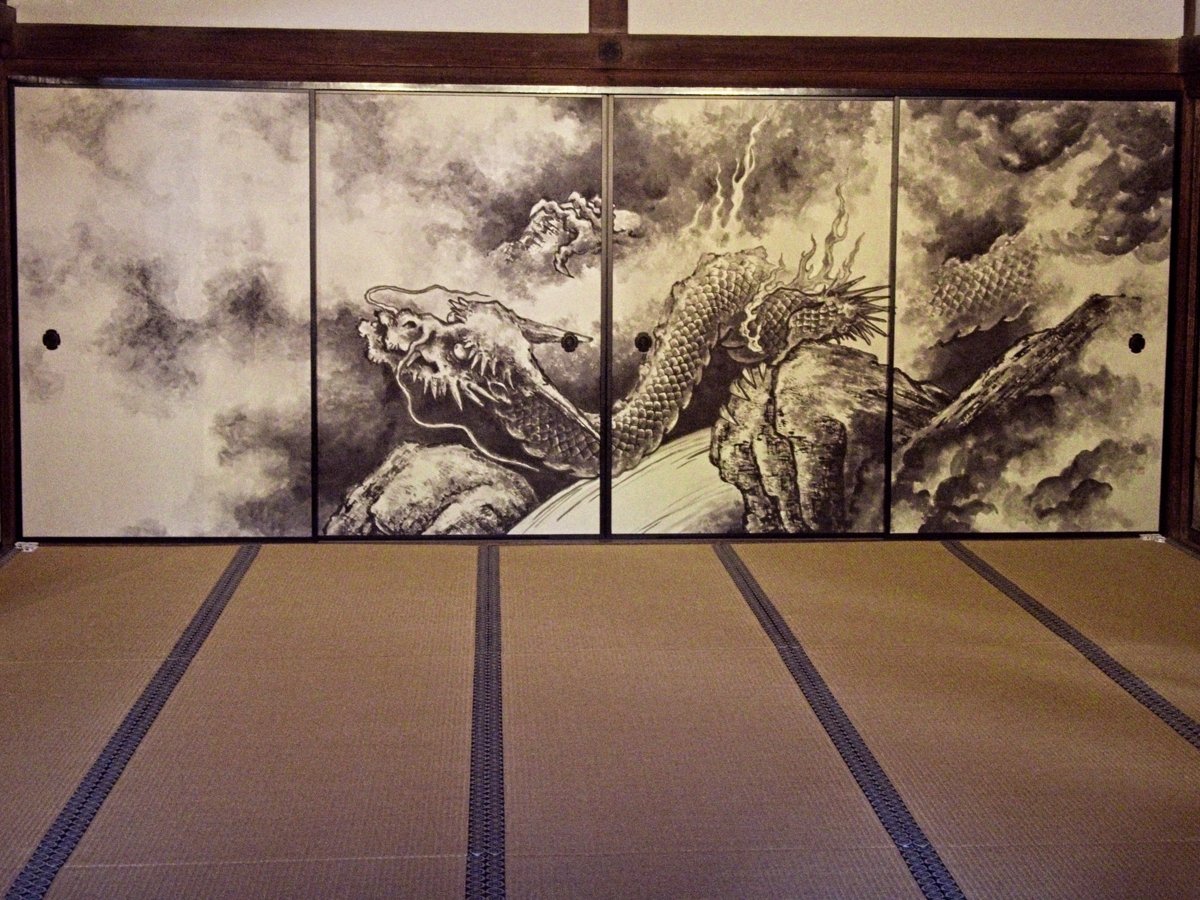
Dramatic murals inside.



The rock garden is minimalist !

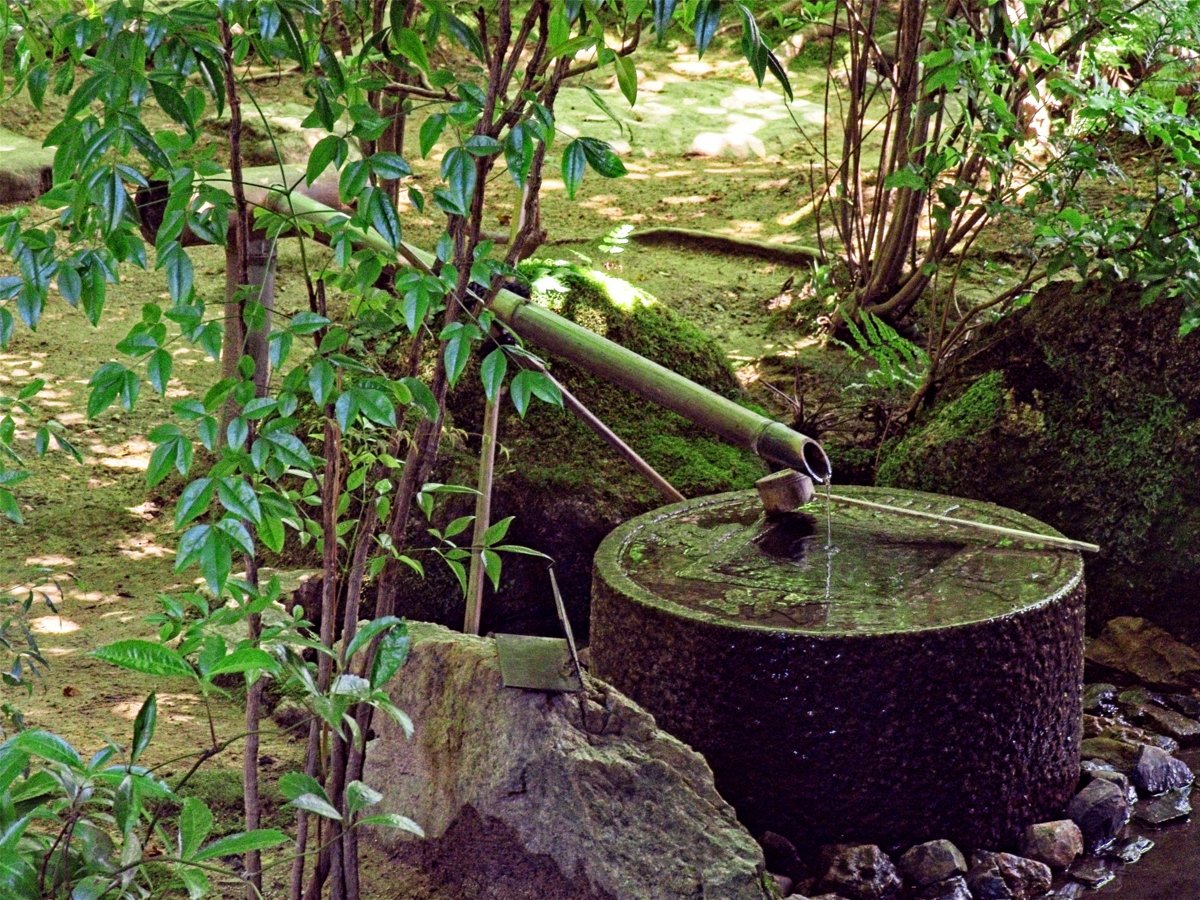
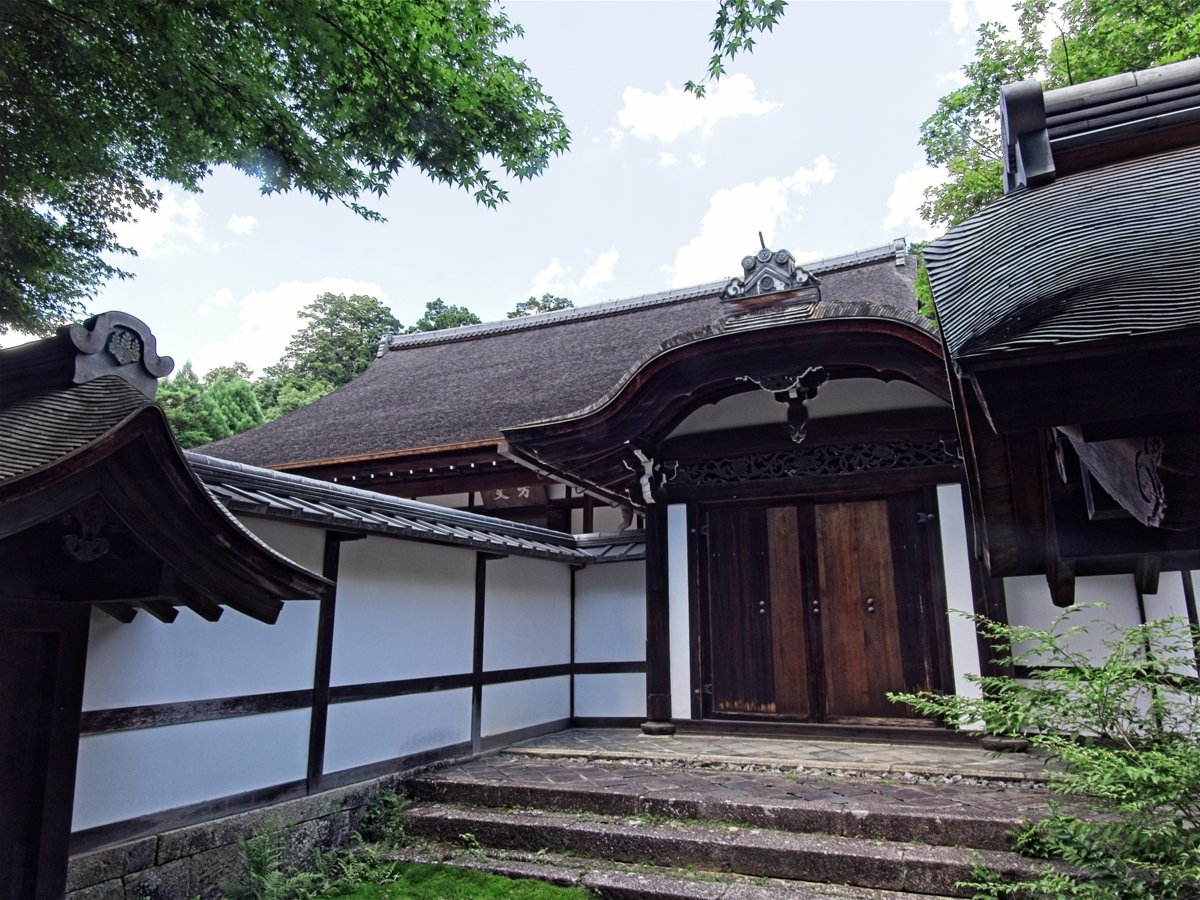



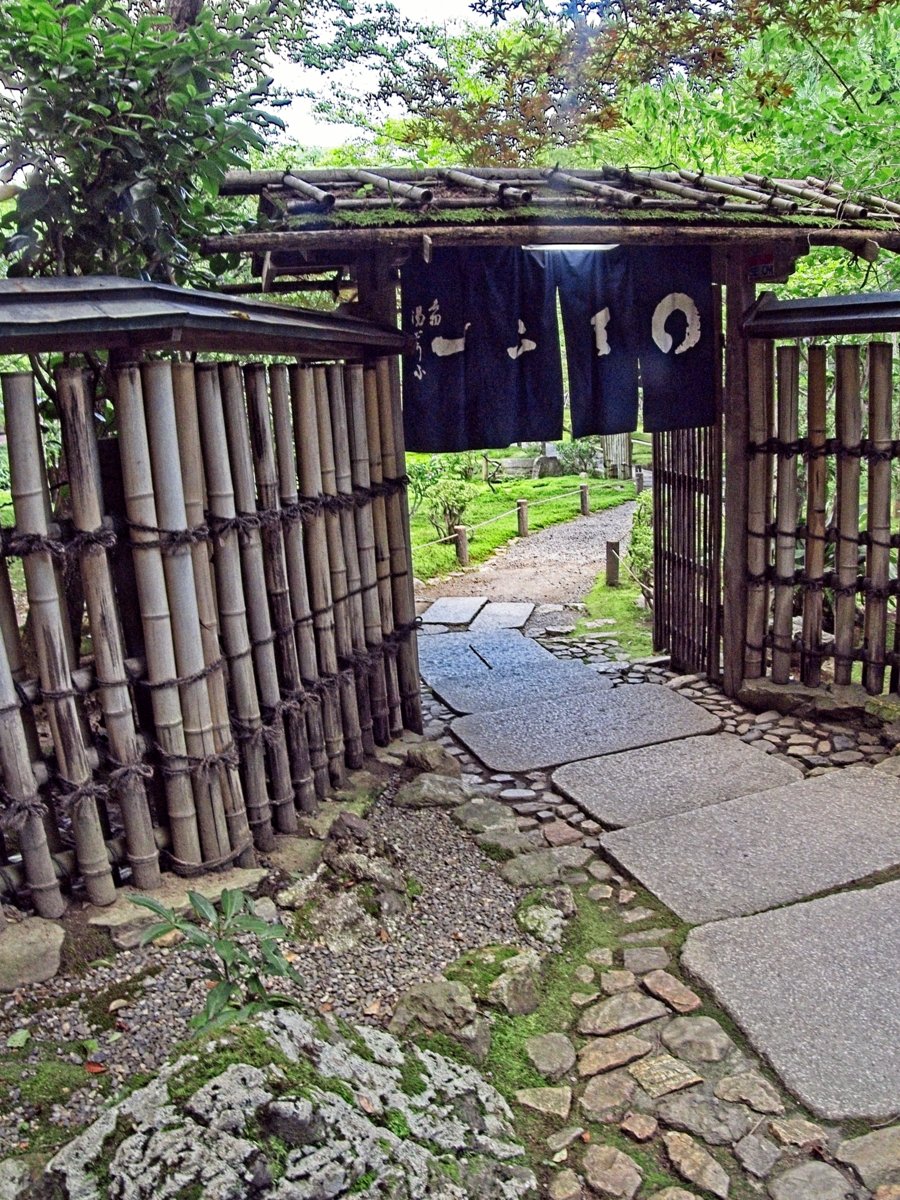




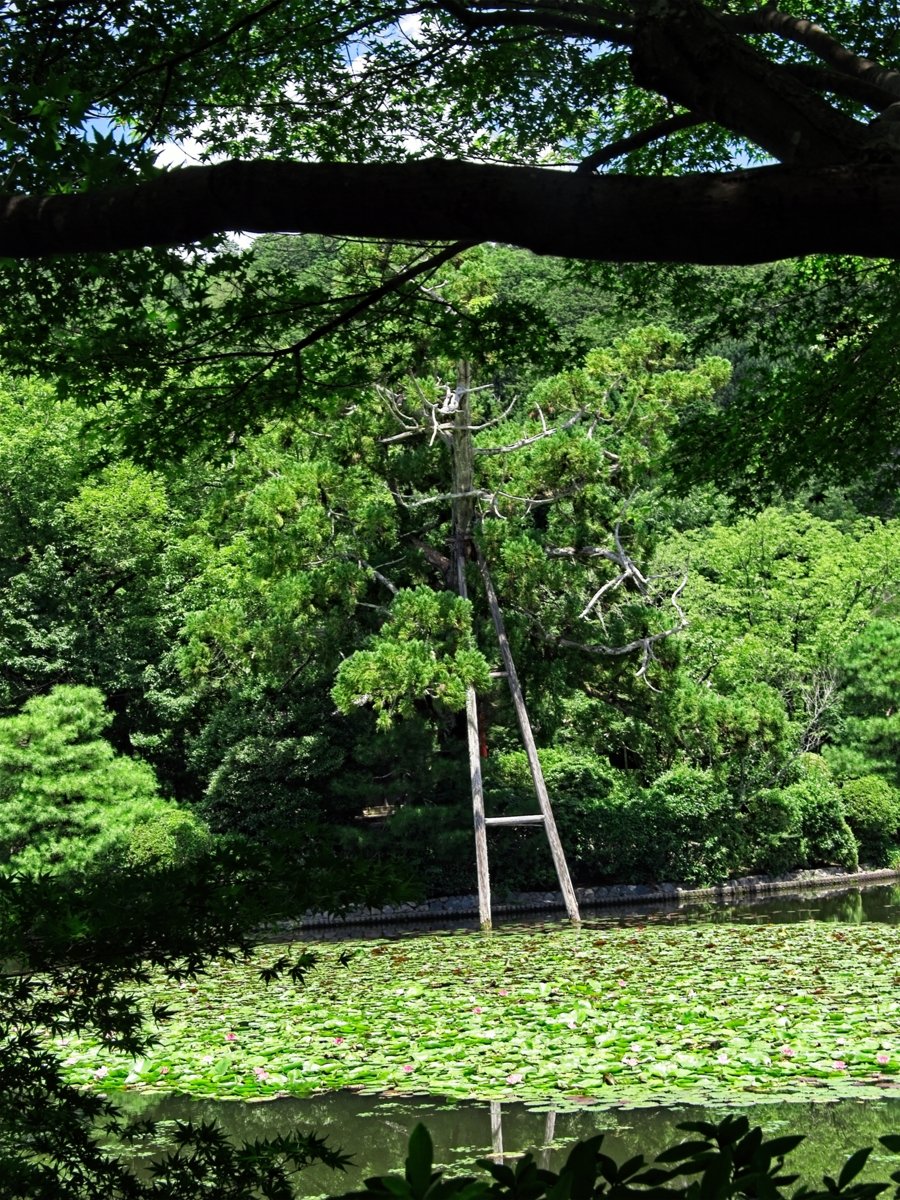


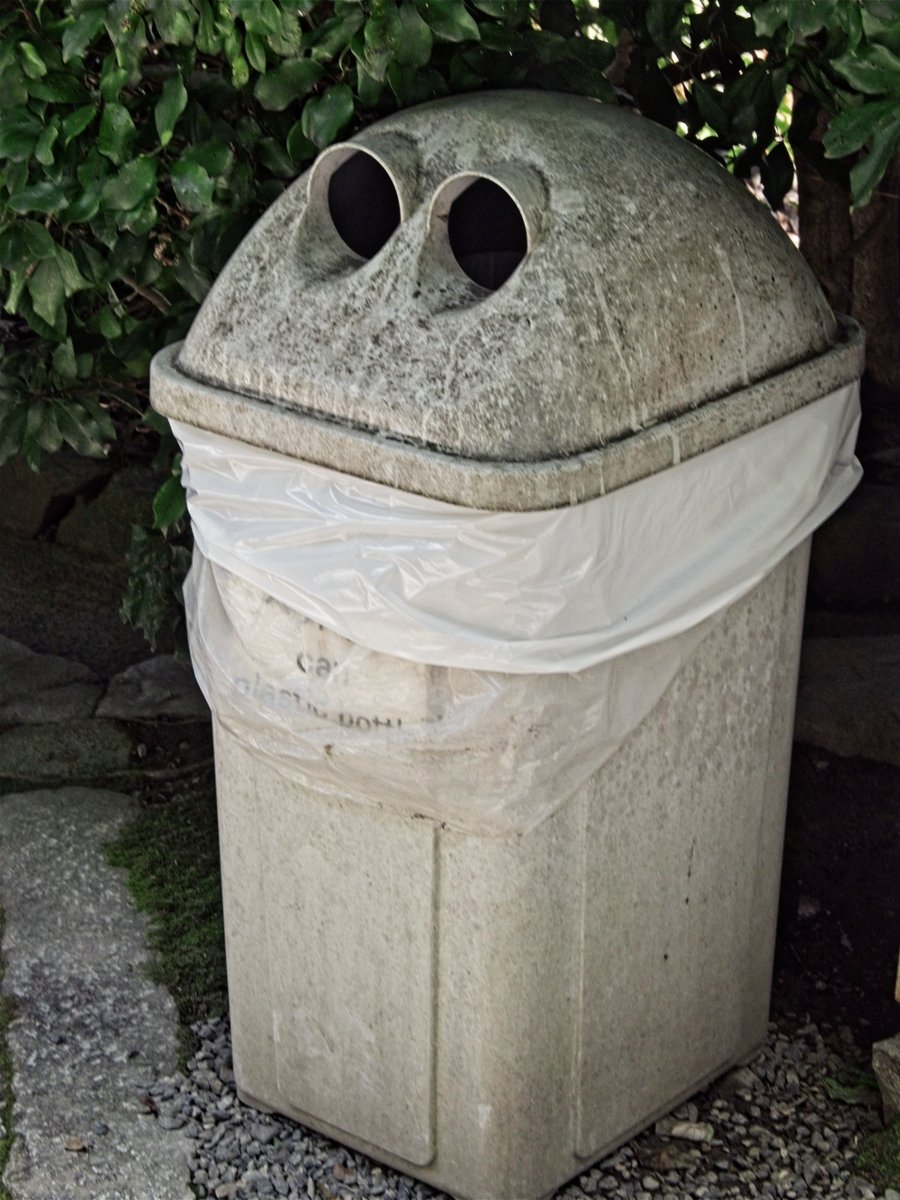
Funny waste bin
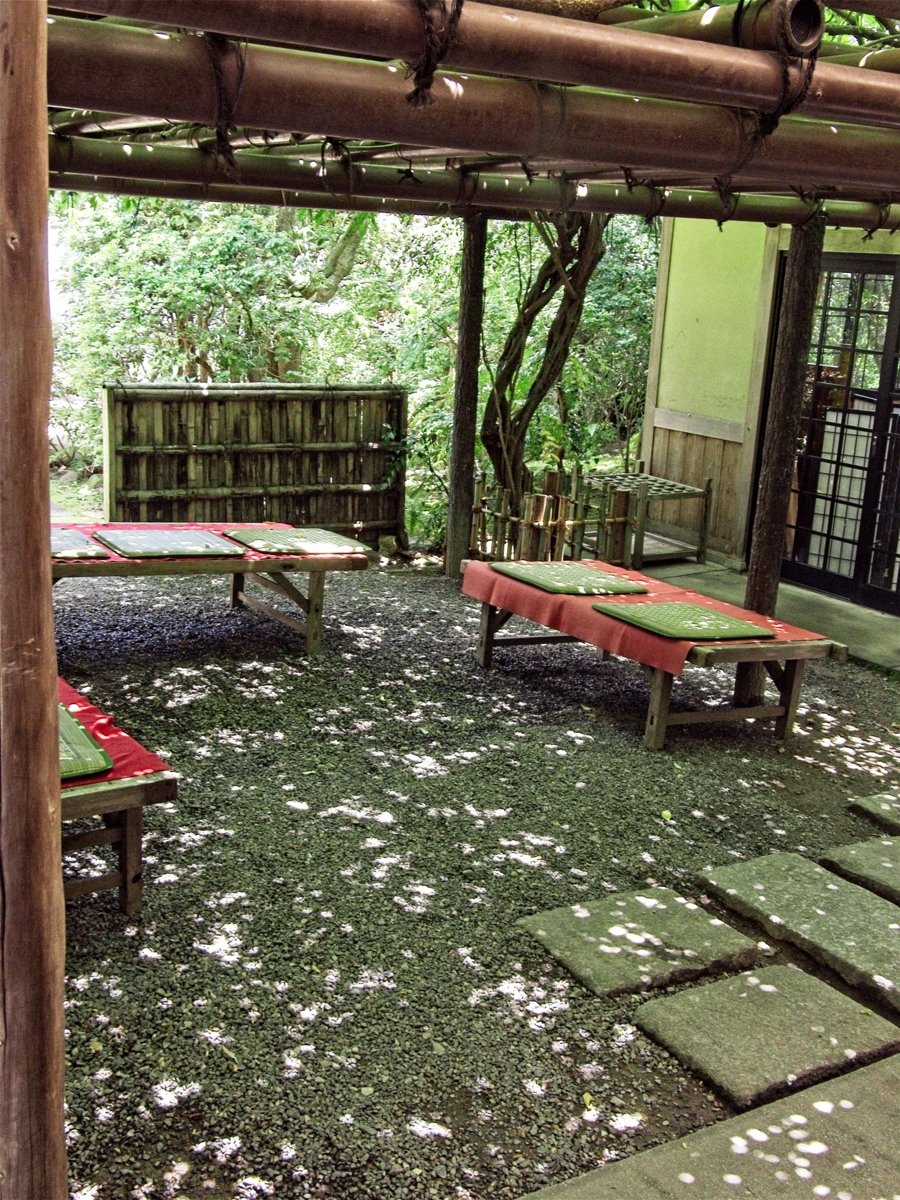
Quiet cafe area
KIOMIZUDERA TEMPLE
Kiyomizudera (literally "Pure Water Temple") is one of the most celebrated temples of Japan. It was founded in 780 on the site of the Otowa Waterfall in the wooded hills east of Kyoto, and derives its name from the fall's pure waters. The temple was originally associated with the Hosso sect, one of the oldest schools within Japanese Buddhism, but formed its own Kita Hosso sect in 1965. In 1994, the temple was added to the list of UNESCO World Heritage Sites.
Kiyomizudera is best known for its wooden stage that juts out from its main hall, 13 meters above the hillside. The stage affords nice views of the numerous cherry and maple trees below that erupt in a sea of colour in spring and fall, as well as of the city of Kyoto in the distance. The main hall, which together with the stage was built without the use of nails, houses the temple's primary object of worship, a small statue of the eleven faced, thousand armed Kannon.
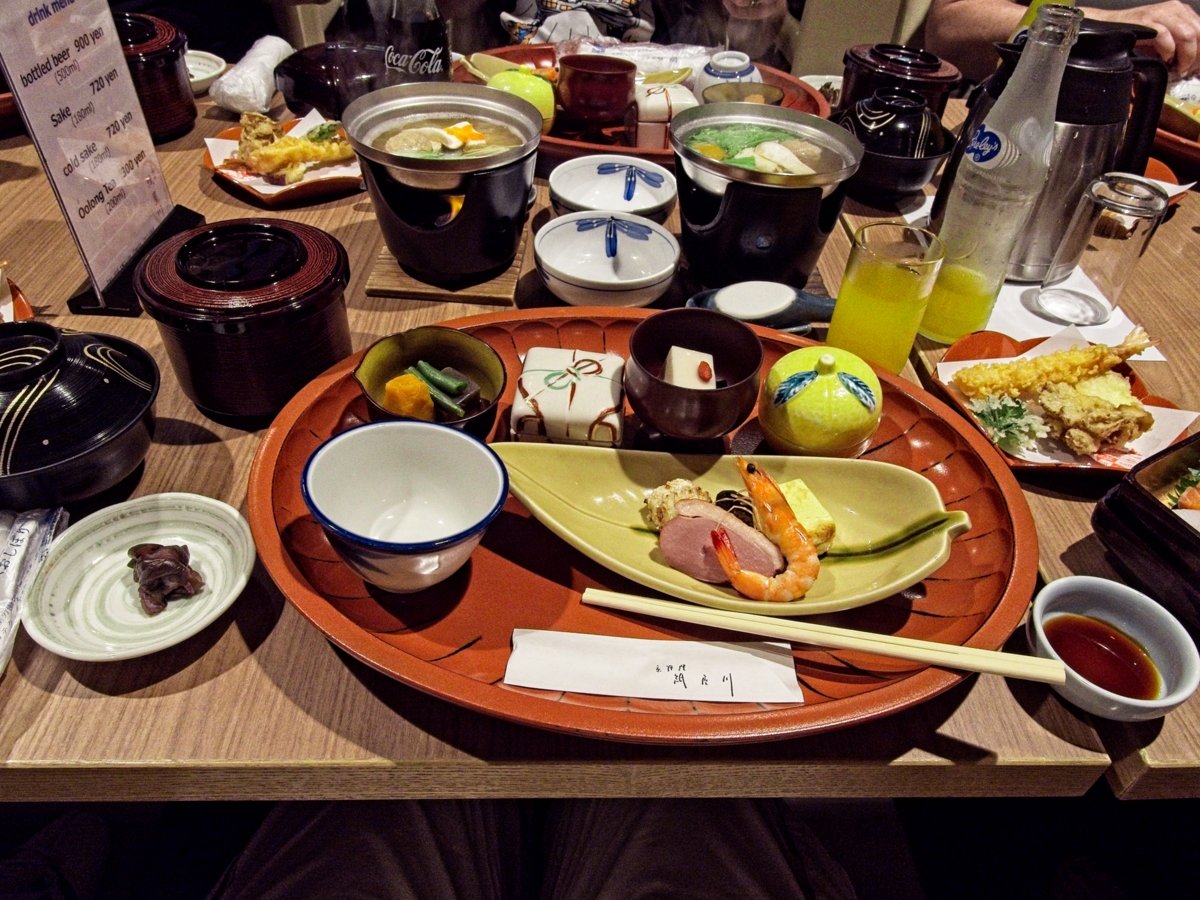
A lovely Japanese lunch
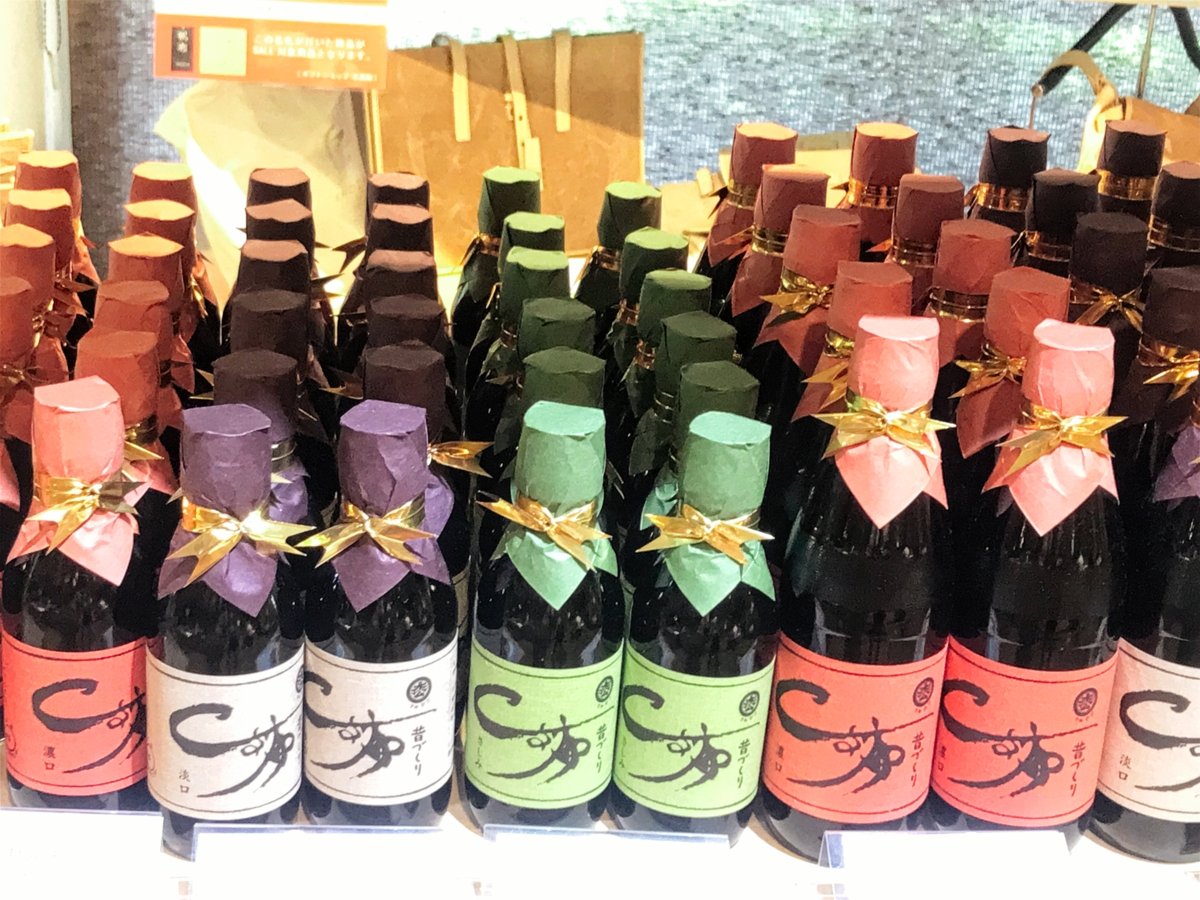
Beautifully presented goods in the shop

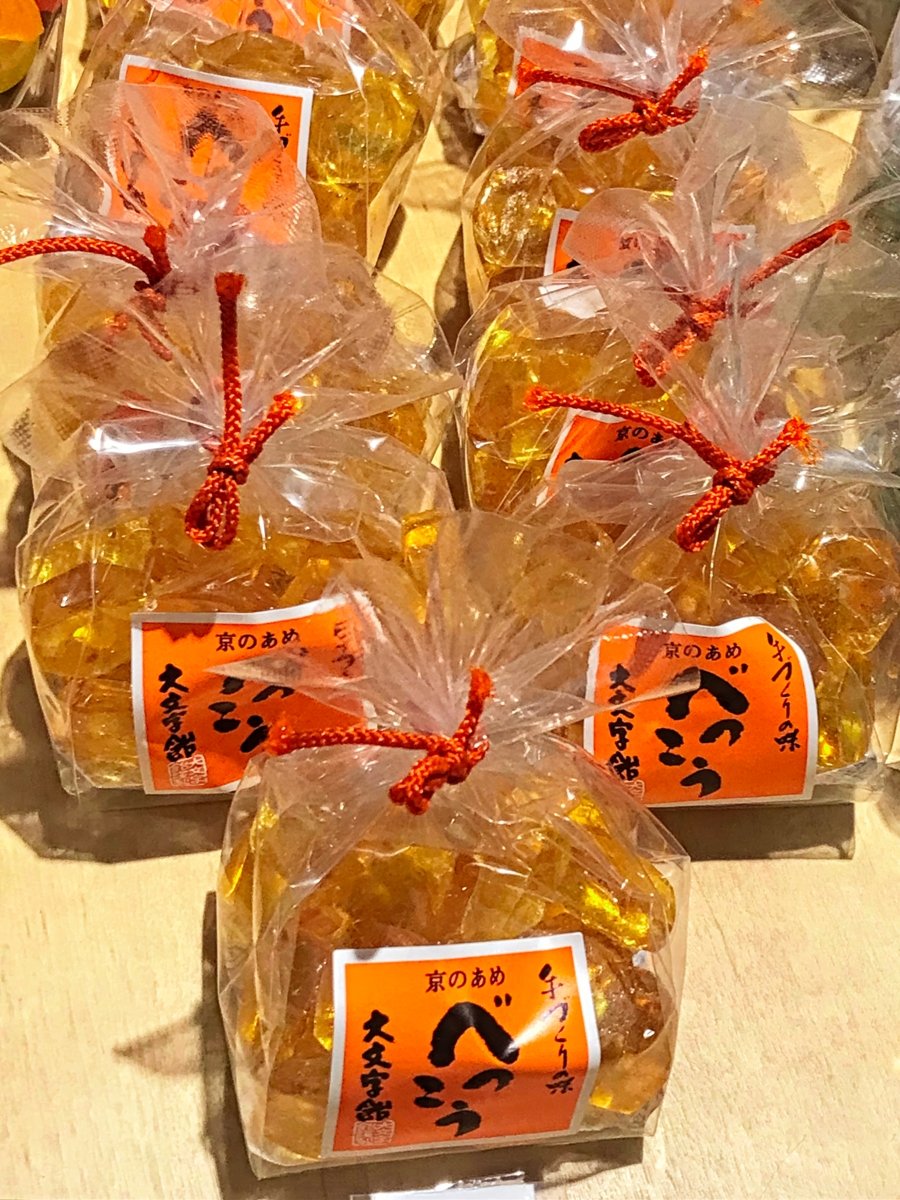
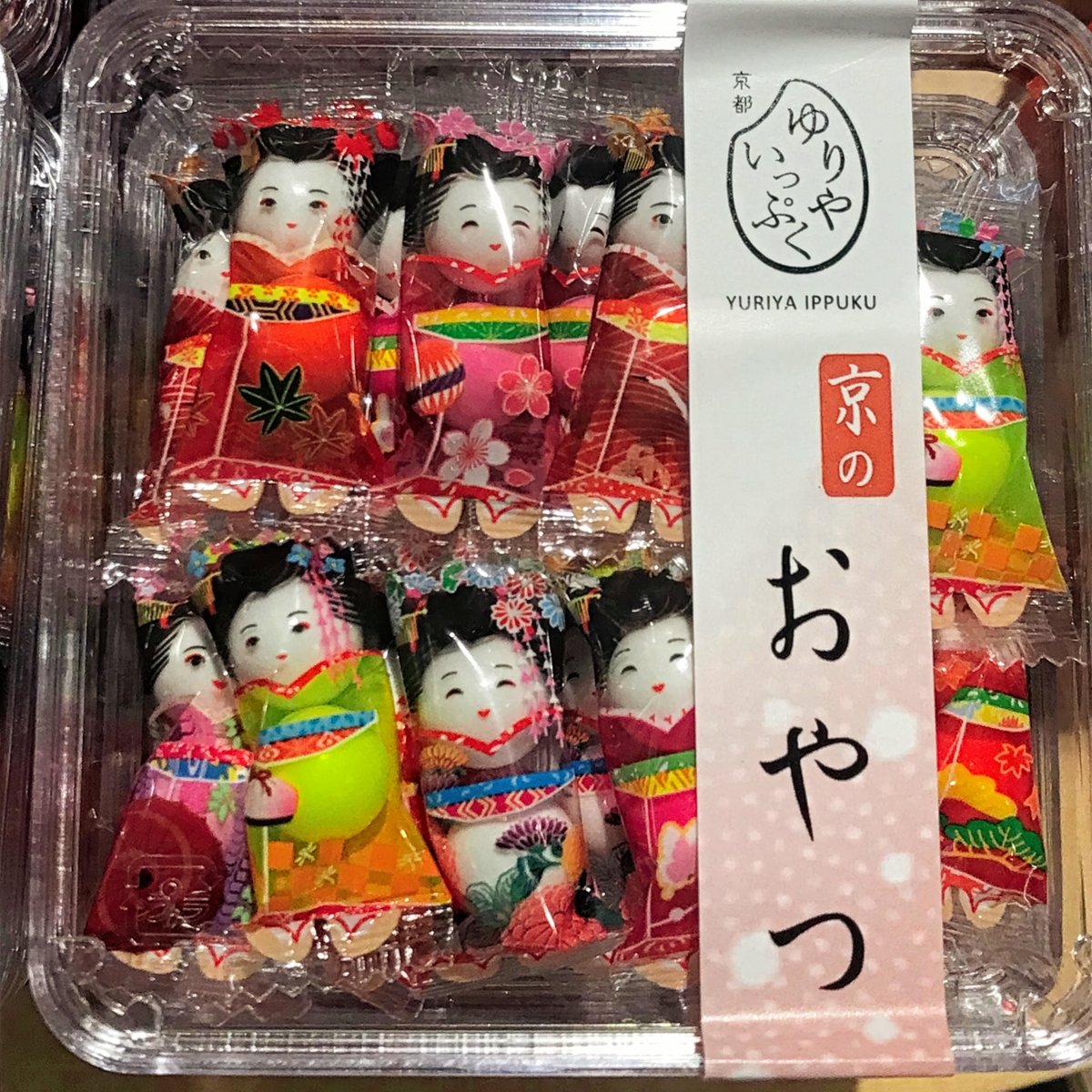

Colourful kimono
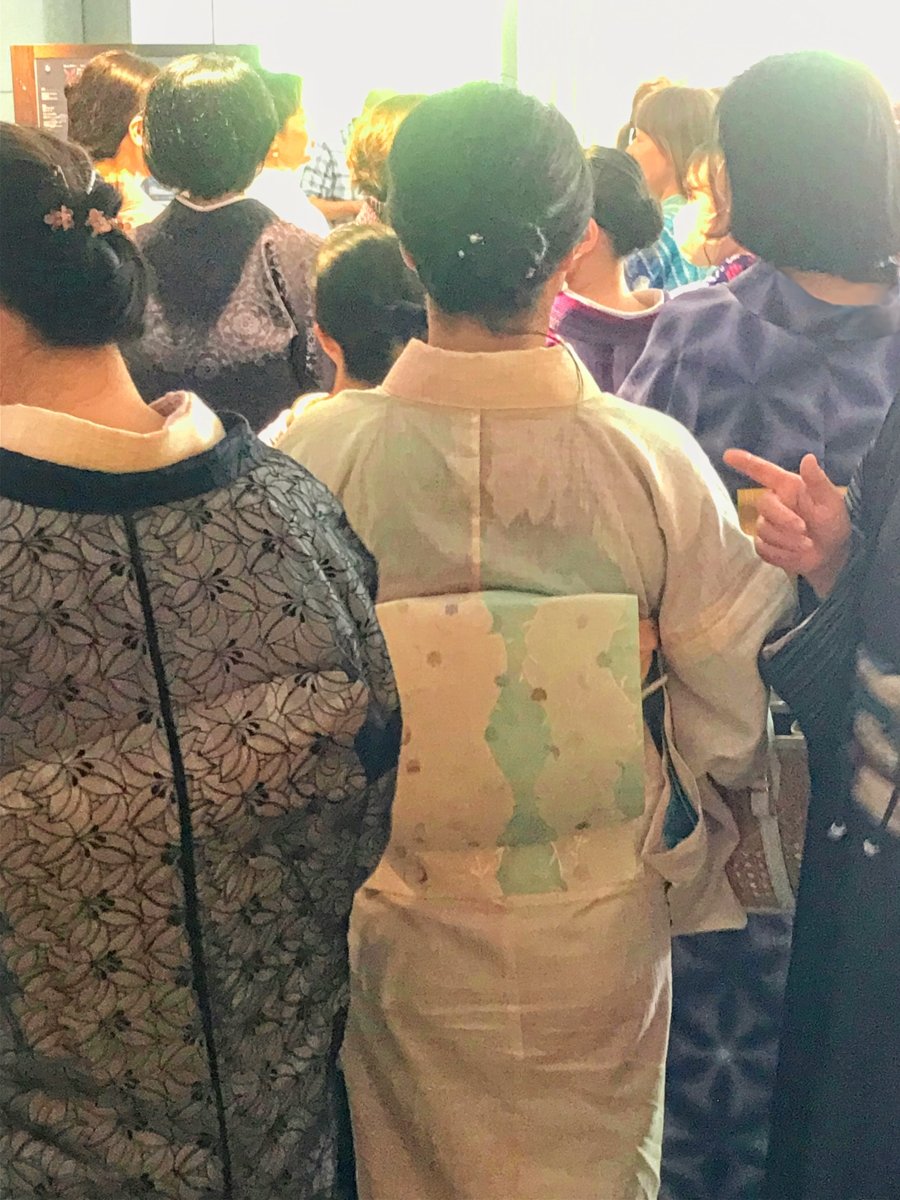
A group of kimono clad visitors
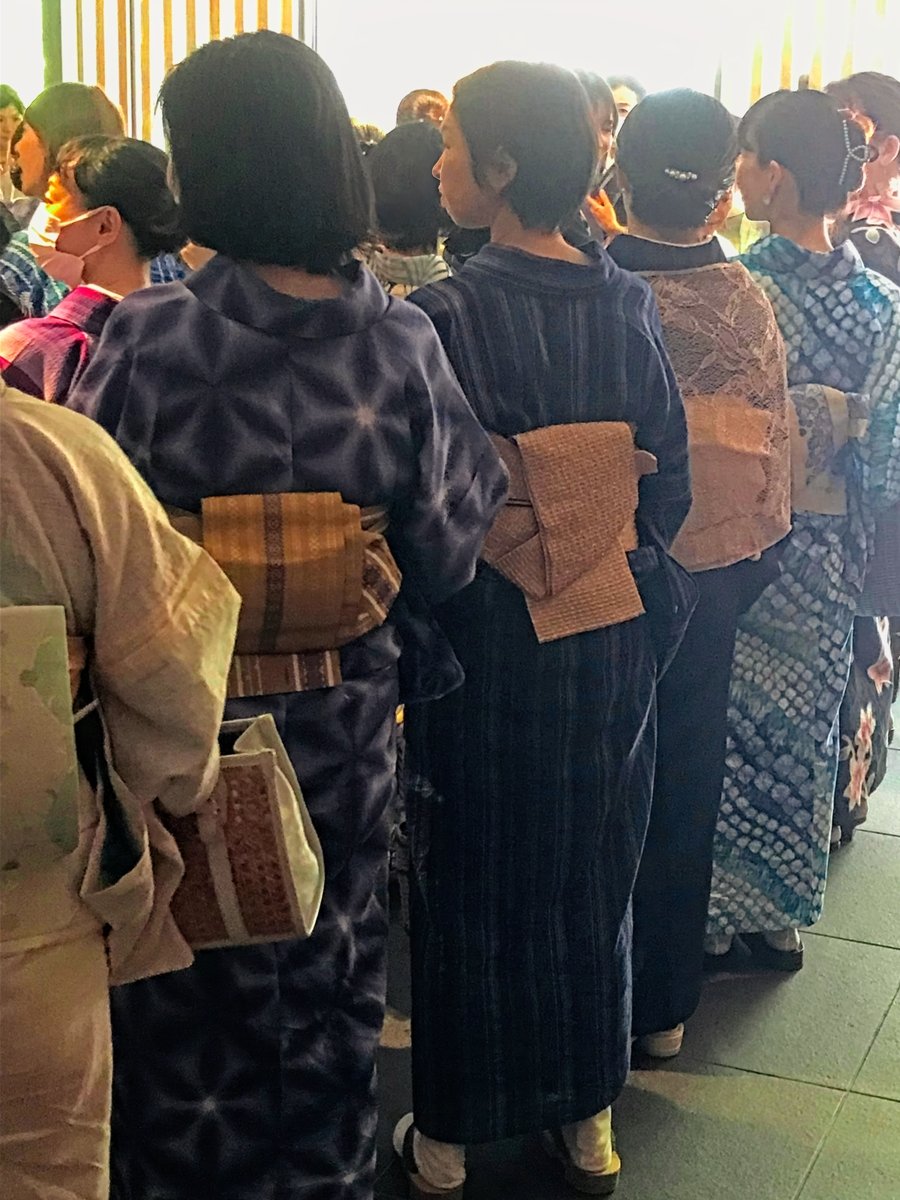

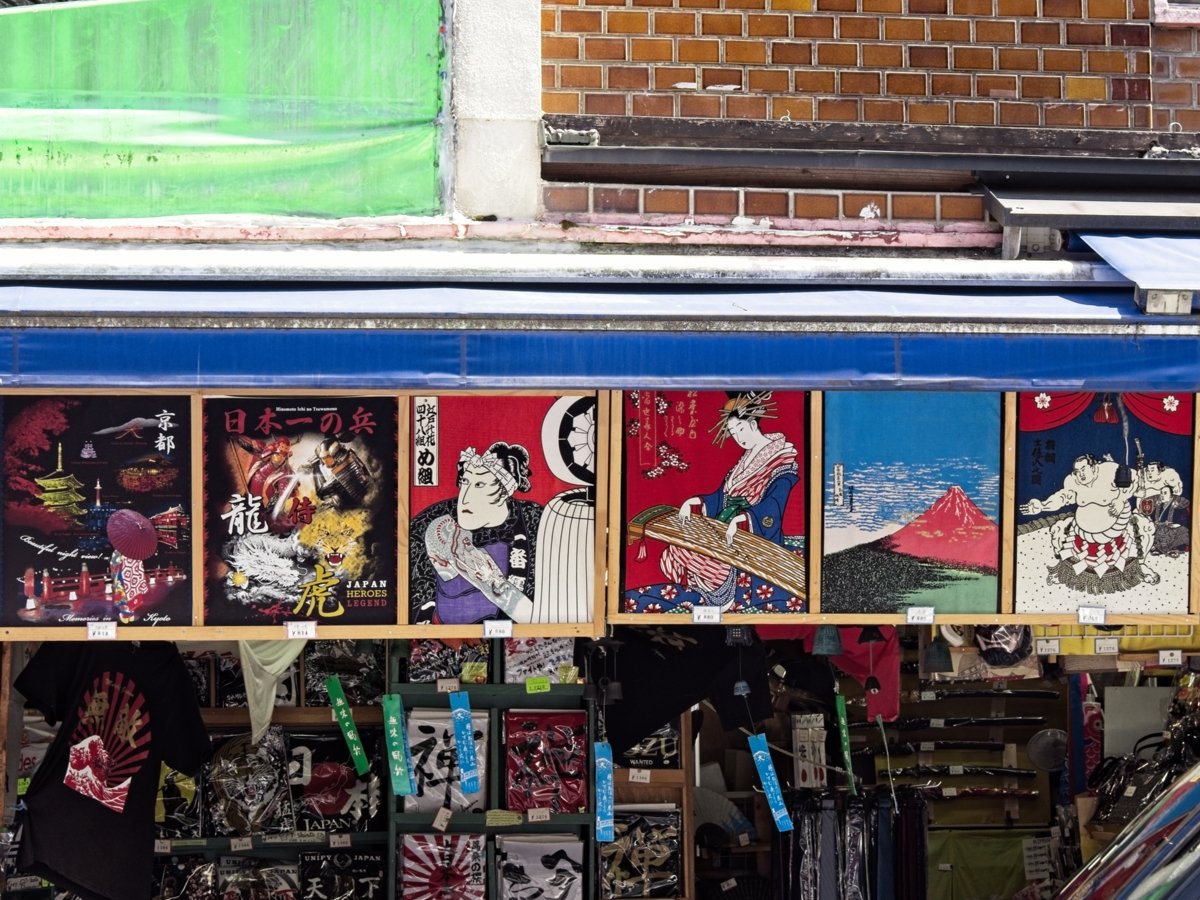
Street leading to the temple
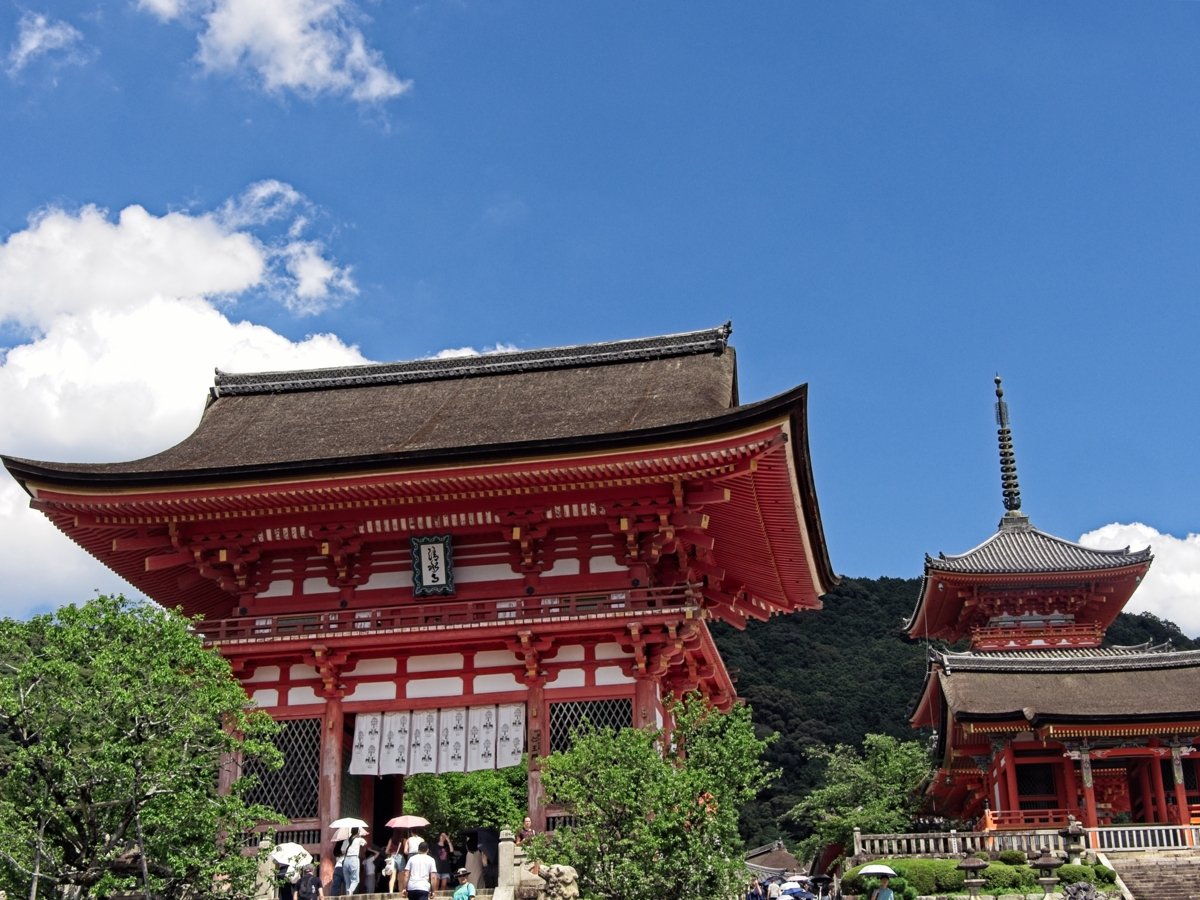
The temple is impressive as it is set into the hillside
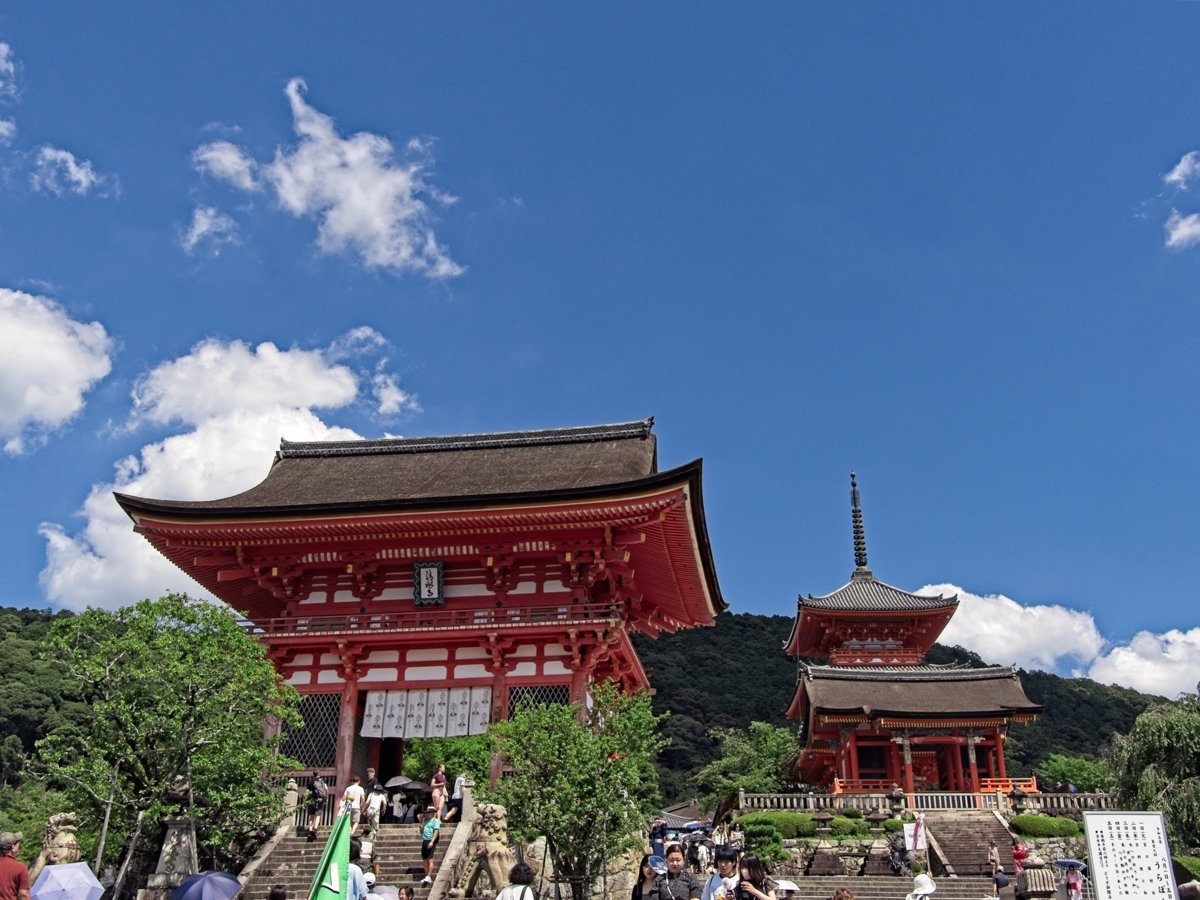

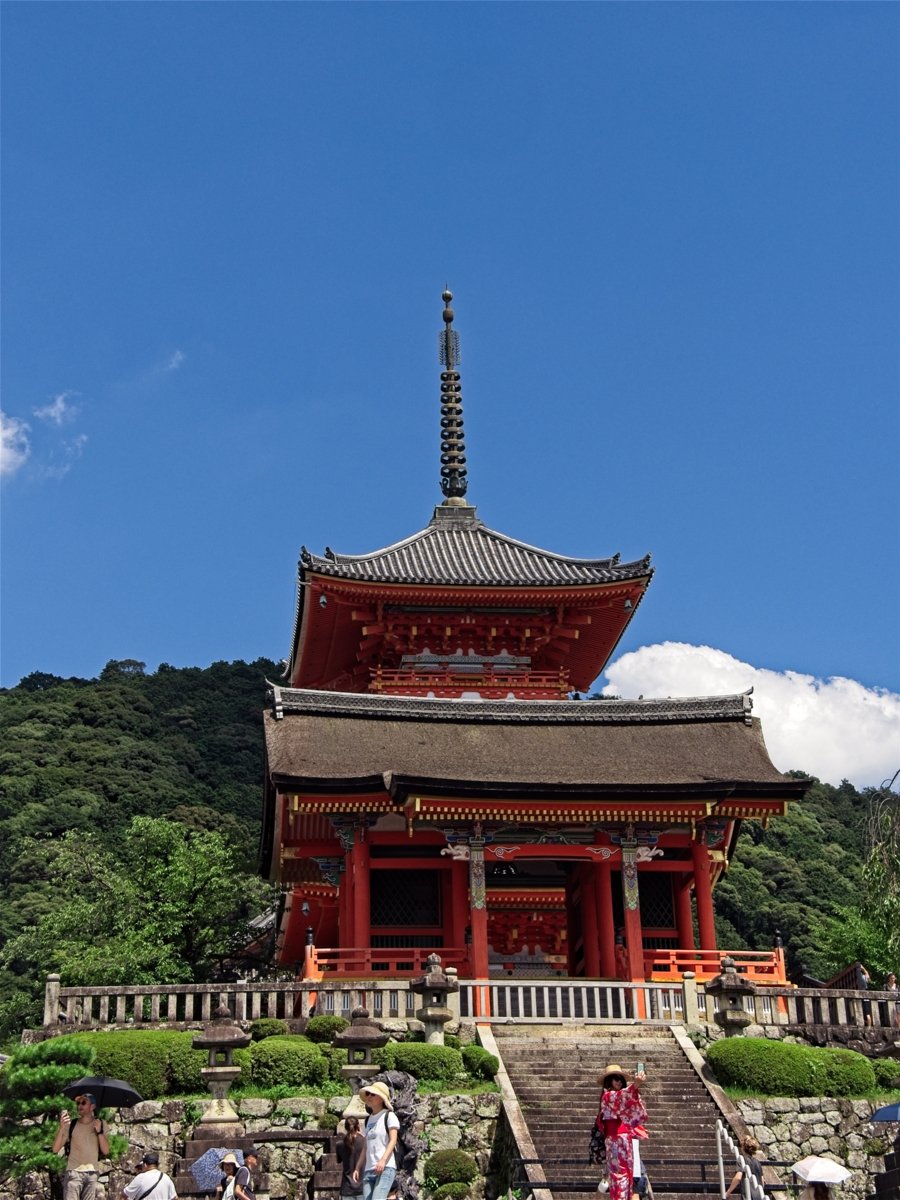
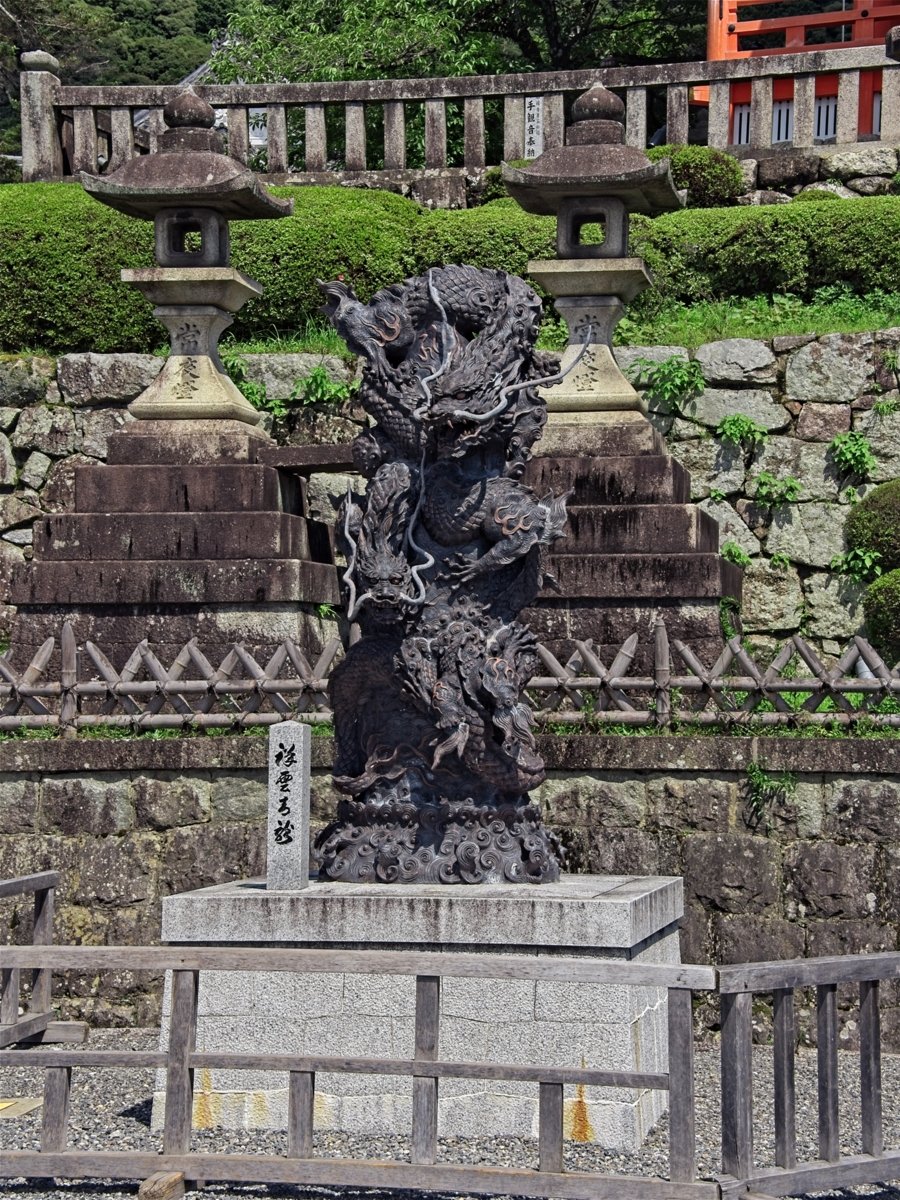

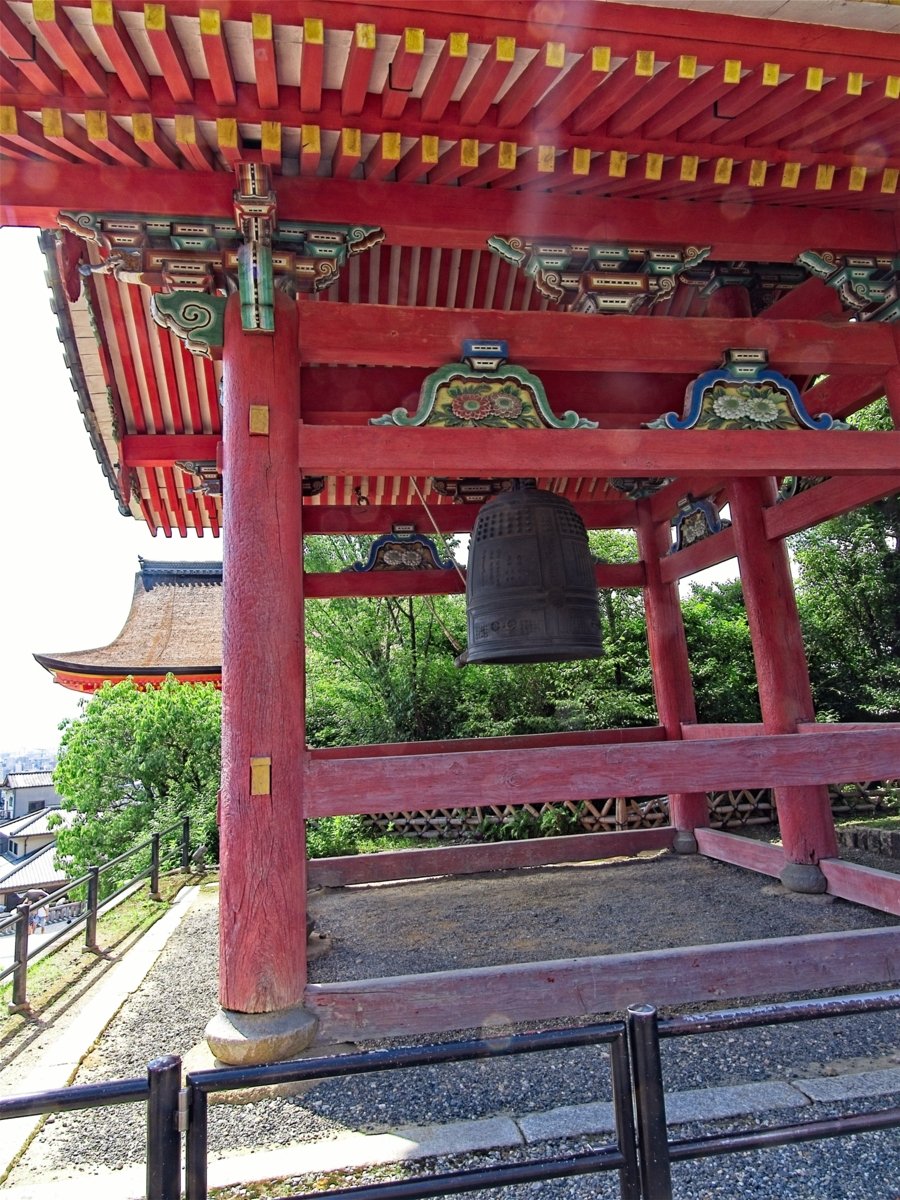

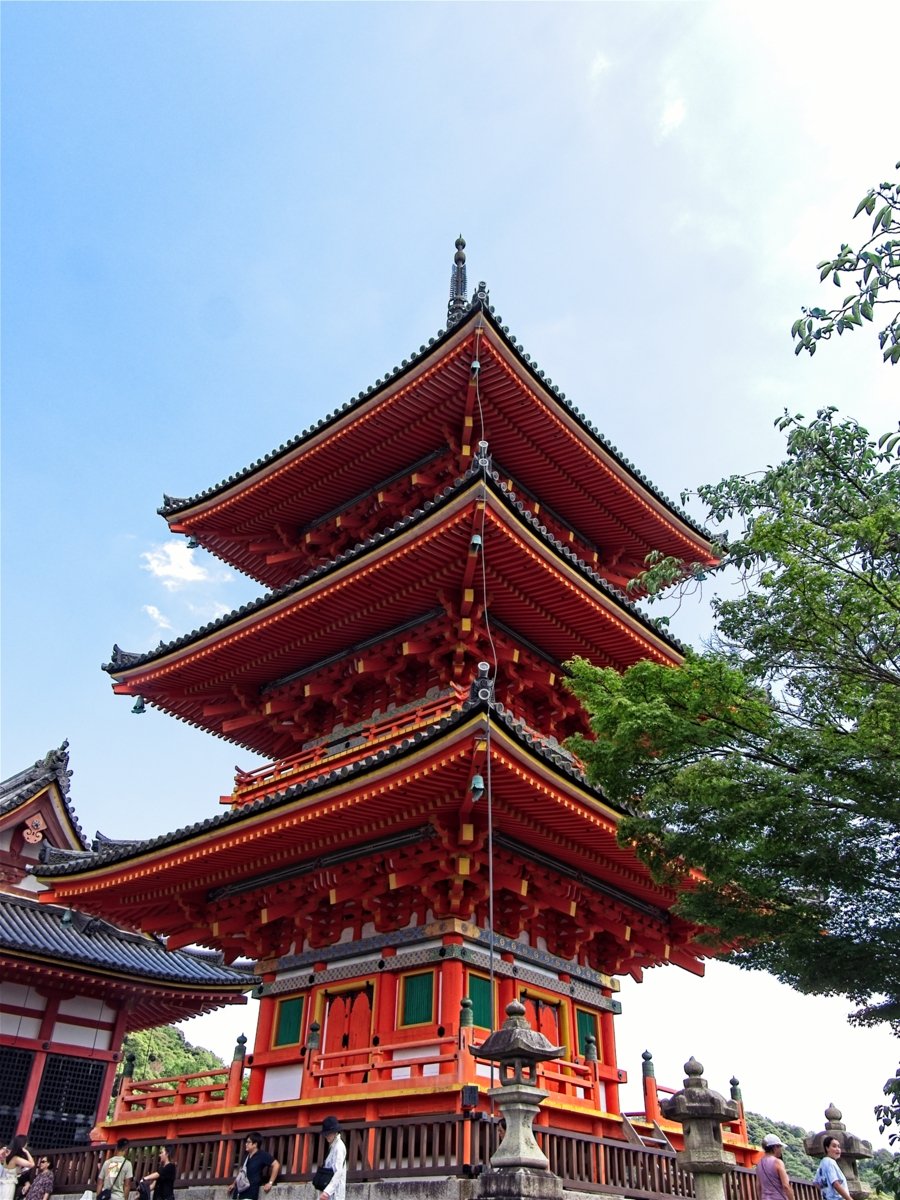
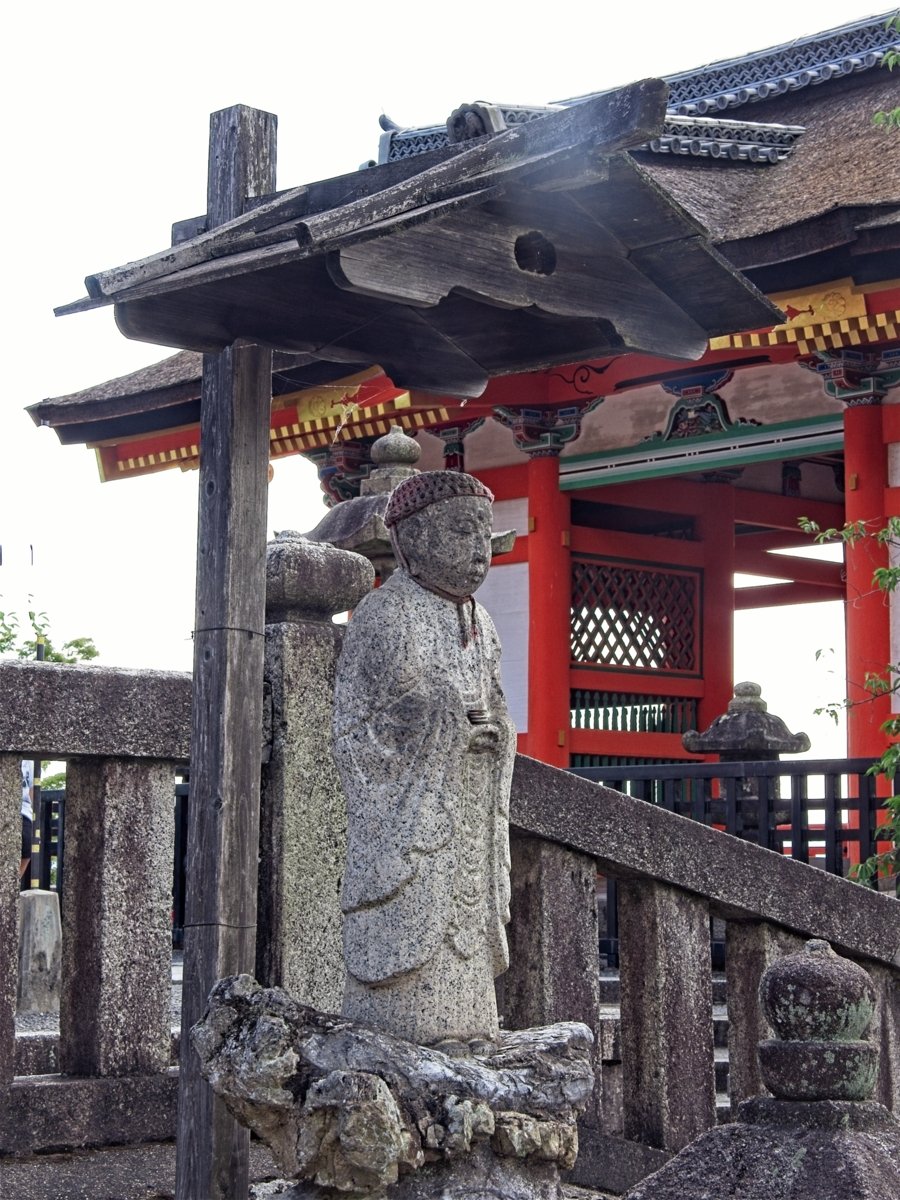
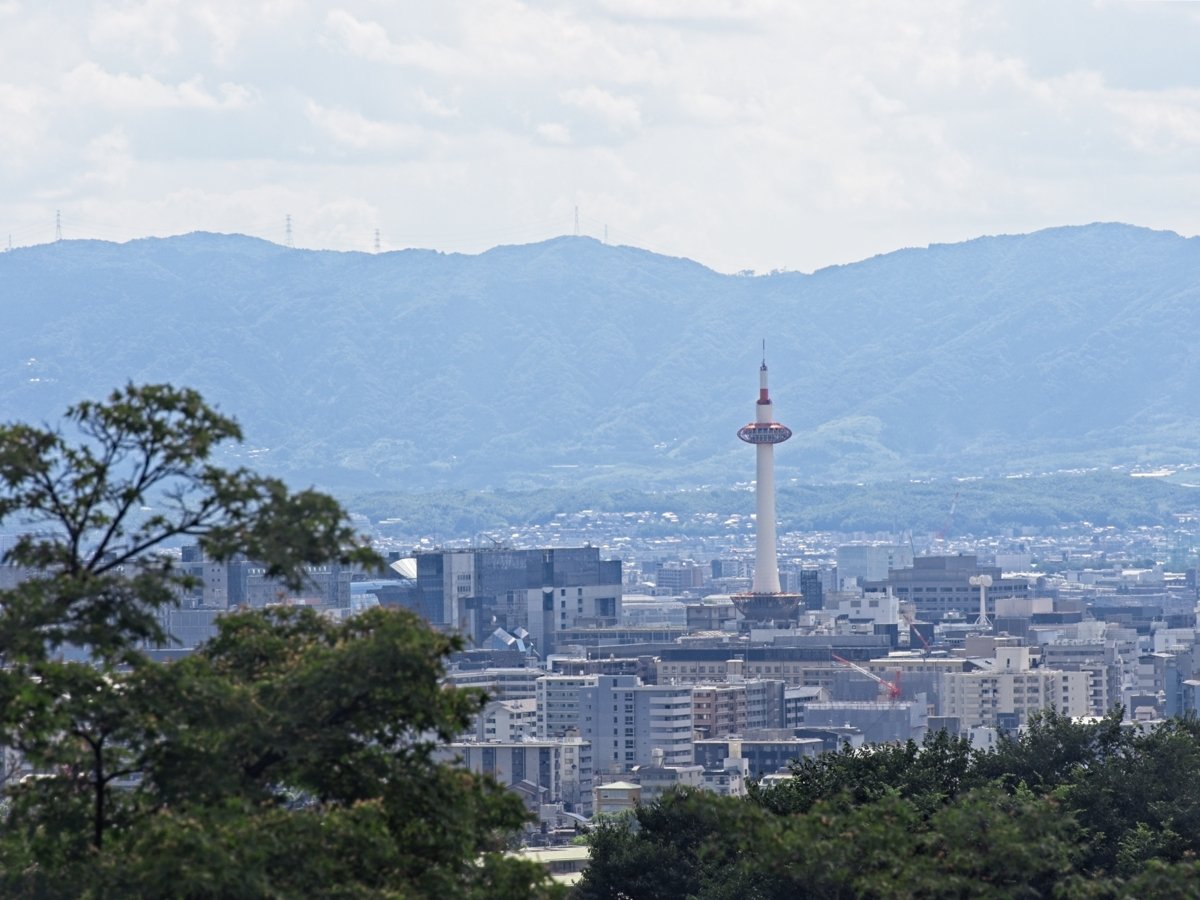
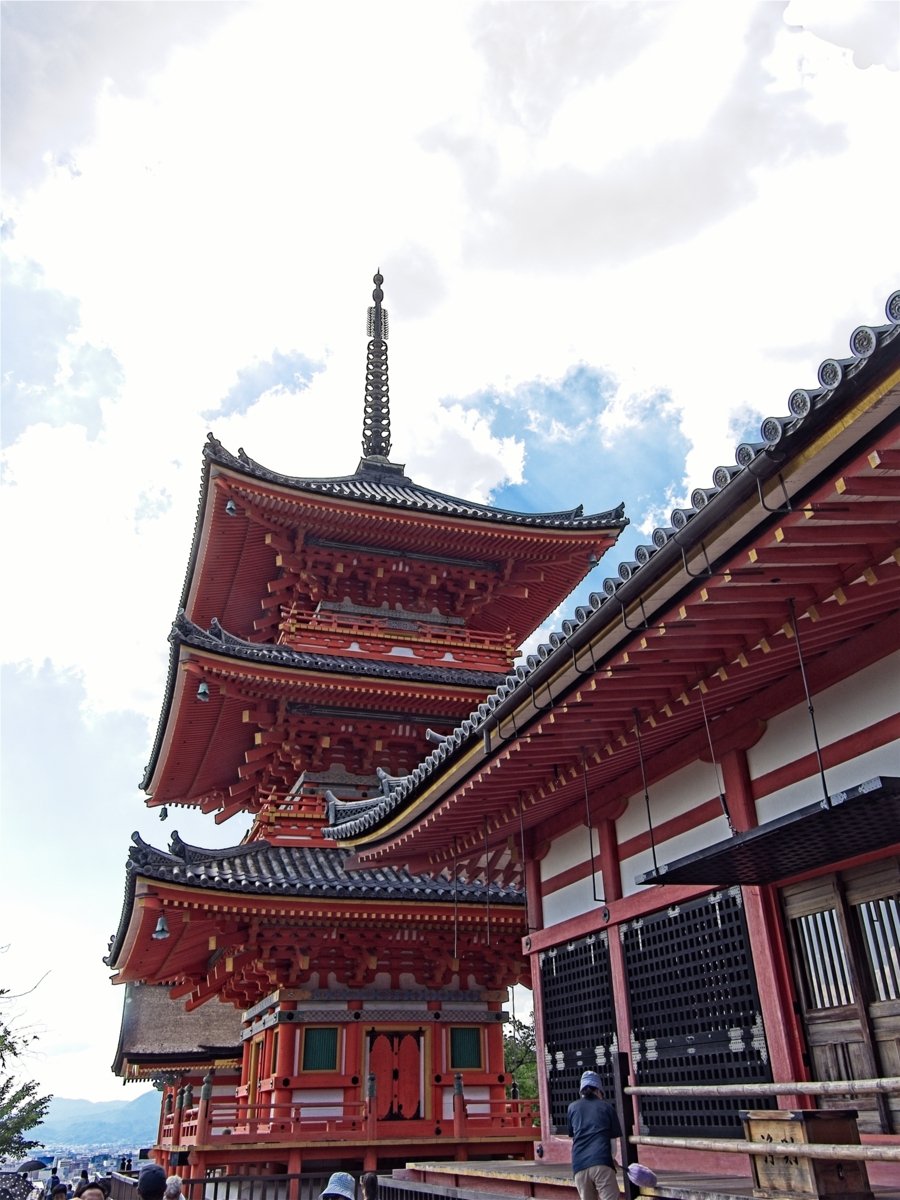
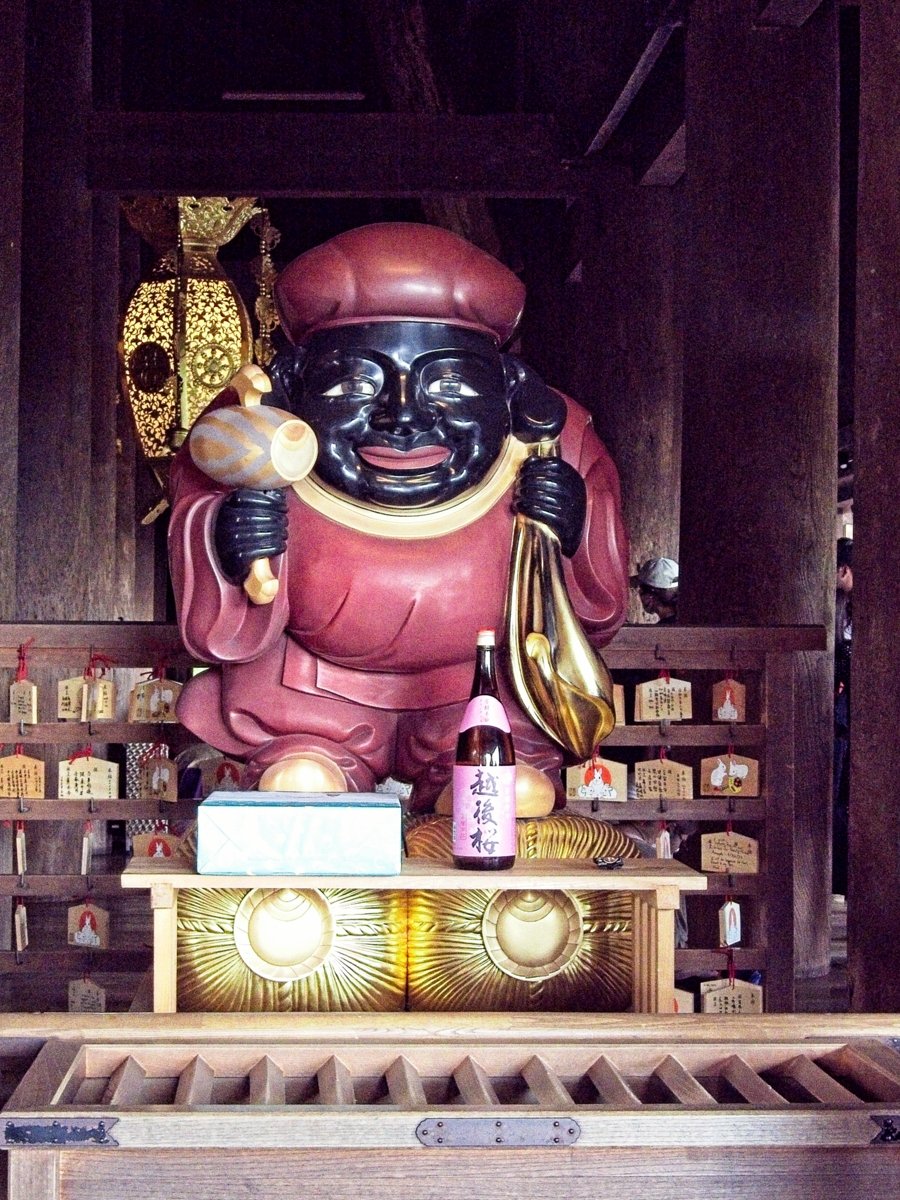

View over Kyoto


Taking the waters


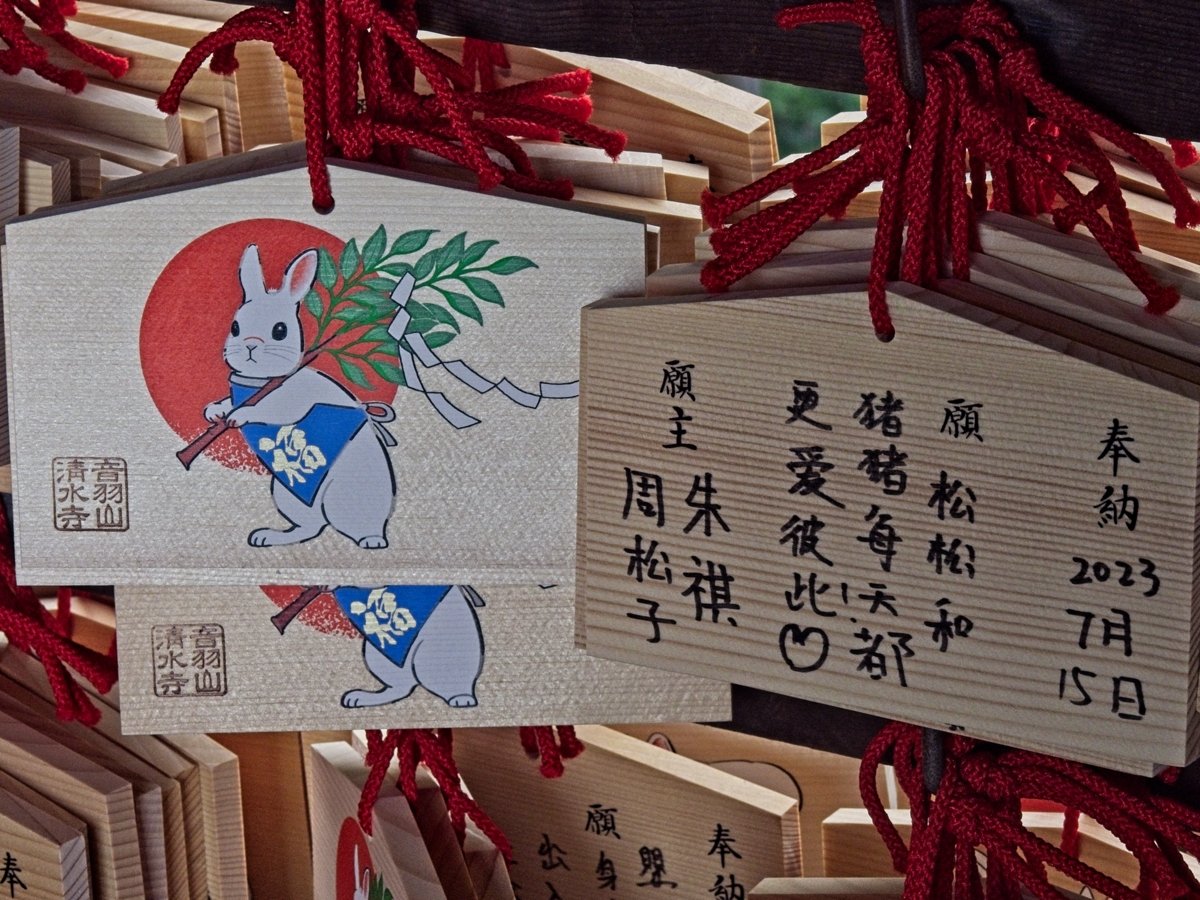

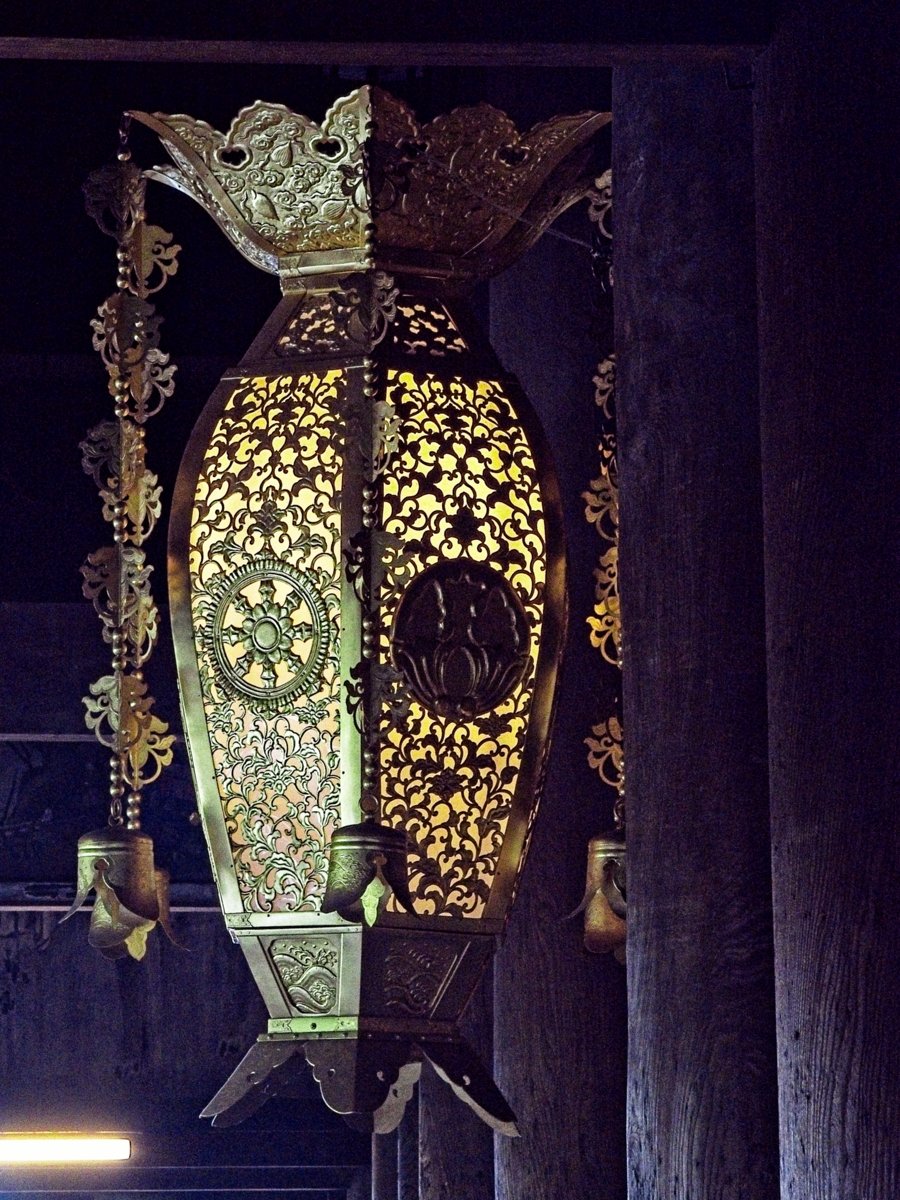

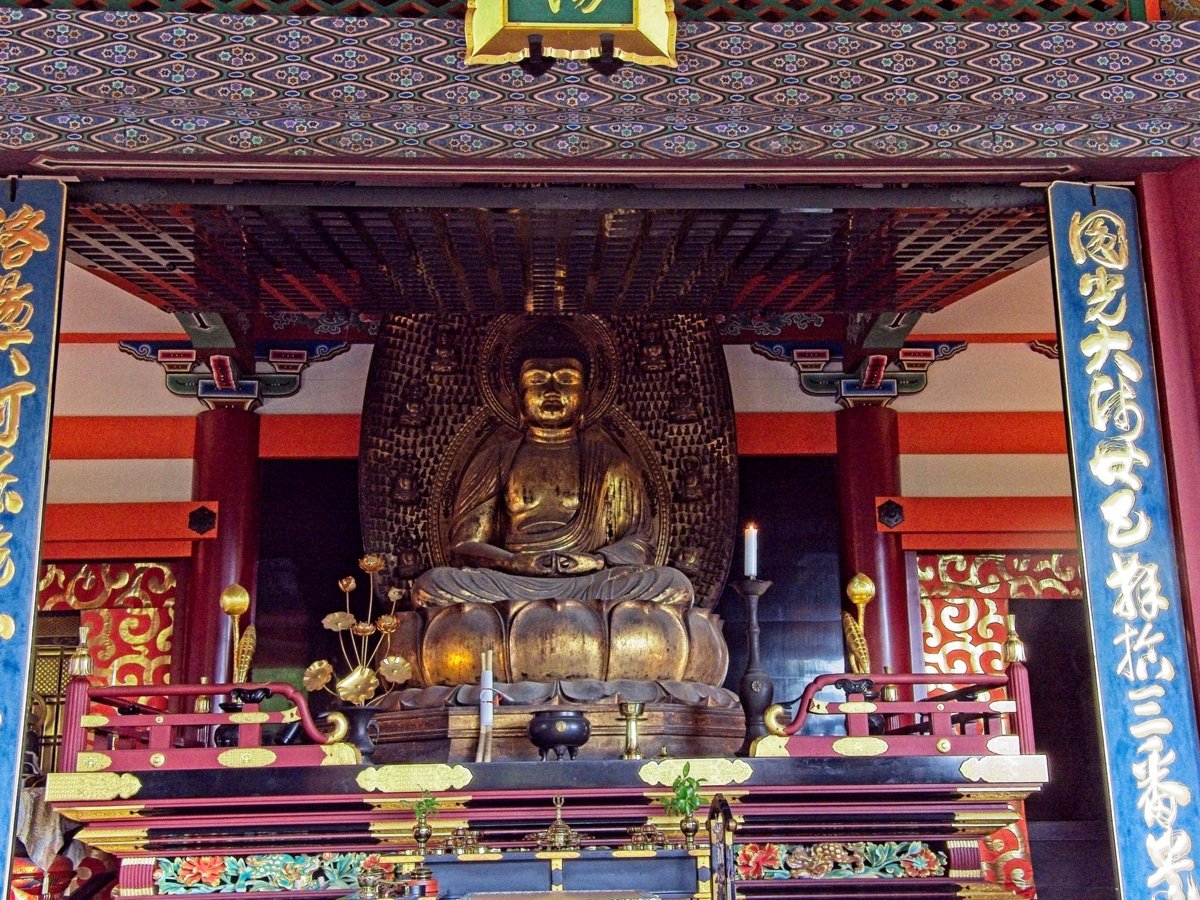
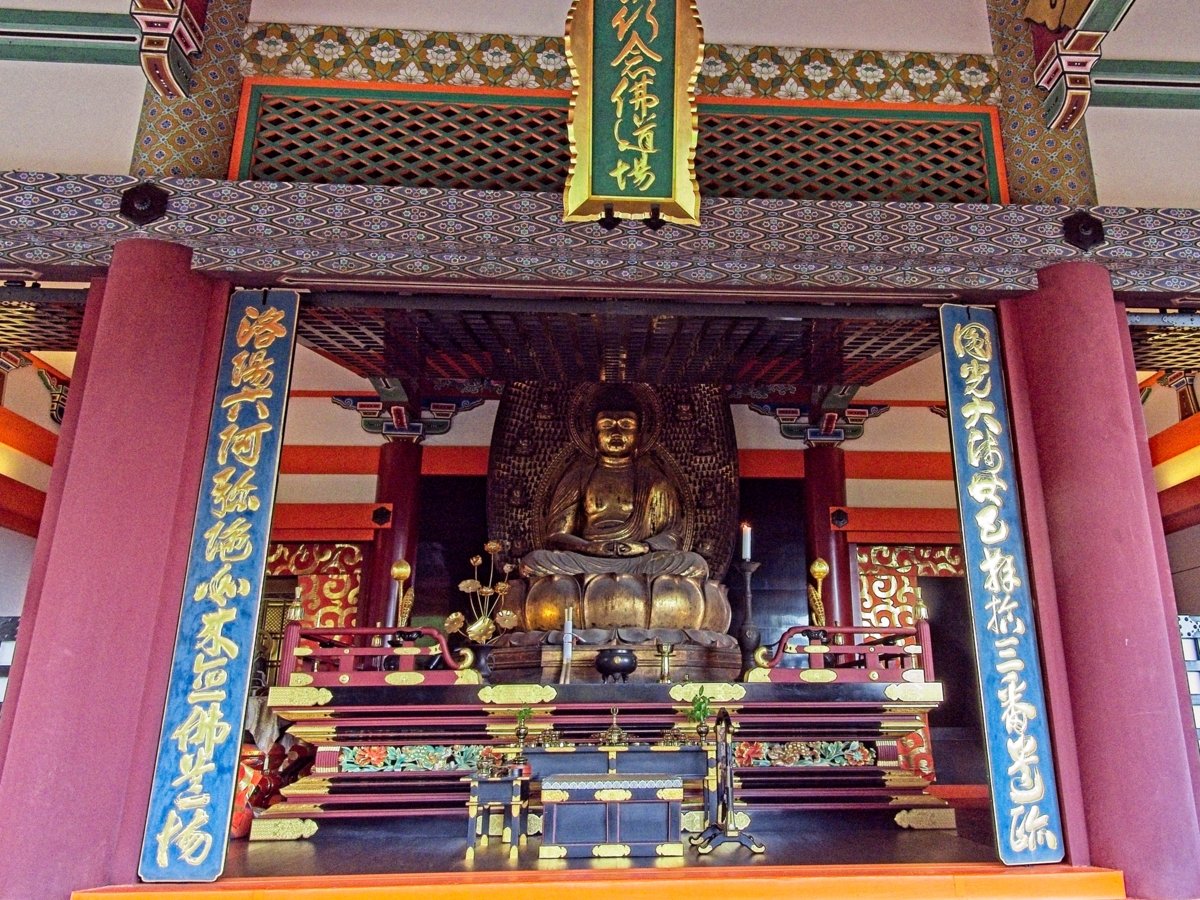




Steps down to the waterfall

Visitors scoop water from the falling water




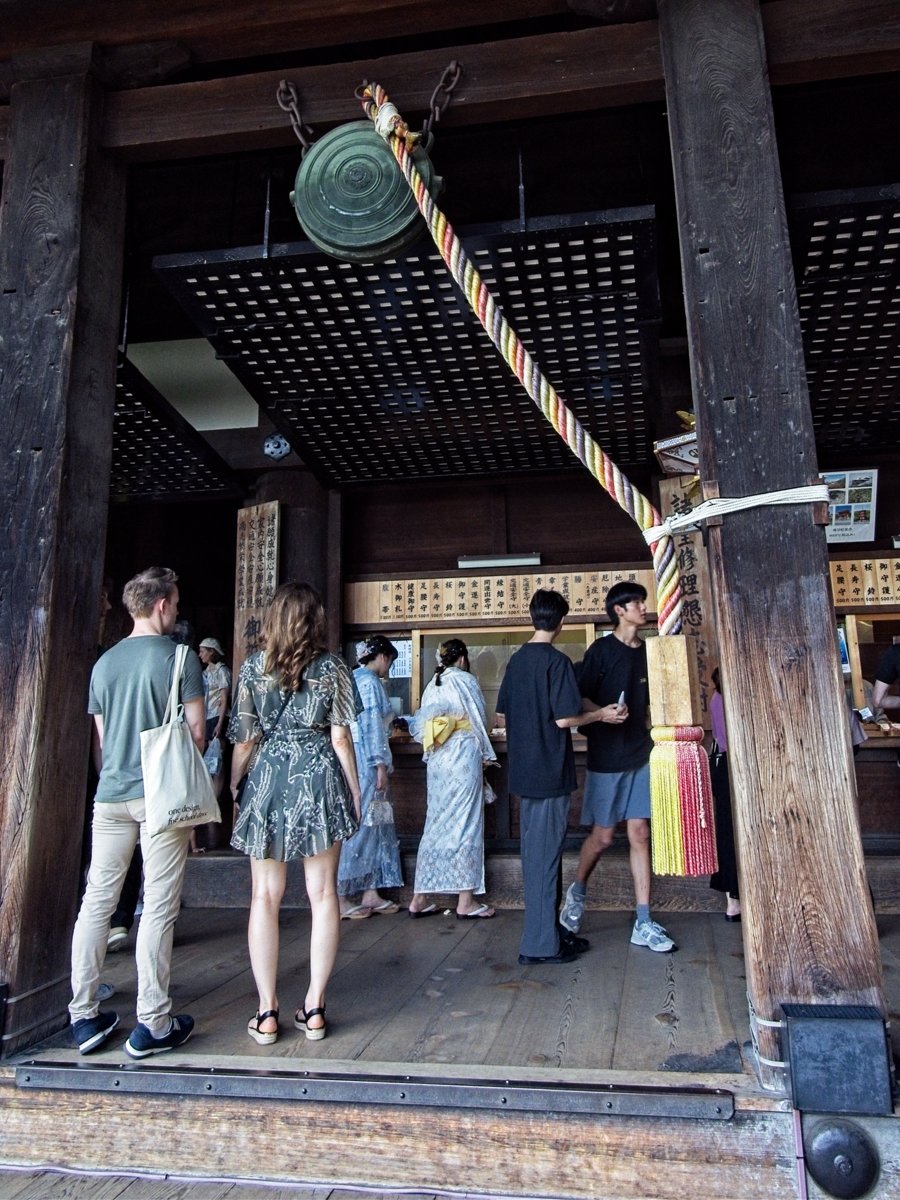
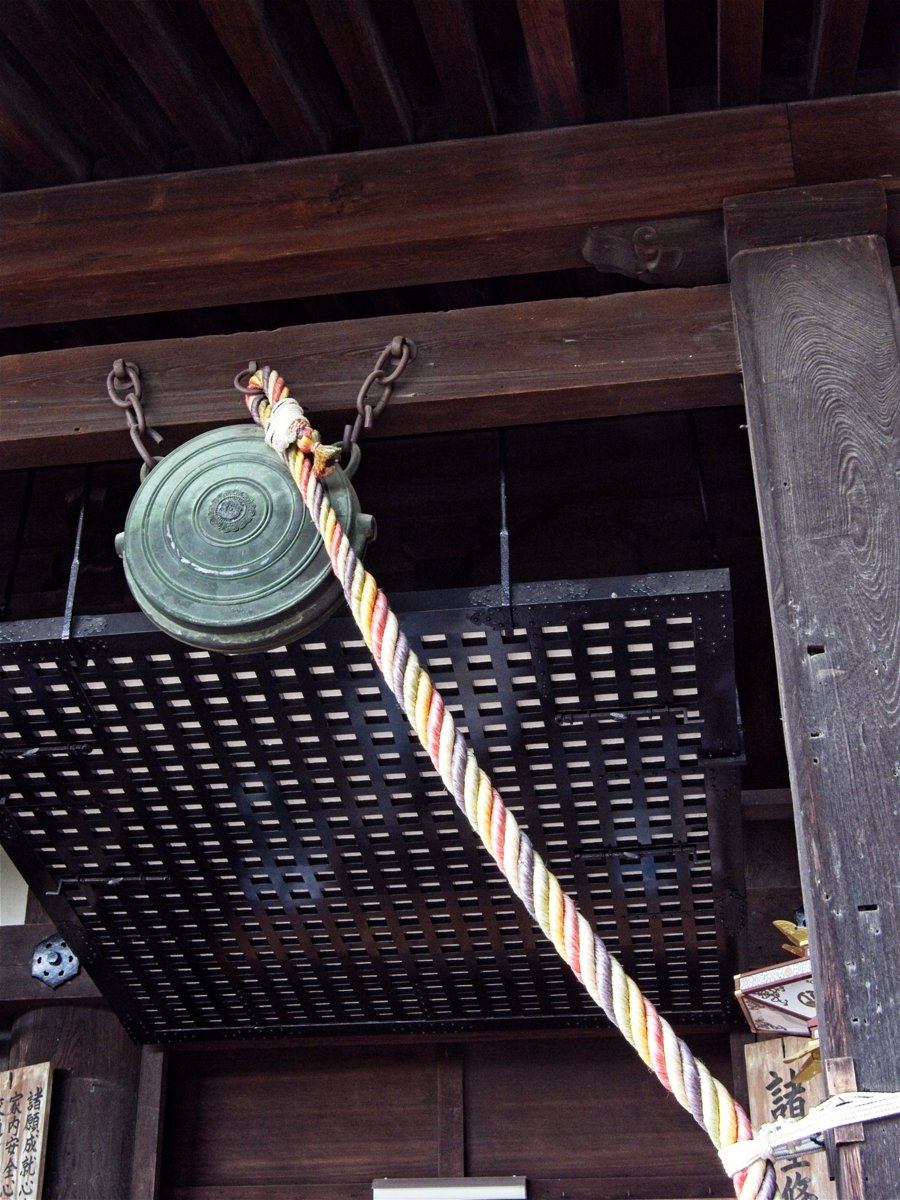
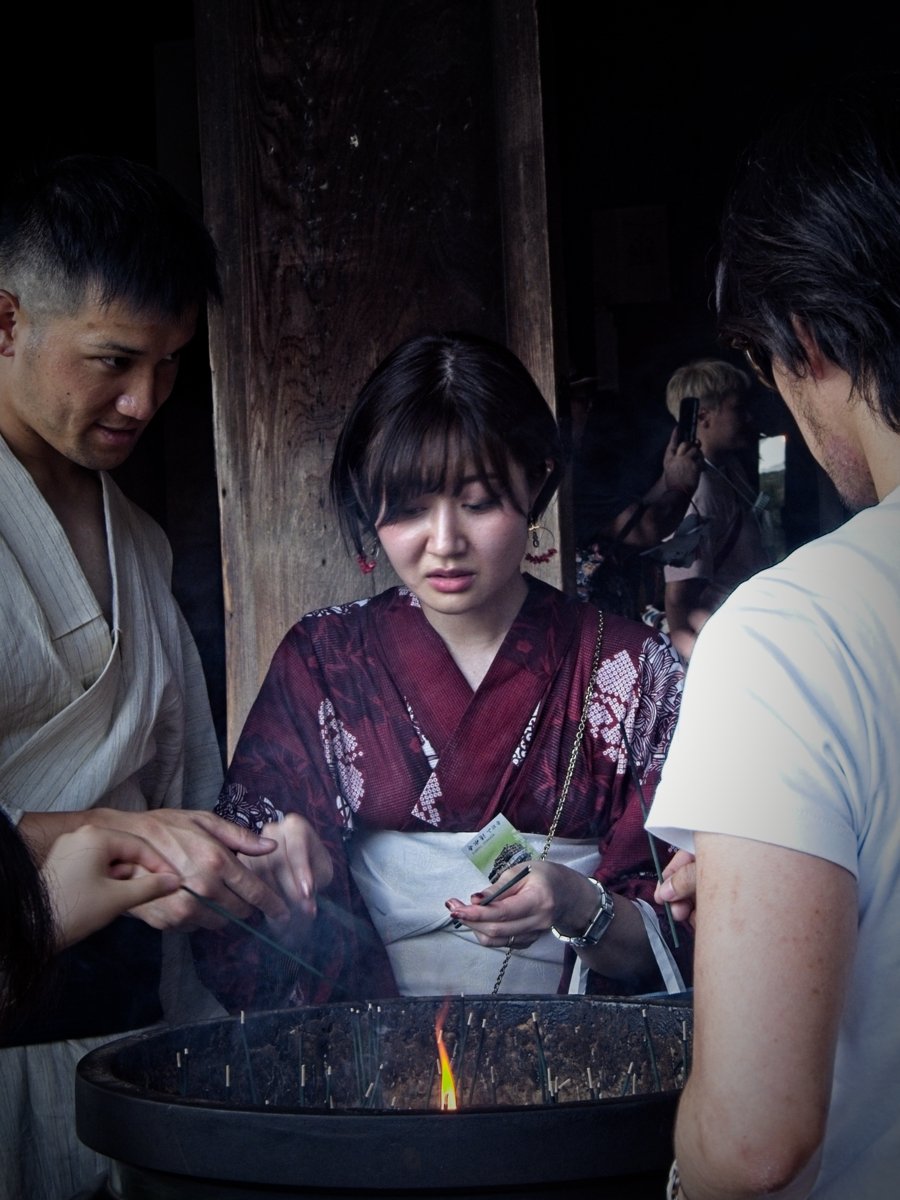
Beautiful visitor lighting incense
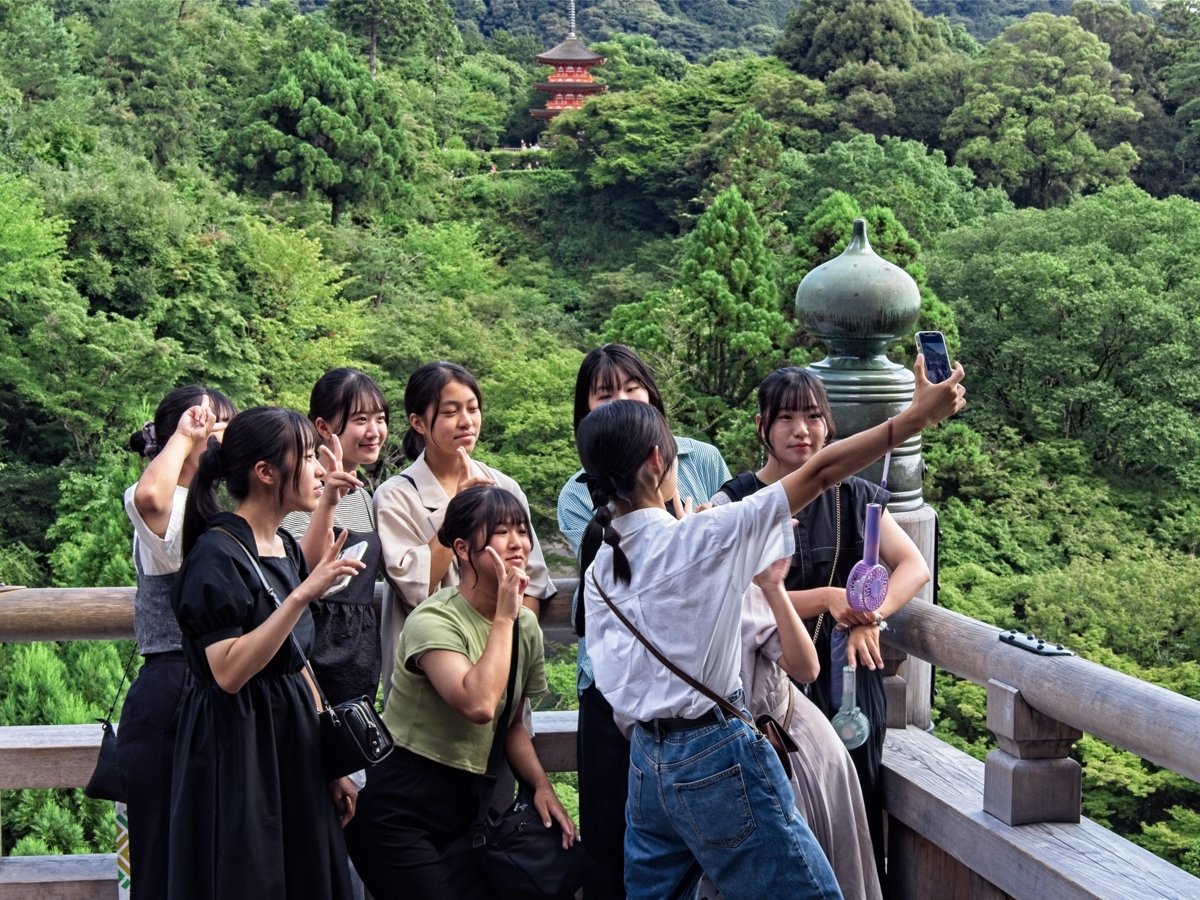
Group selfie time

Looking down from the pavilion

Pagoda in the distance
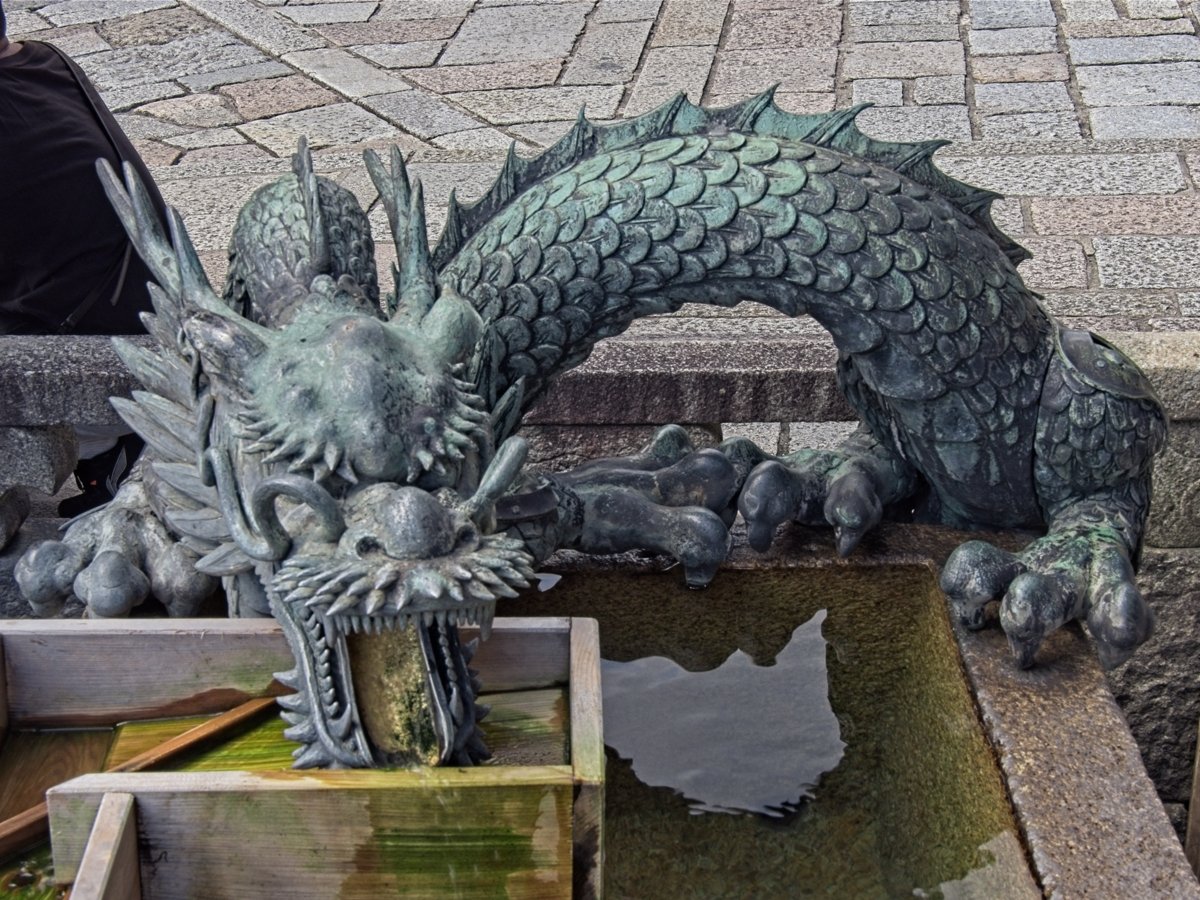
Dragon guarding a water pool





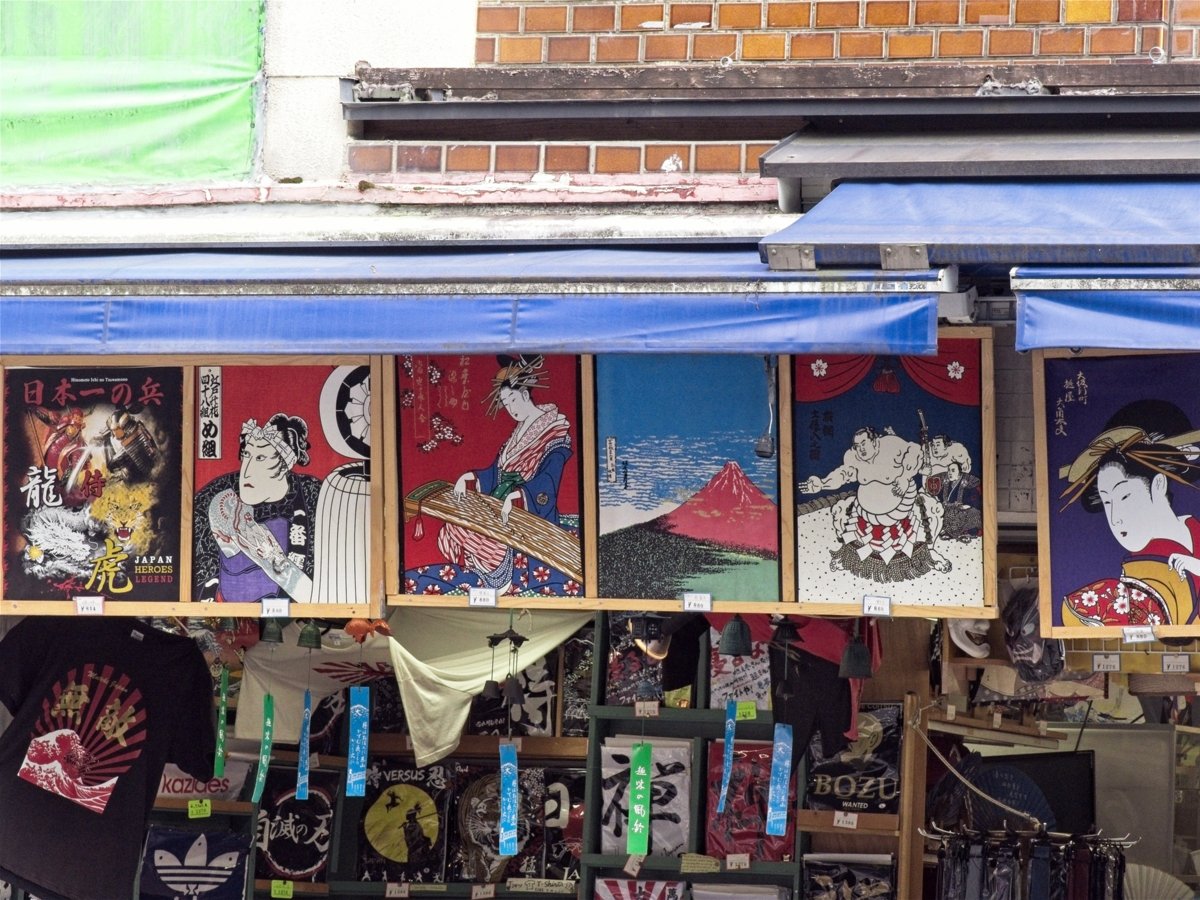

I spilled water on my skirt!
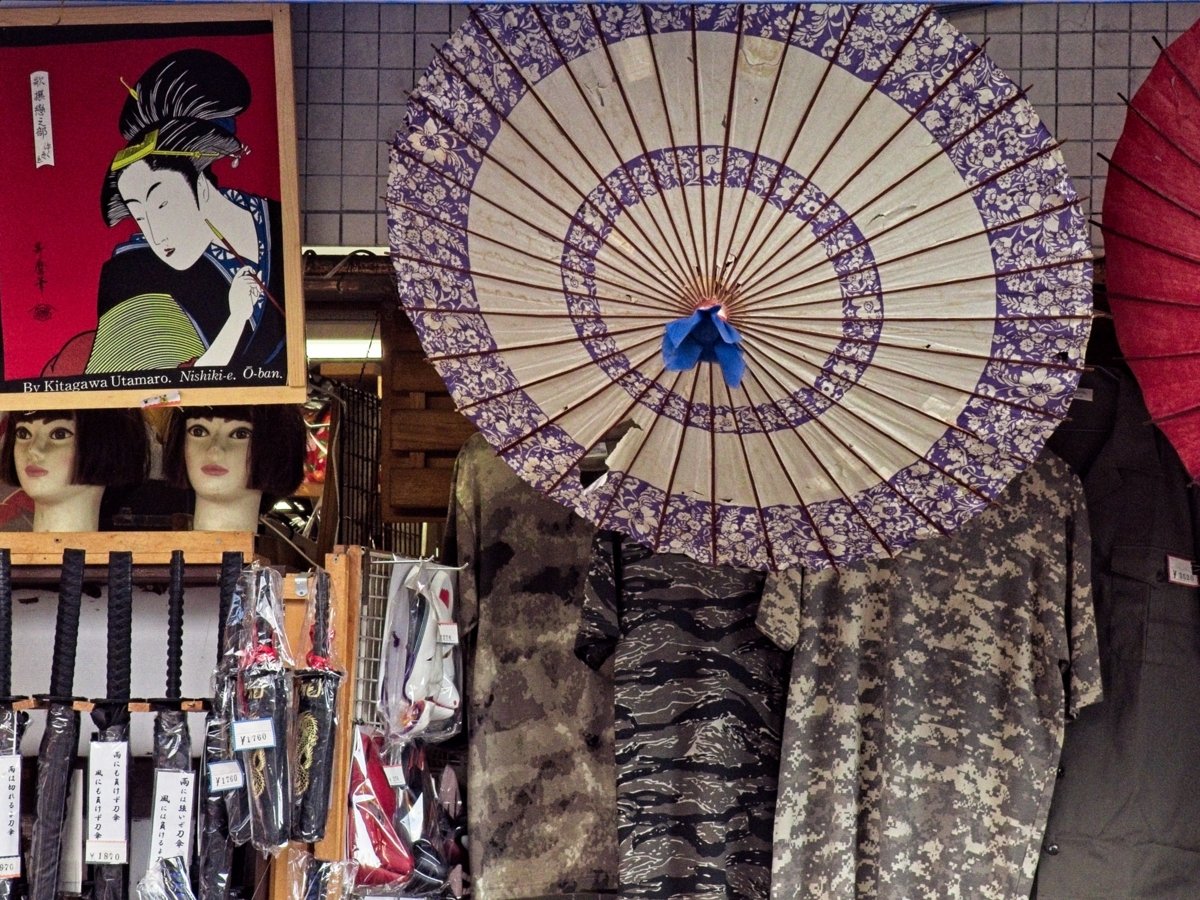

Monk waiting for a bus
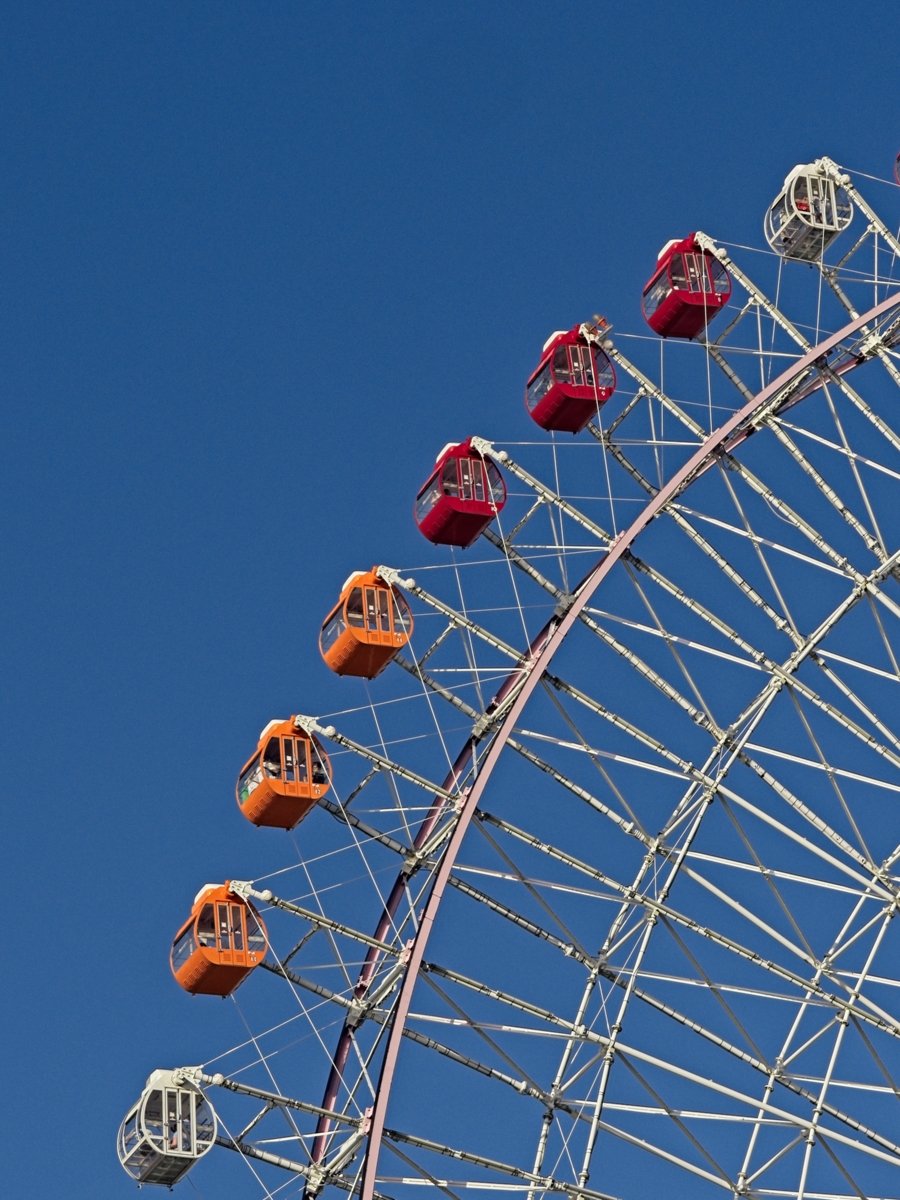
The ferris wheel in full sunlight
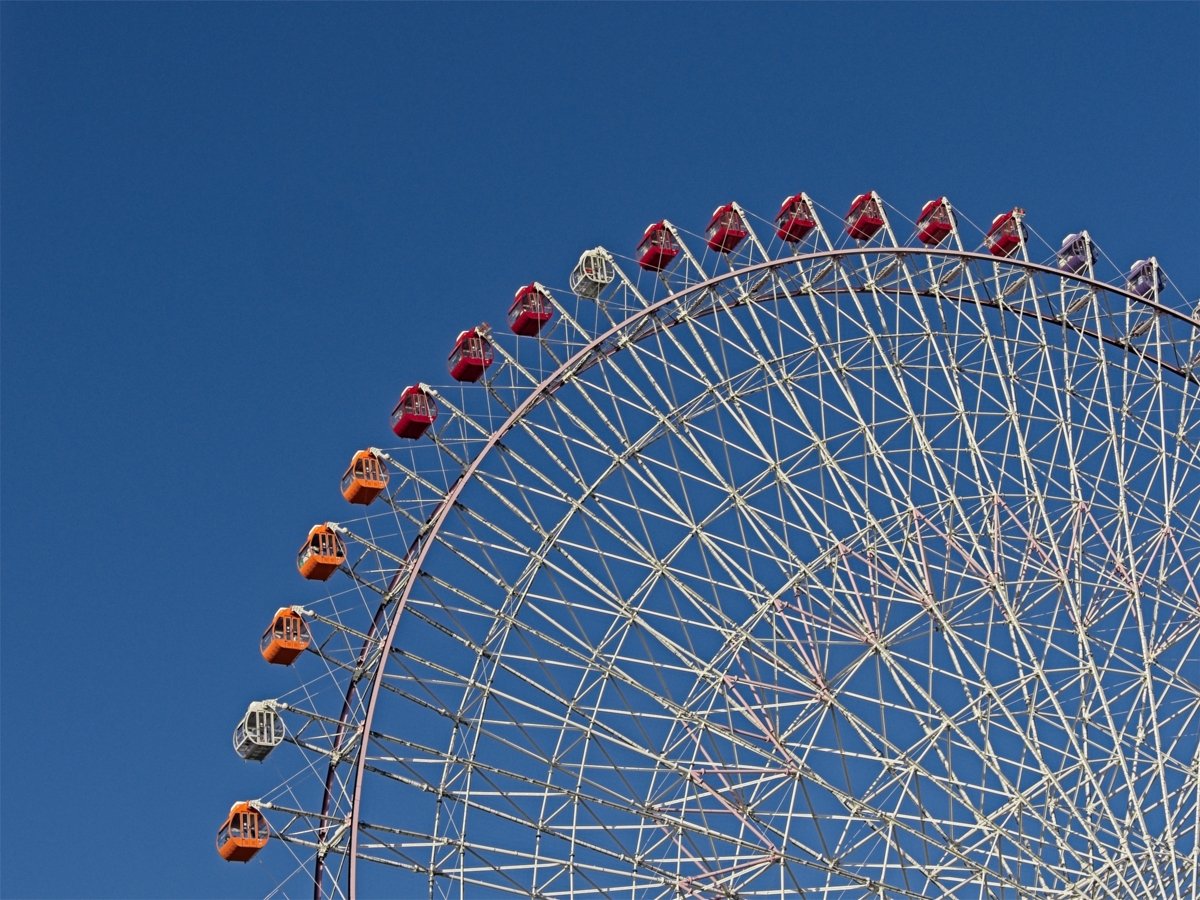


A passing tourist boat

